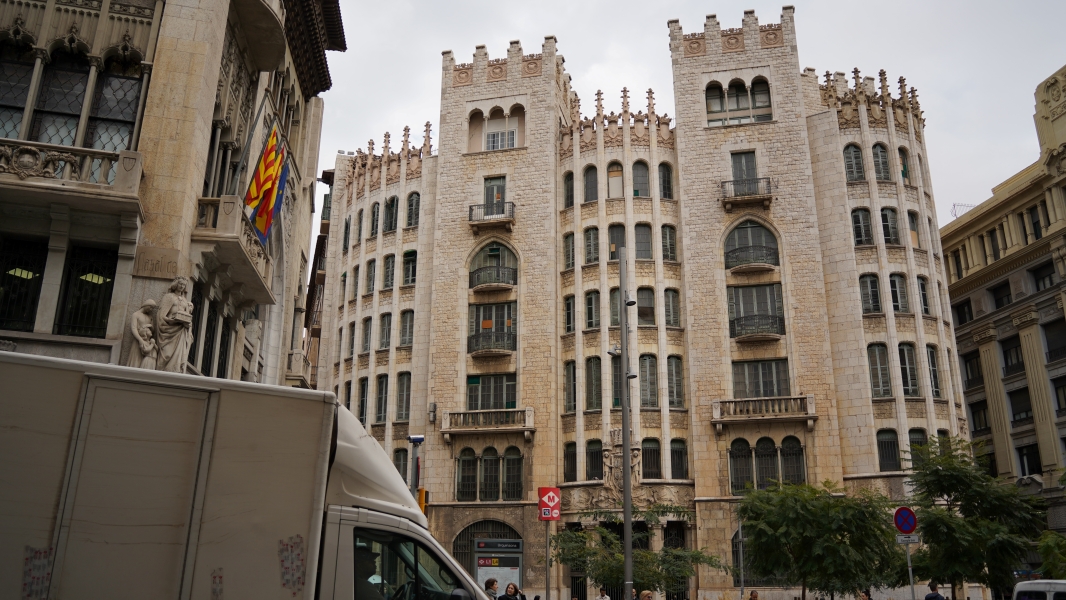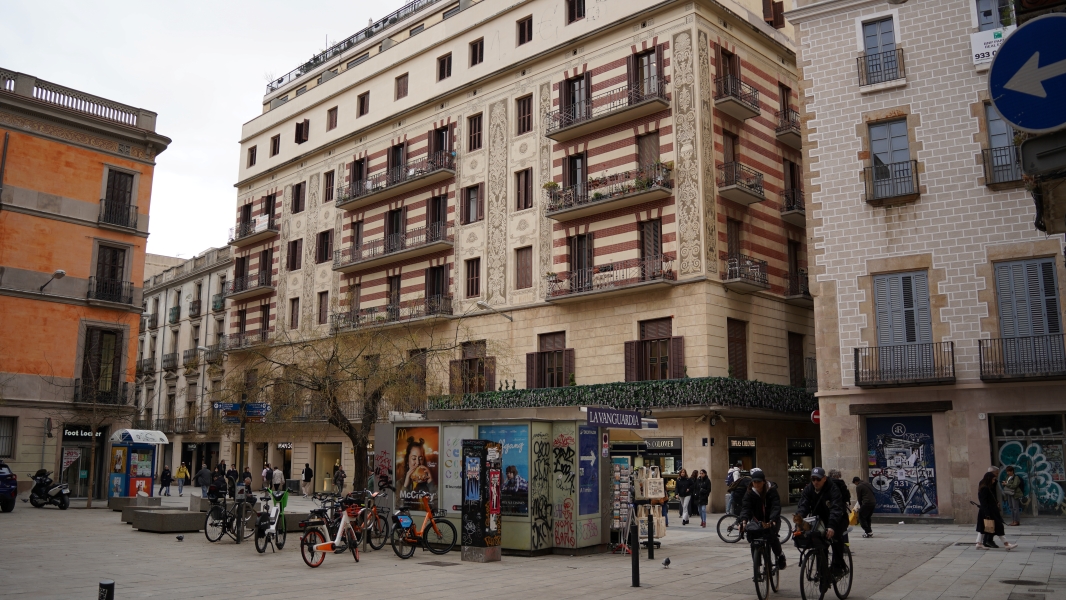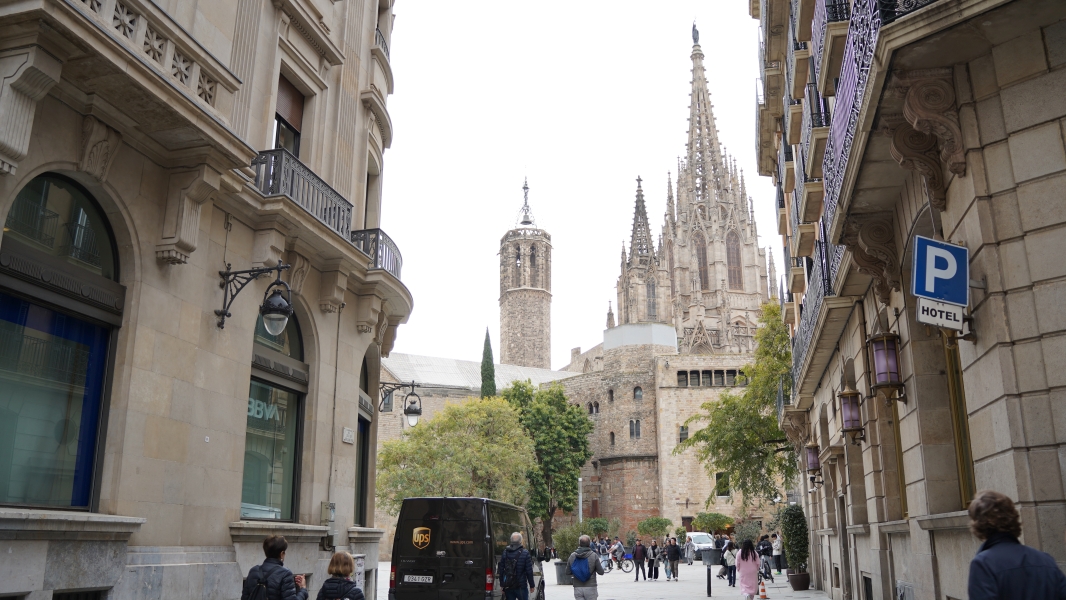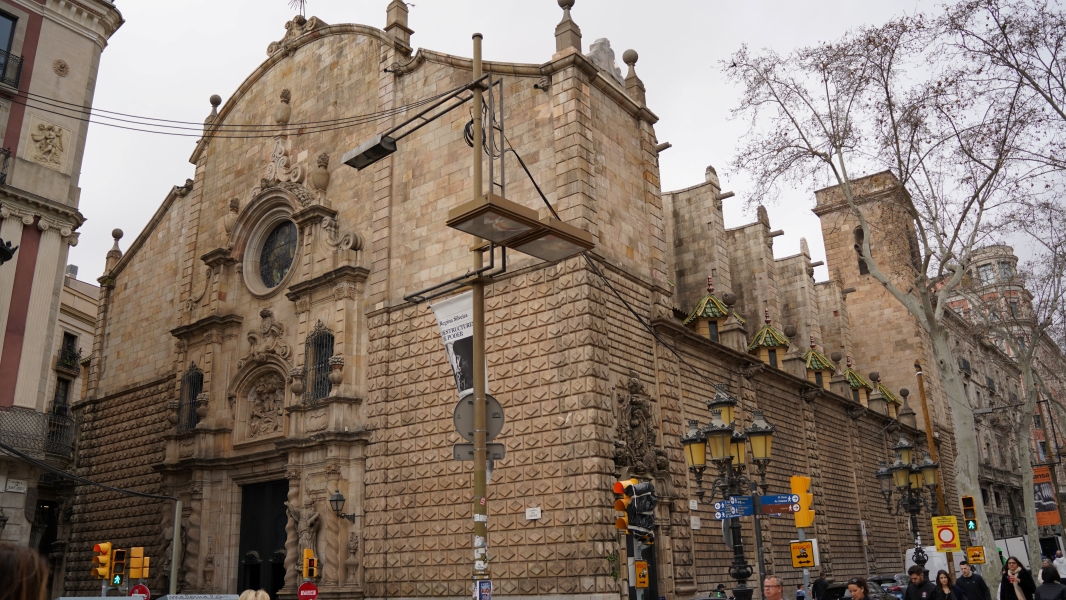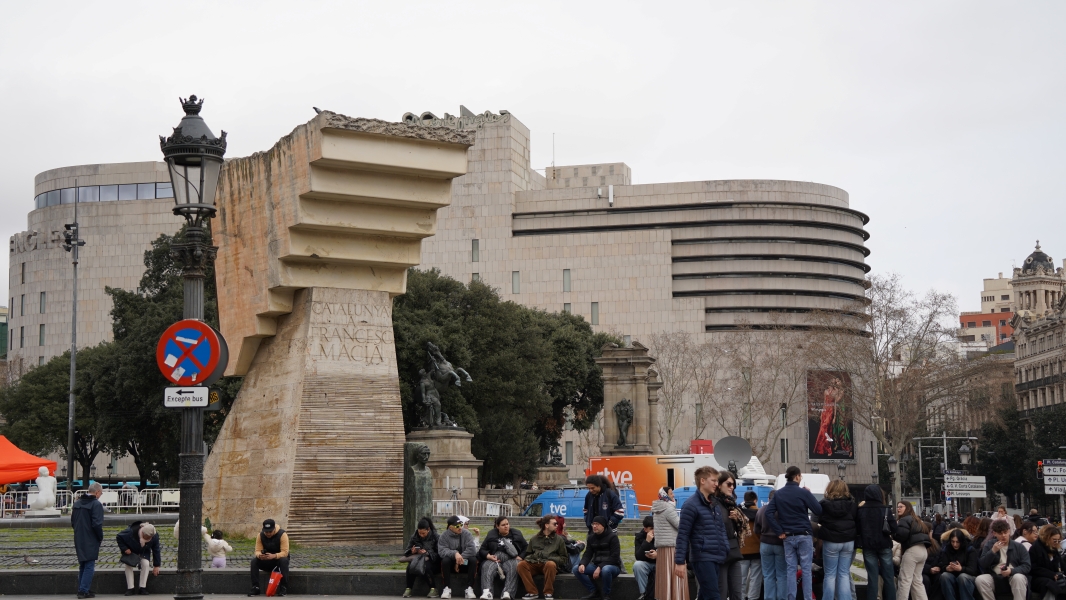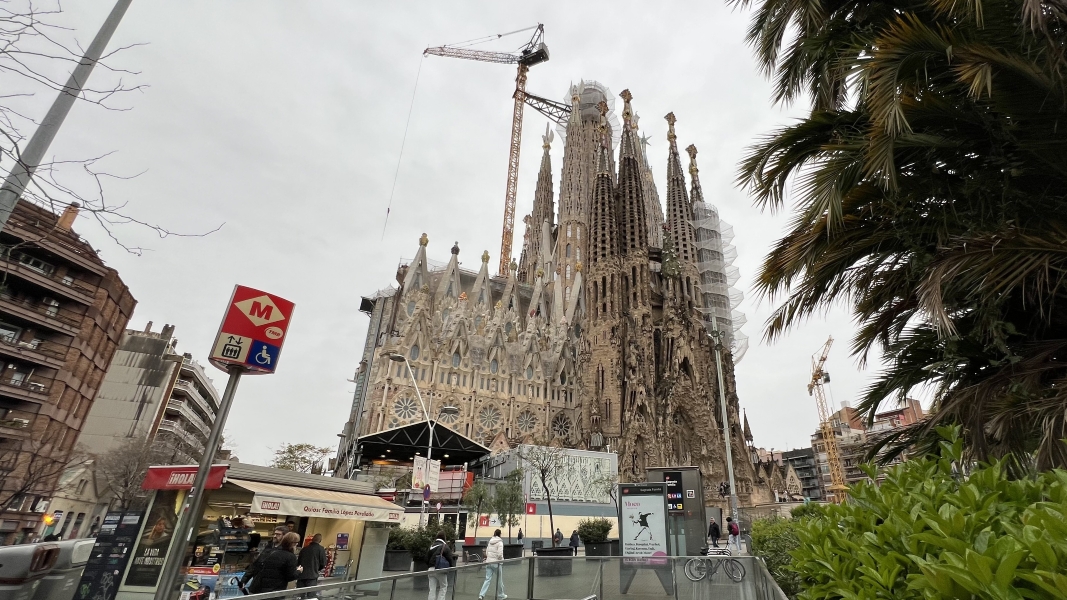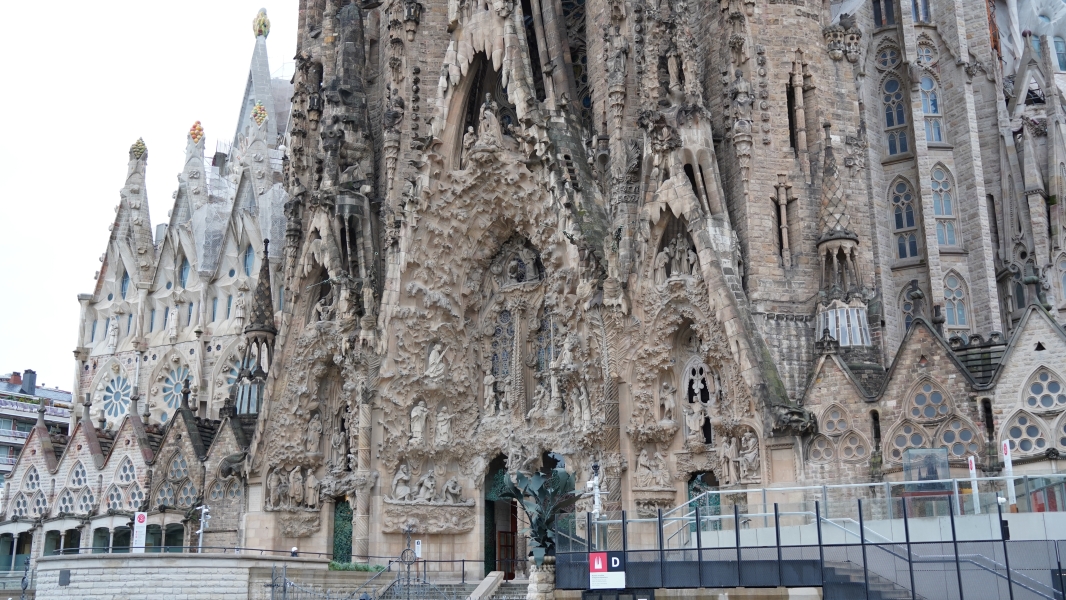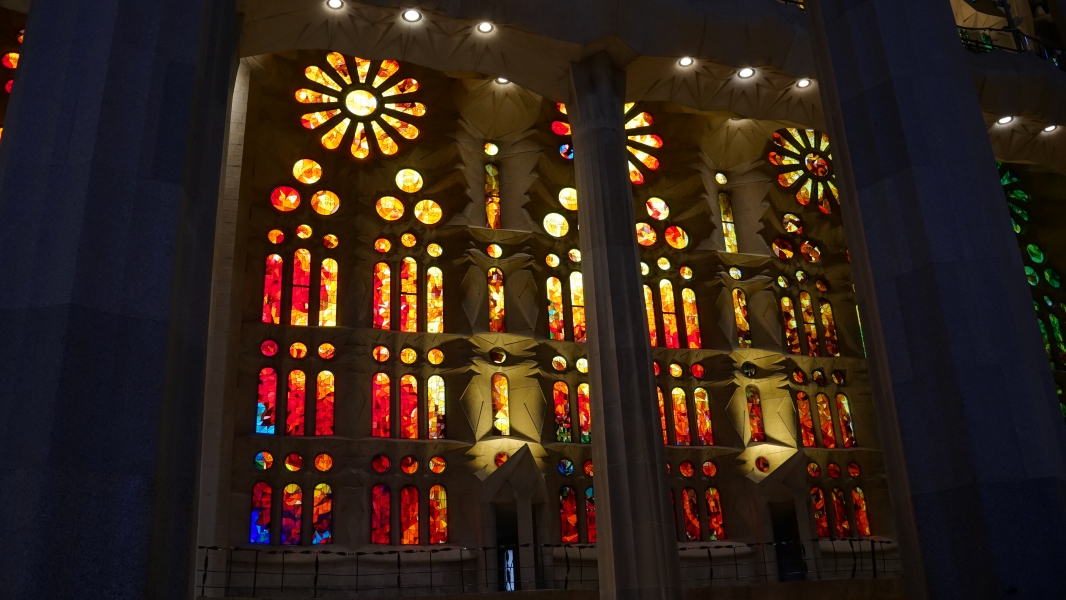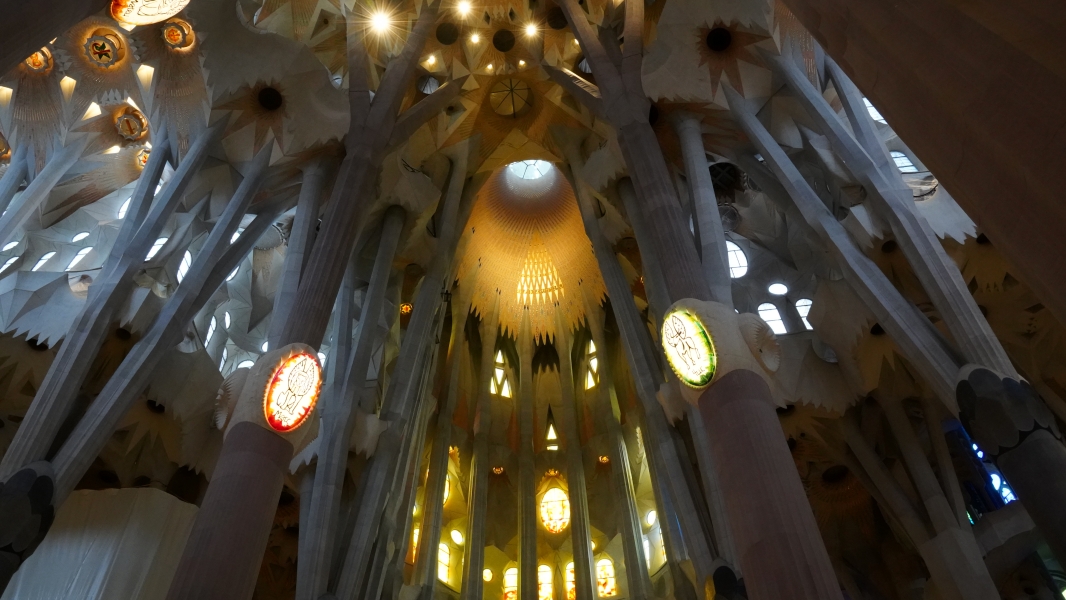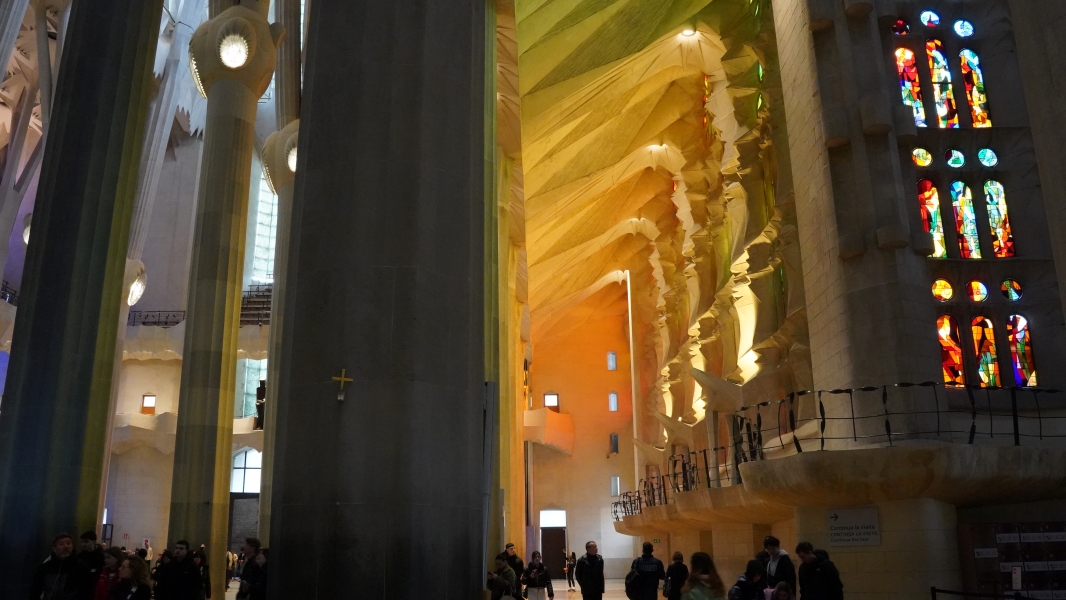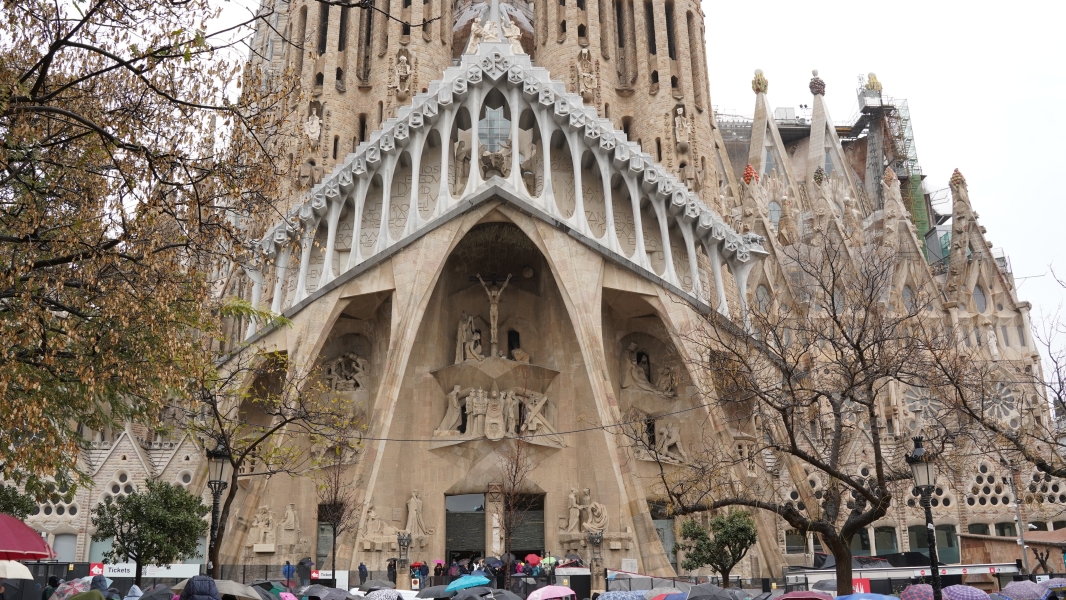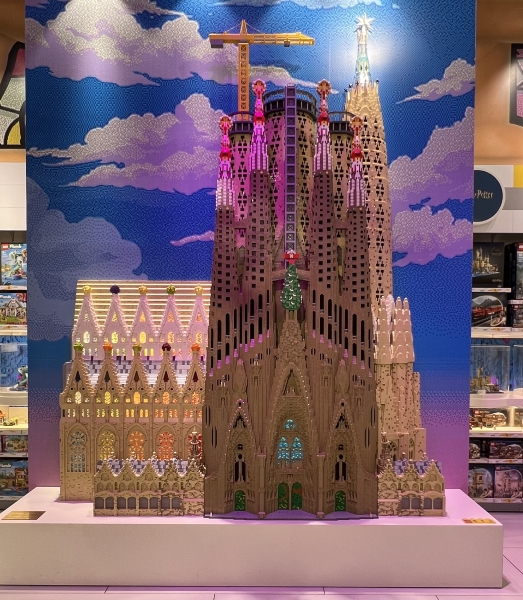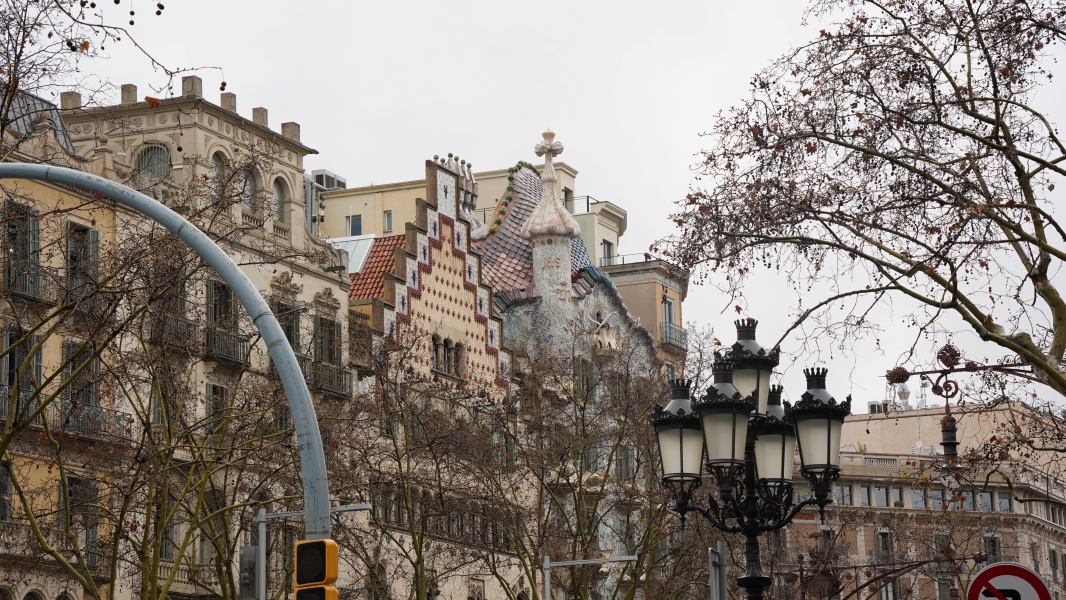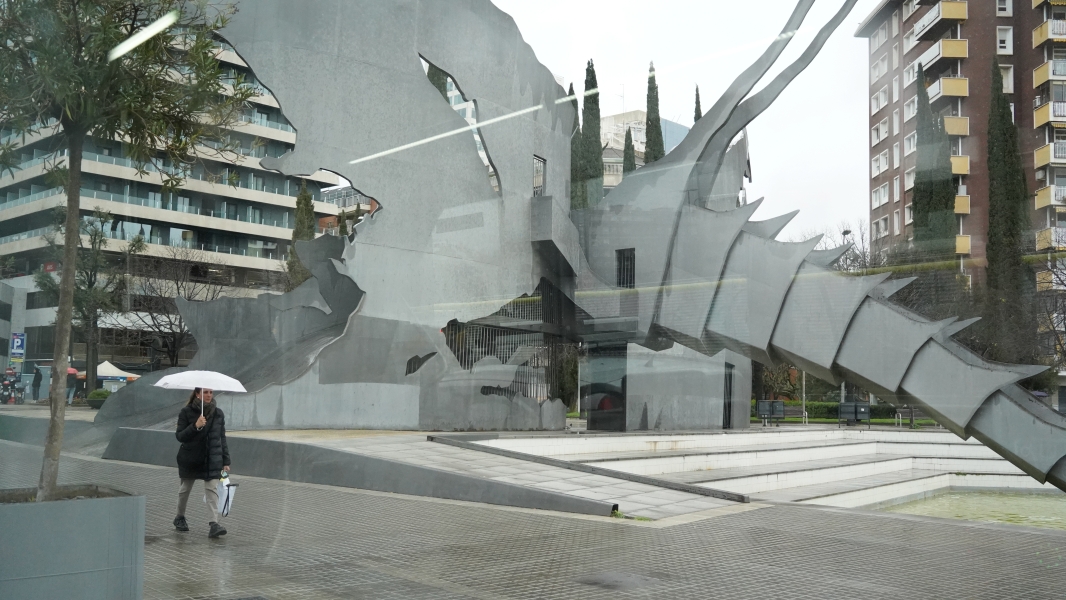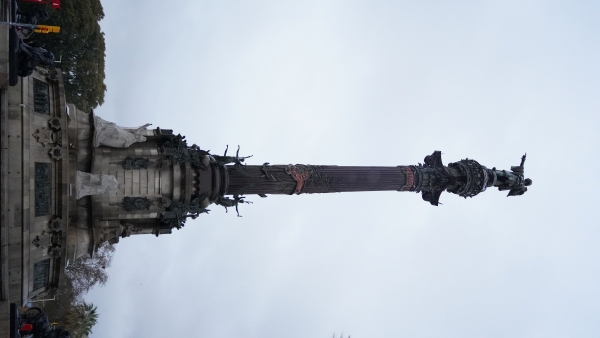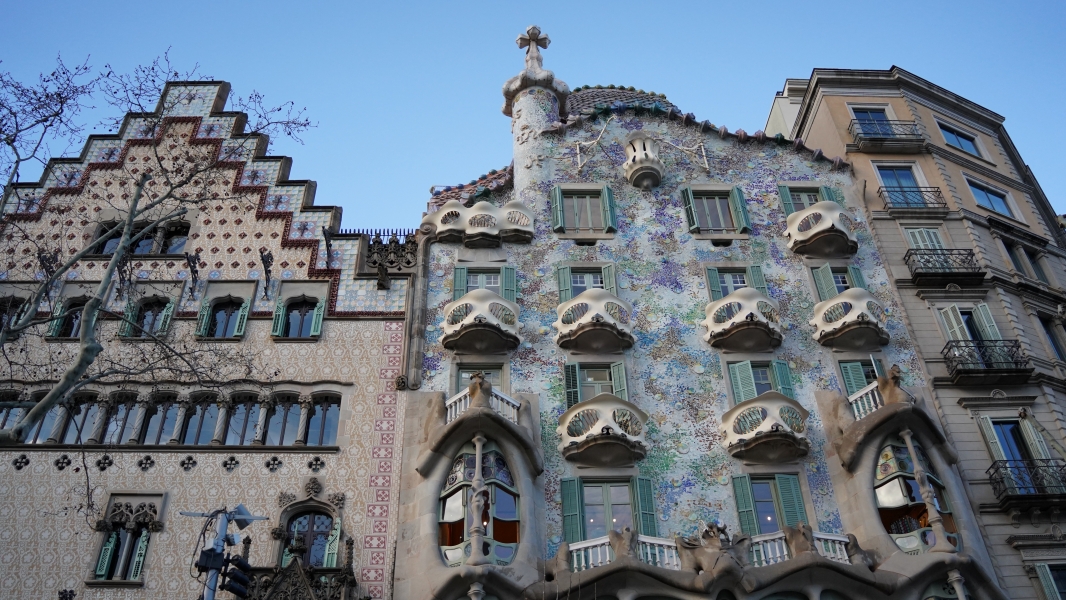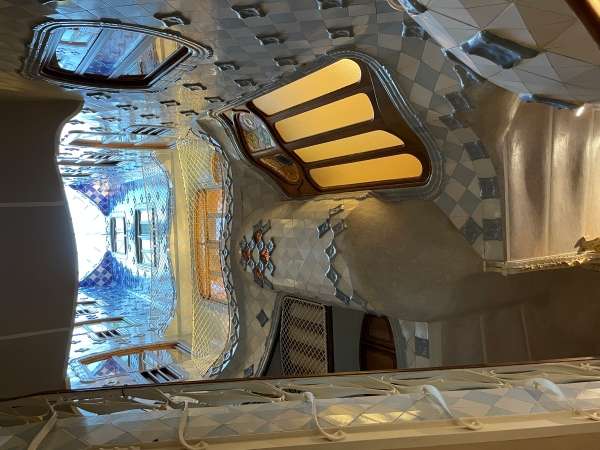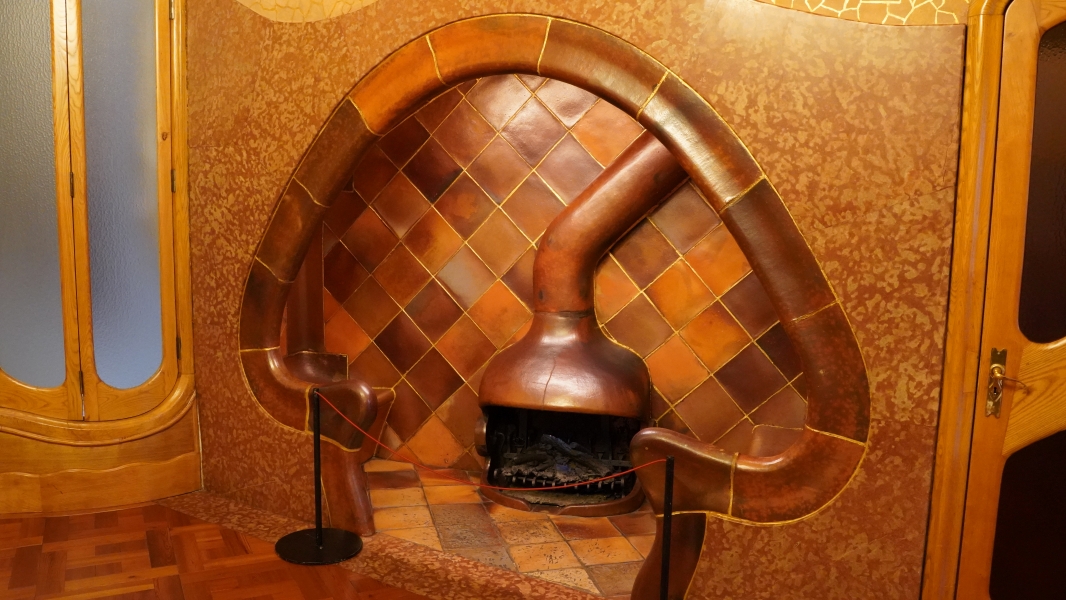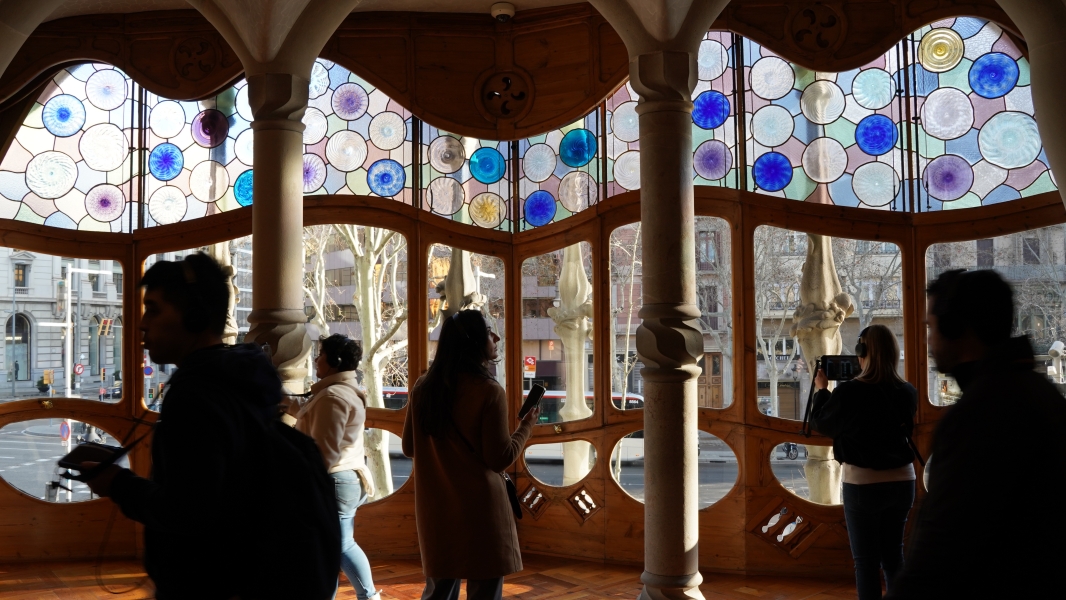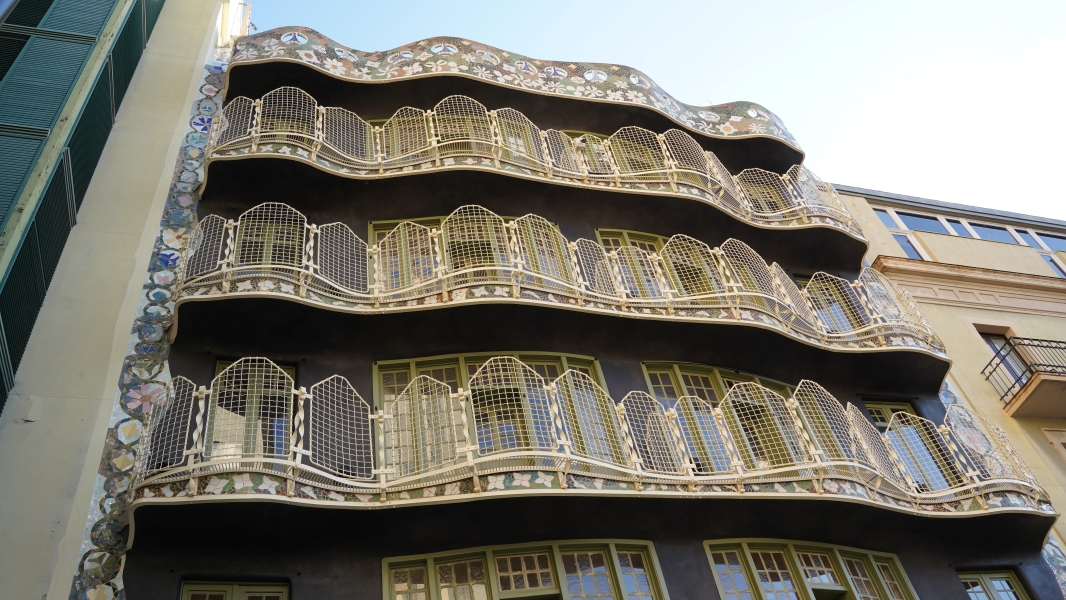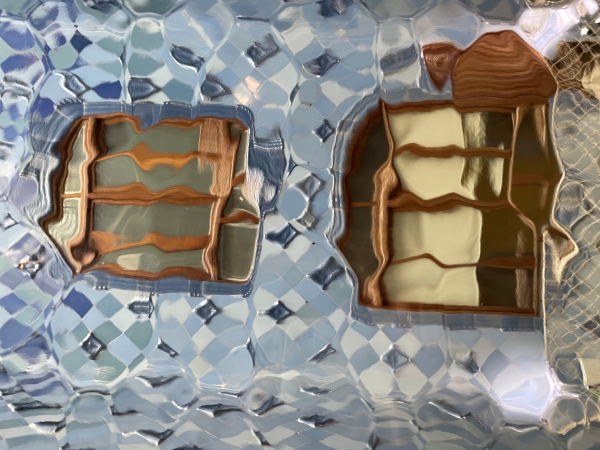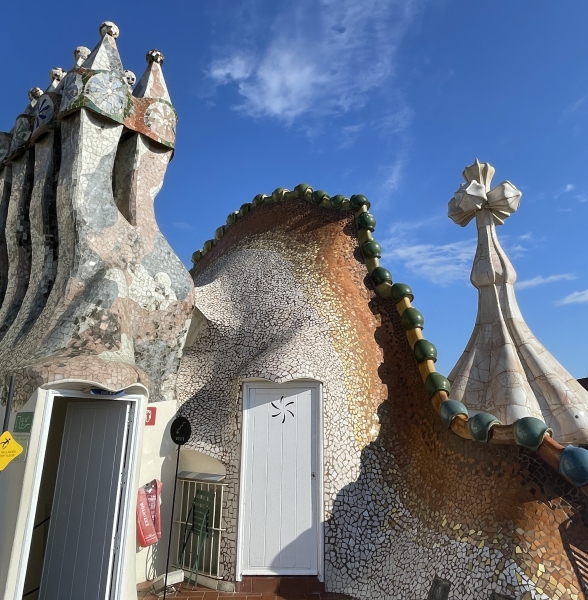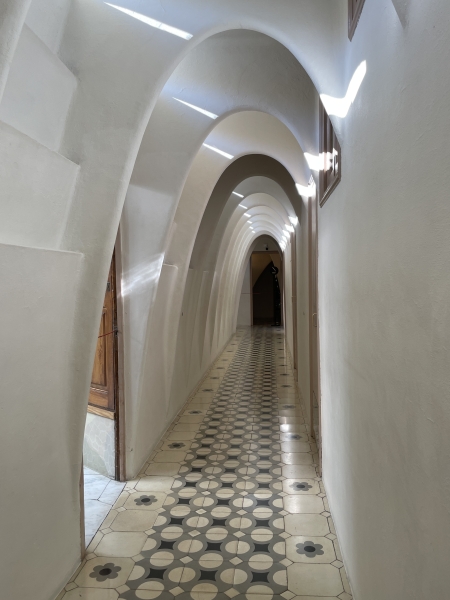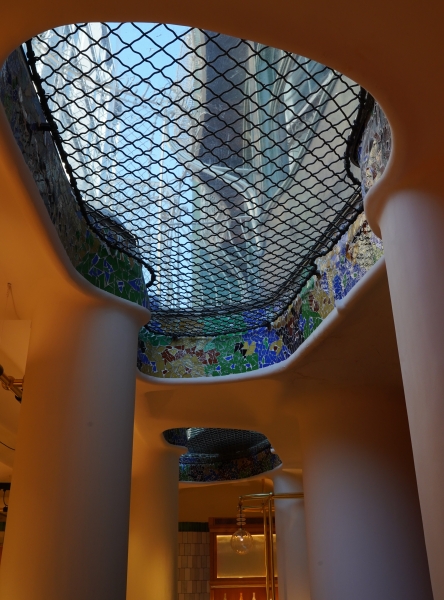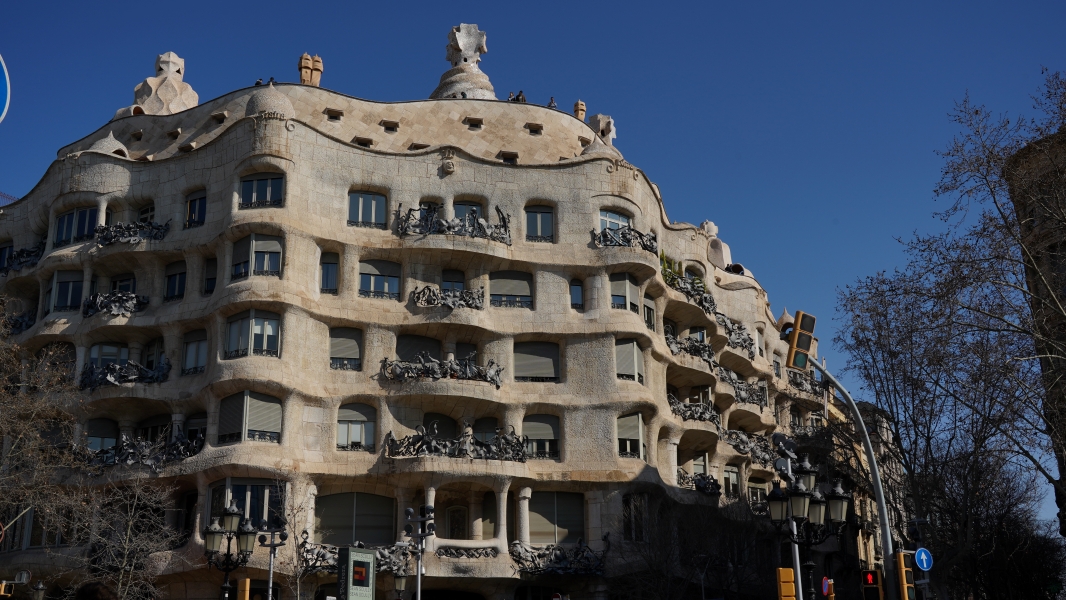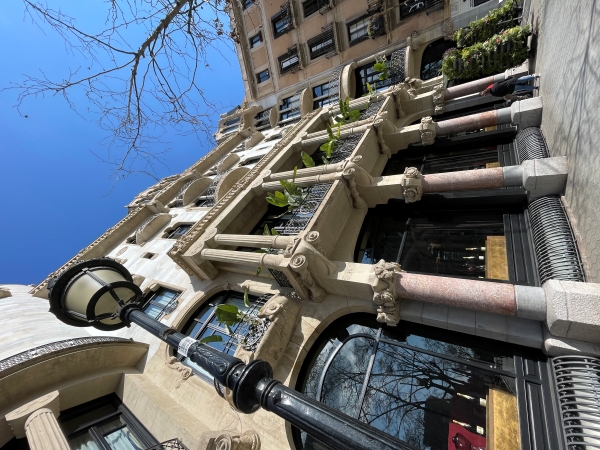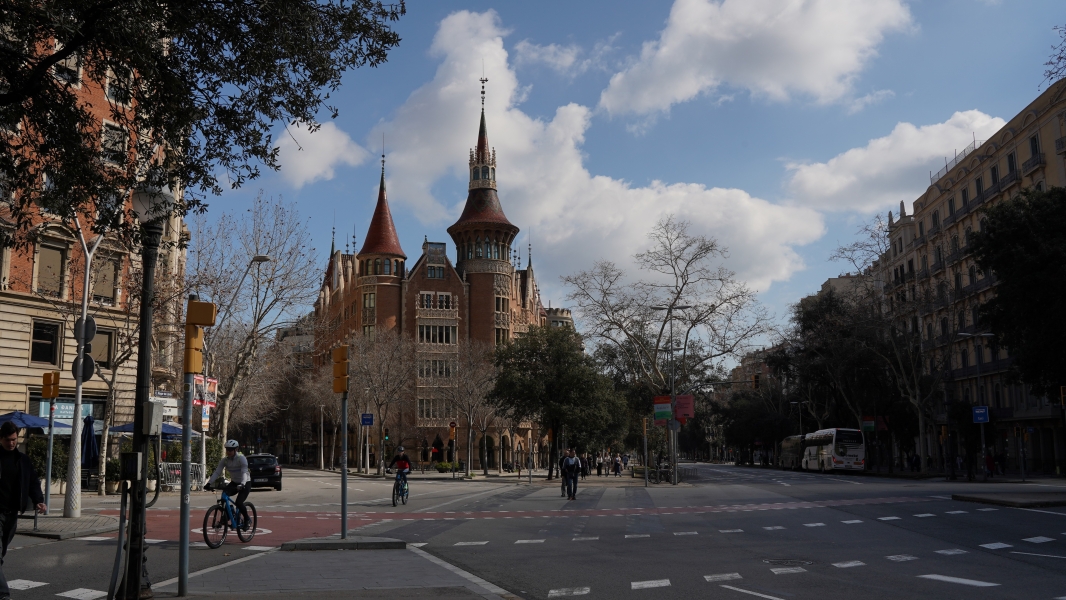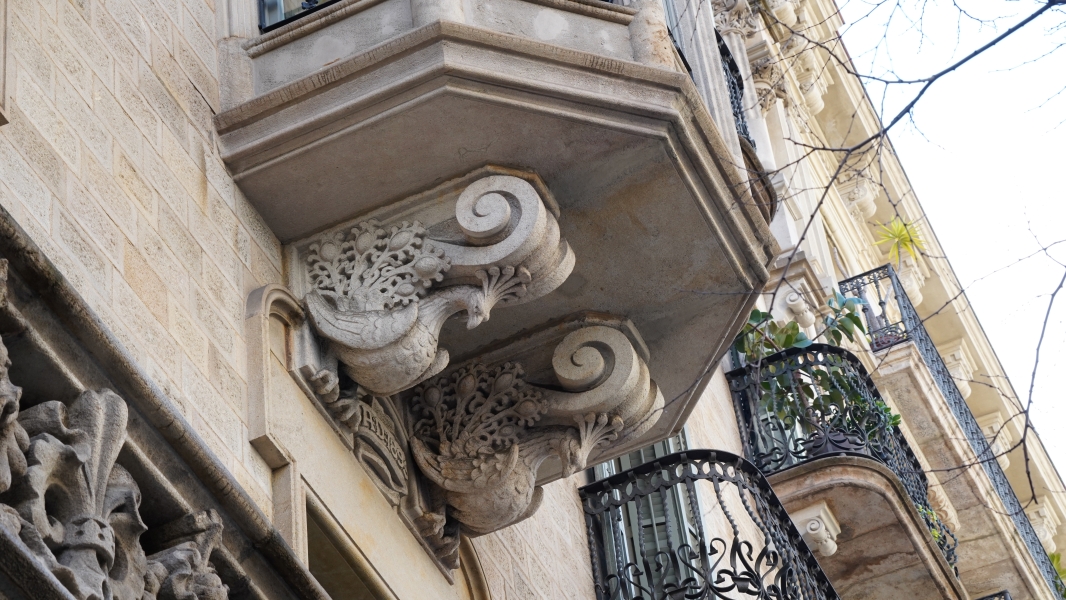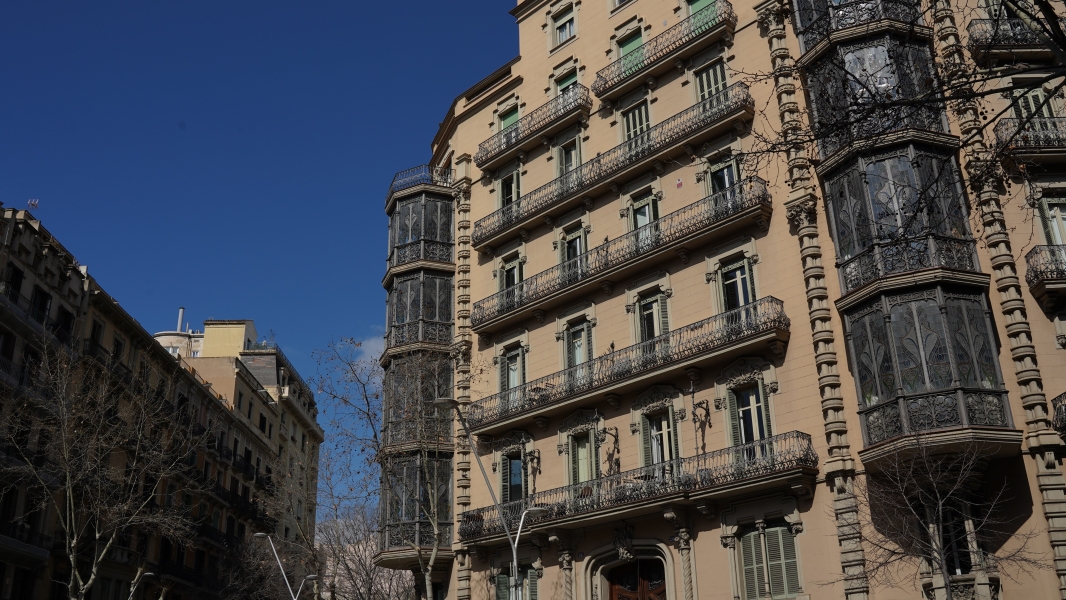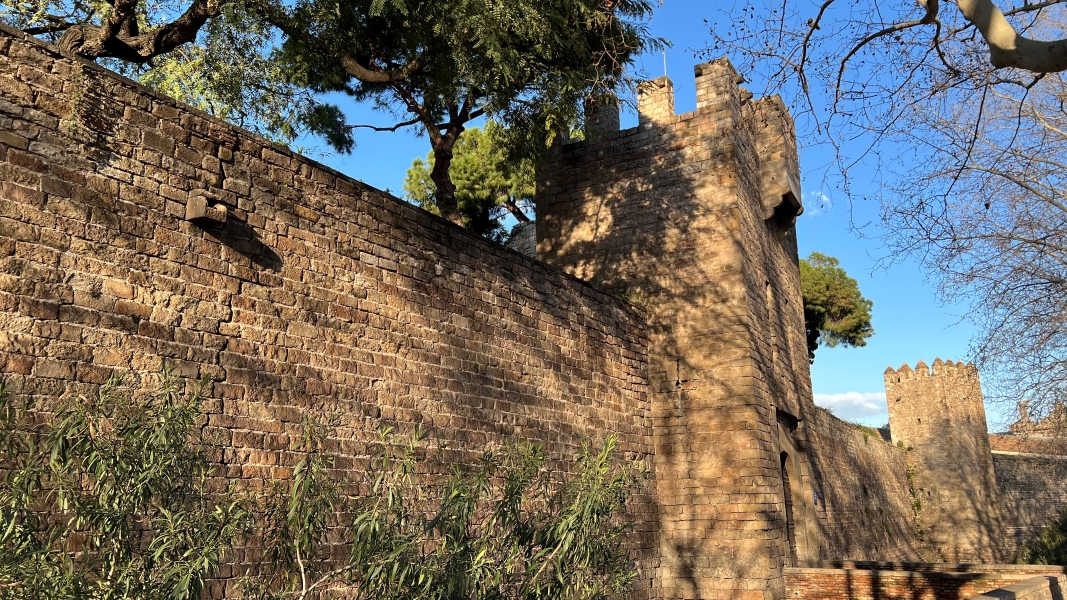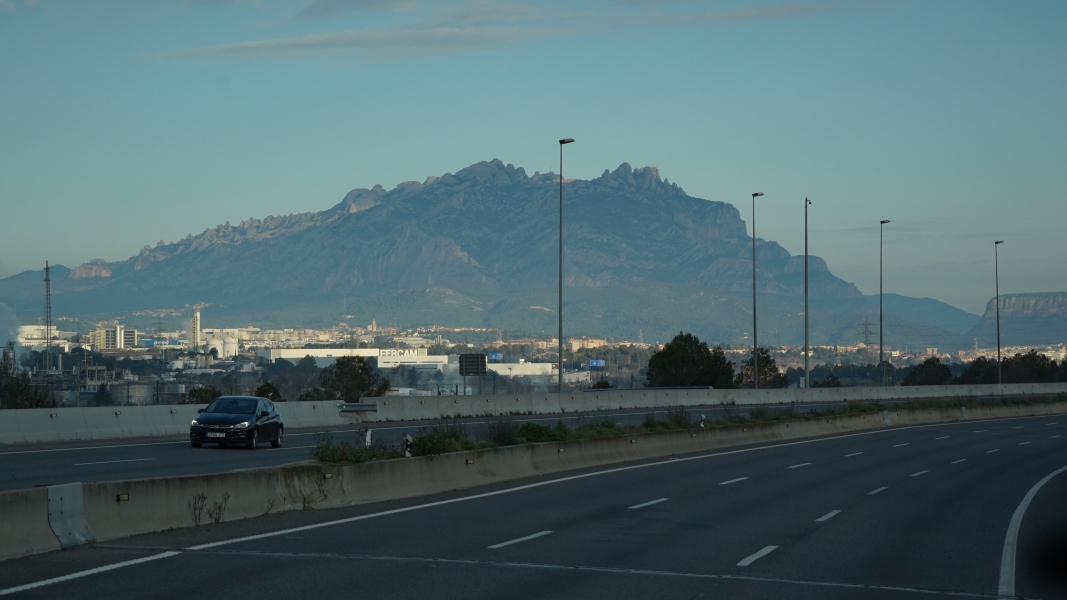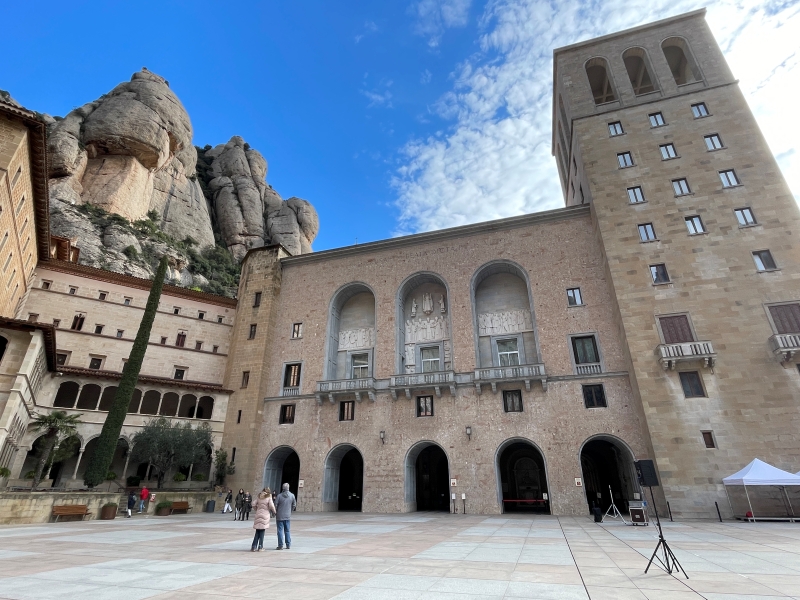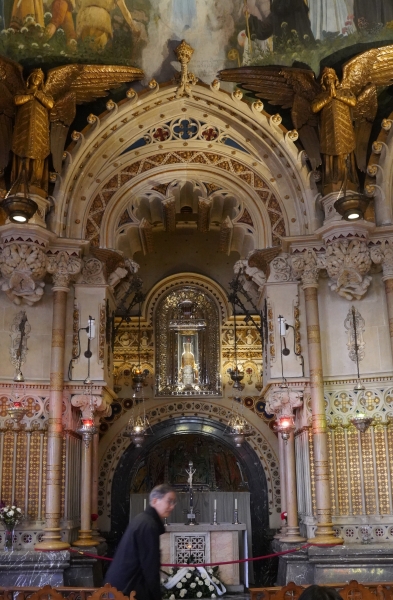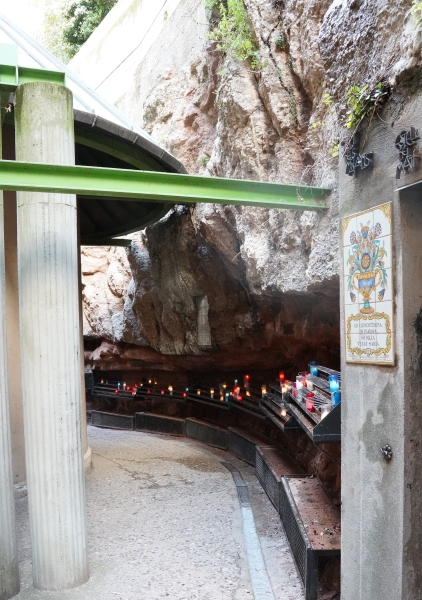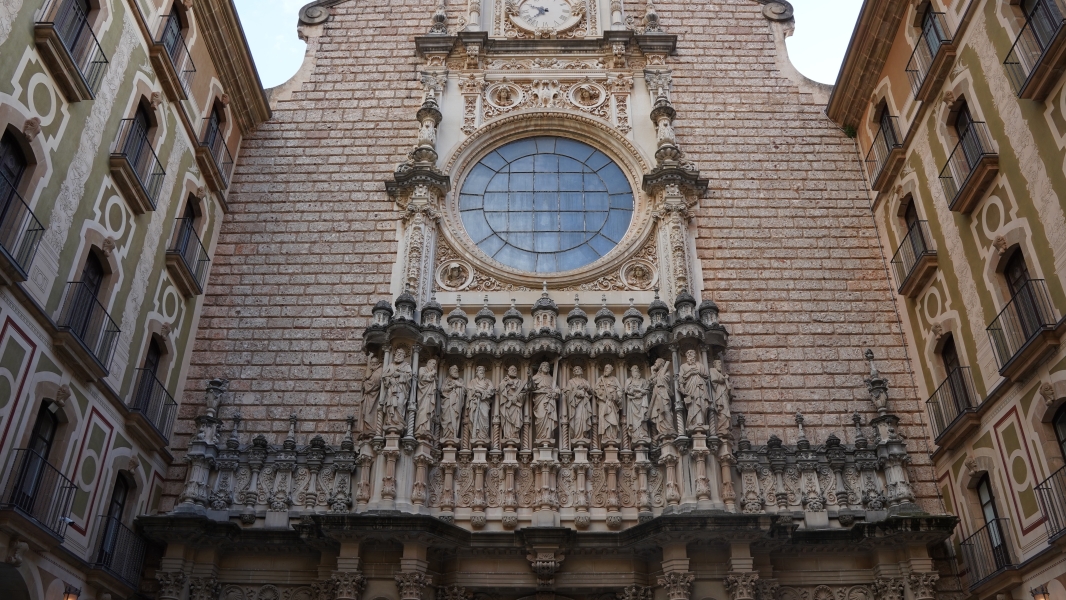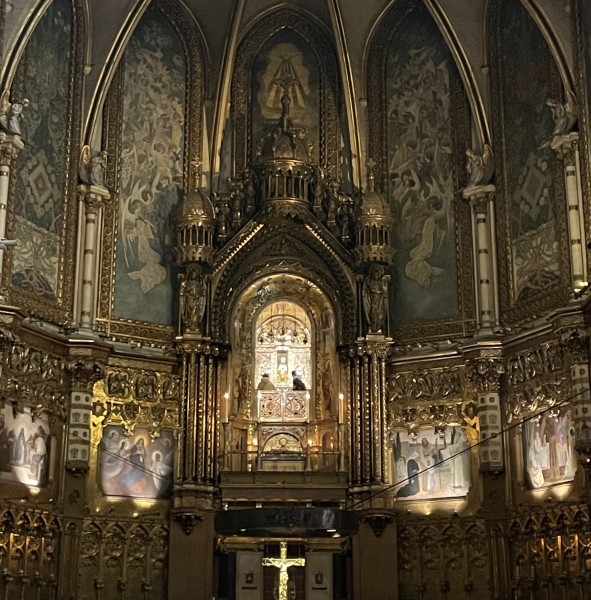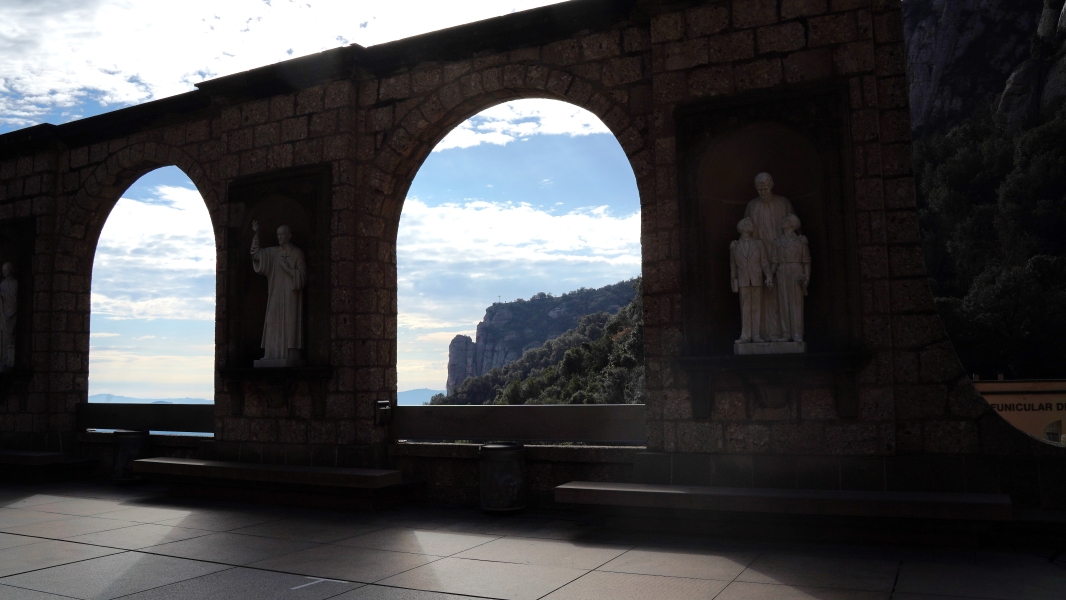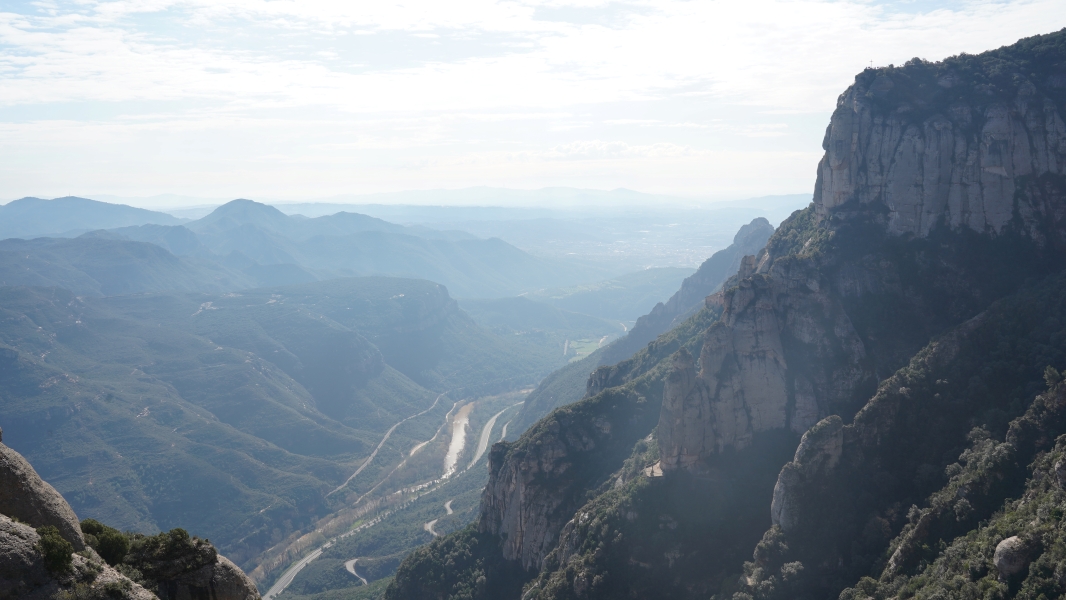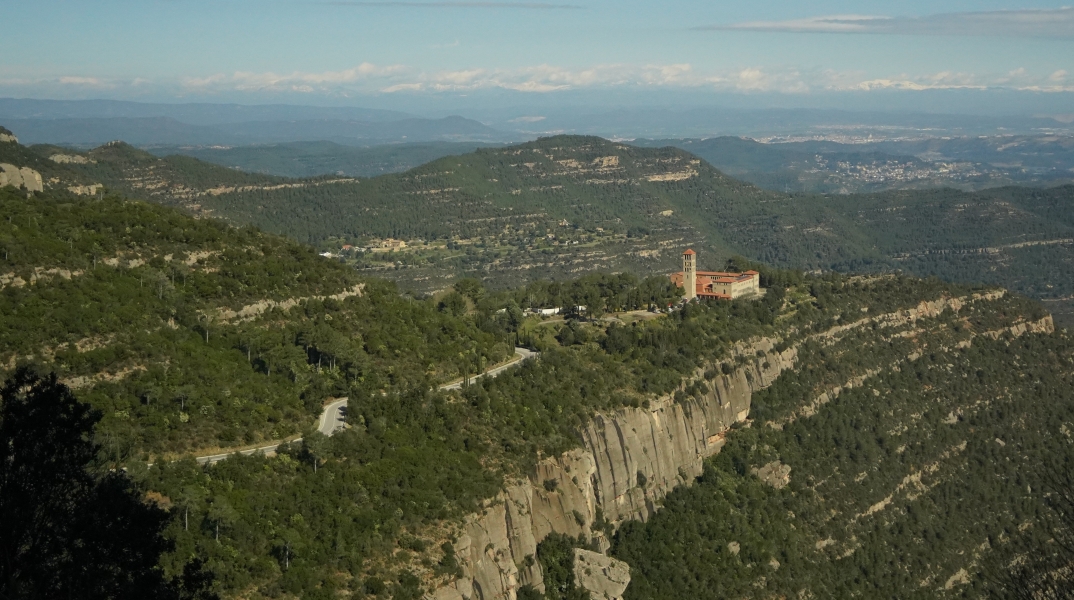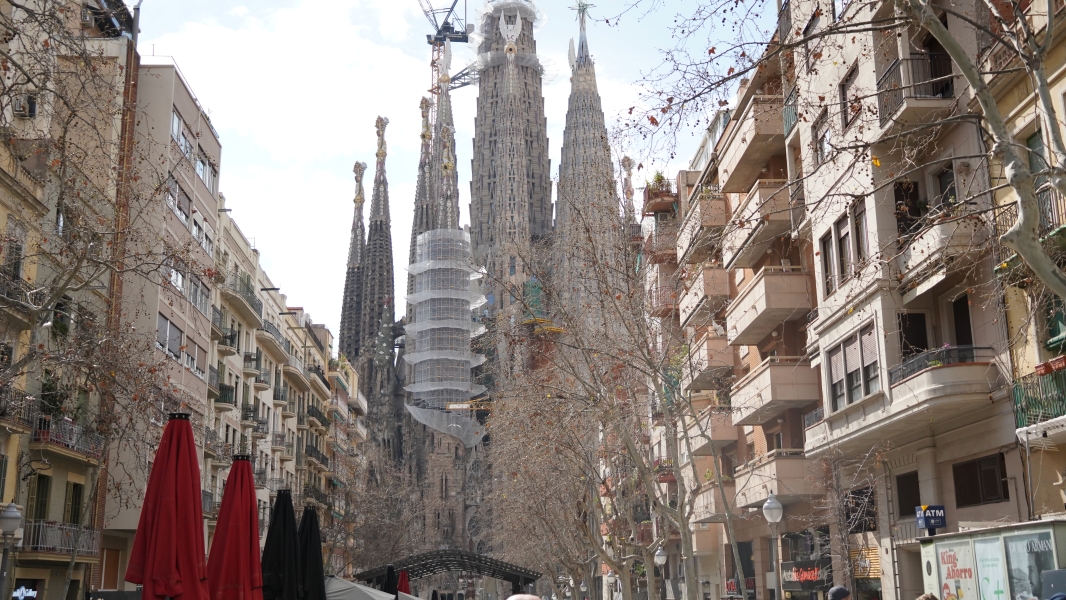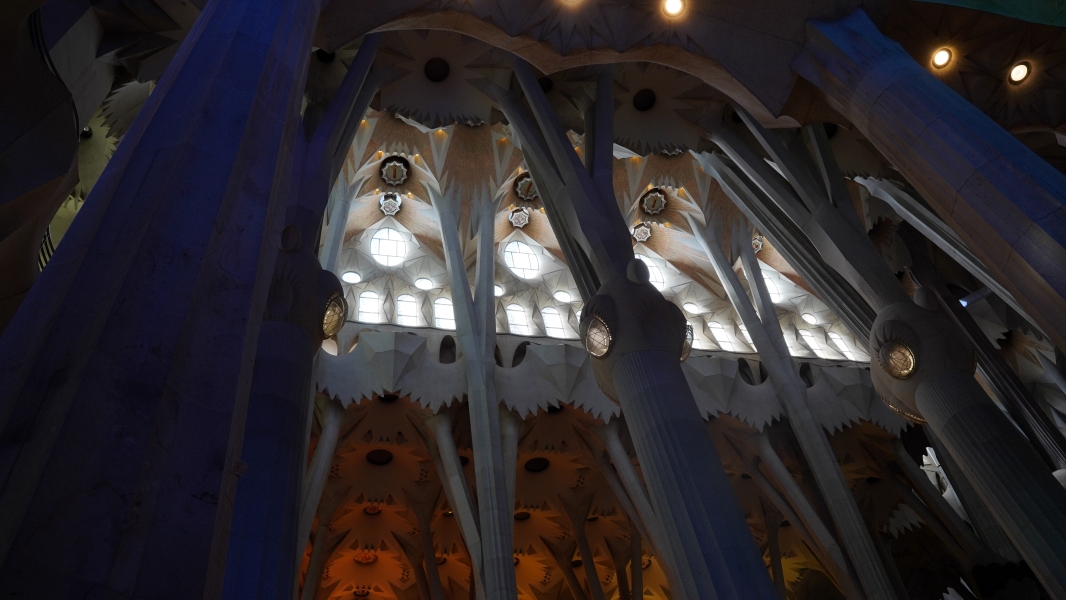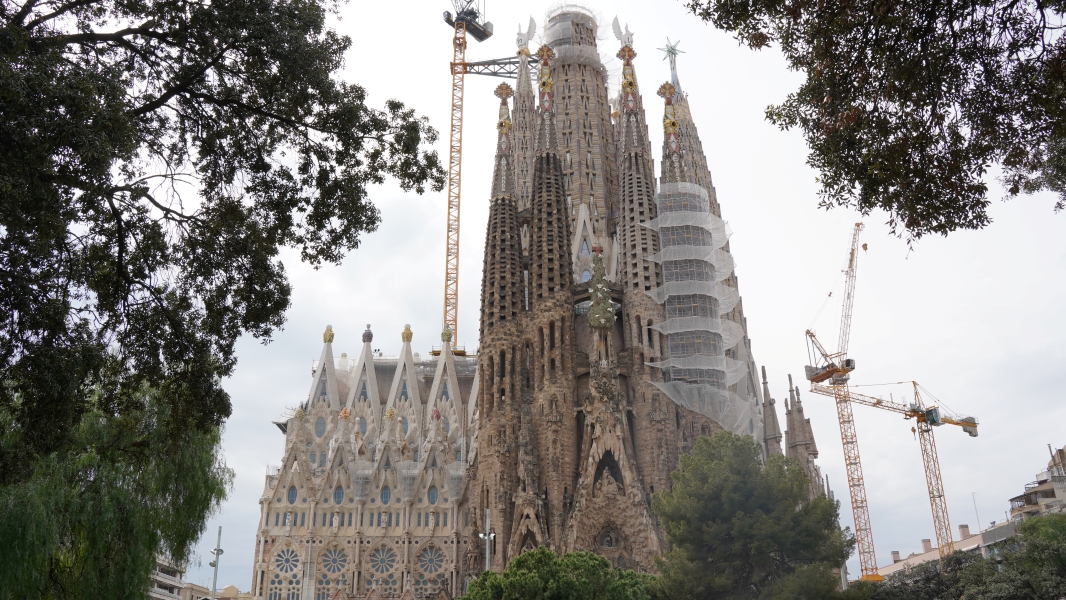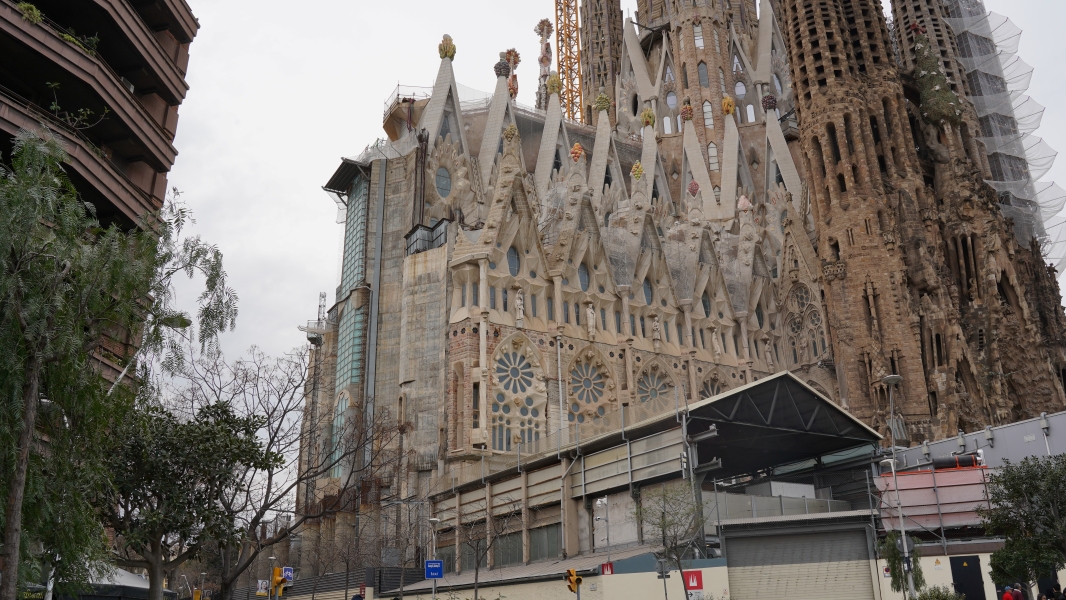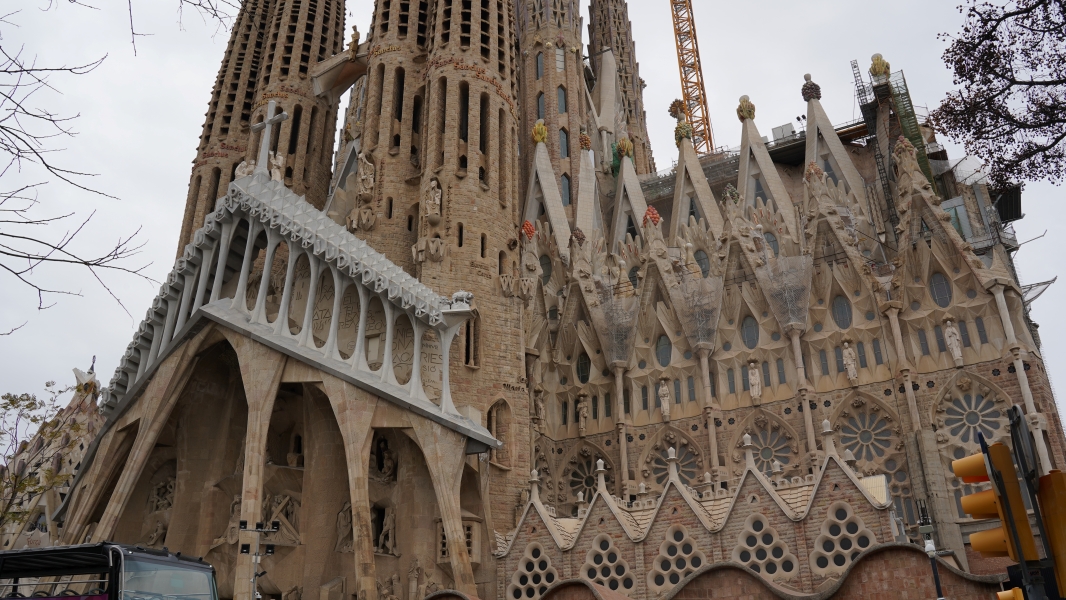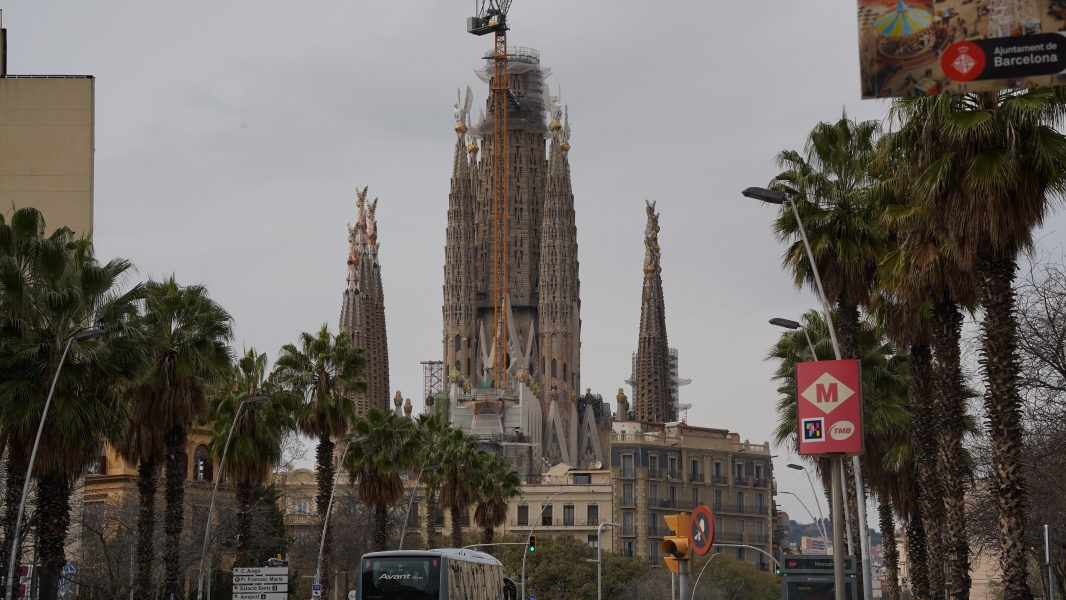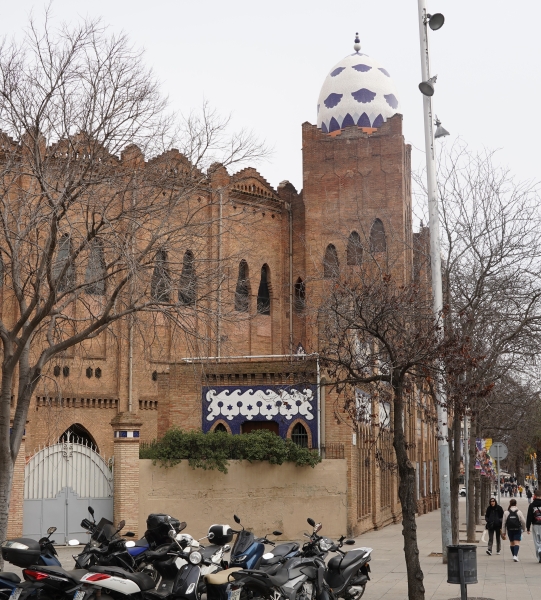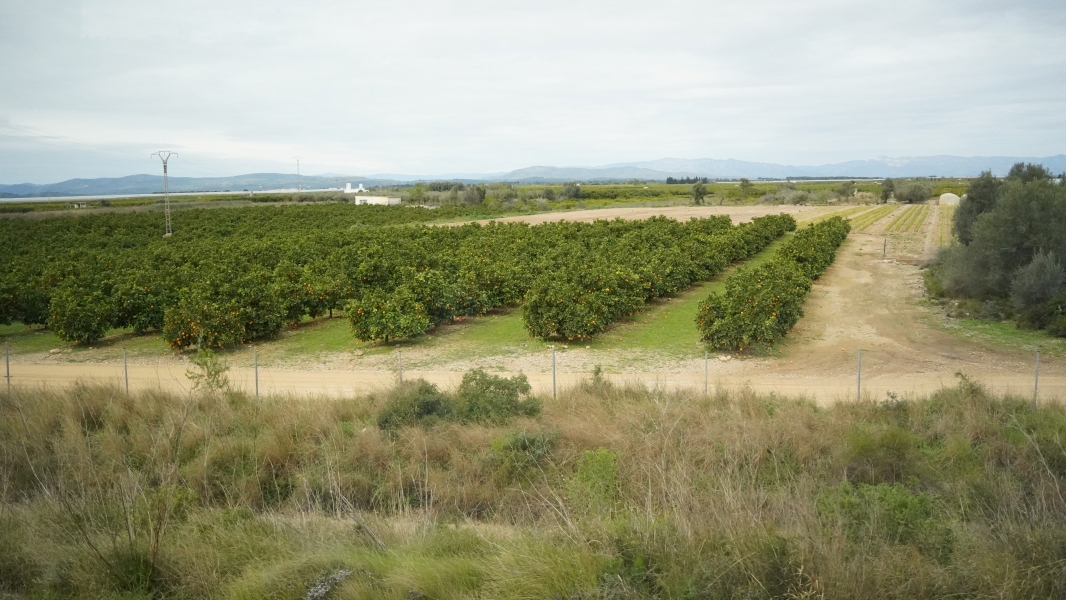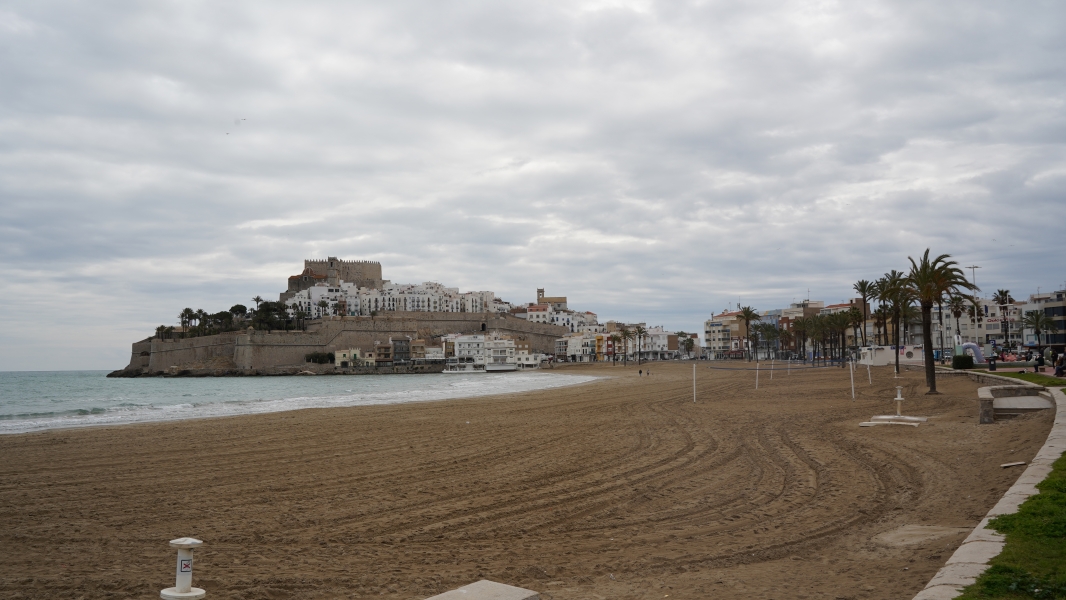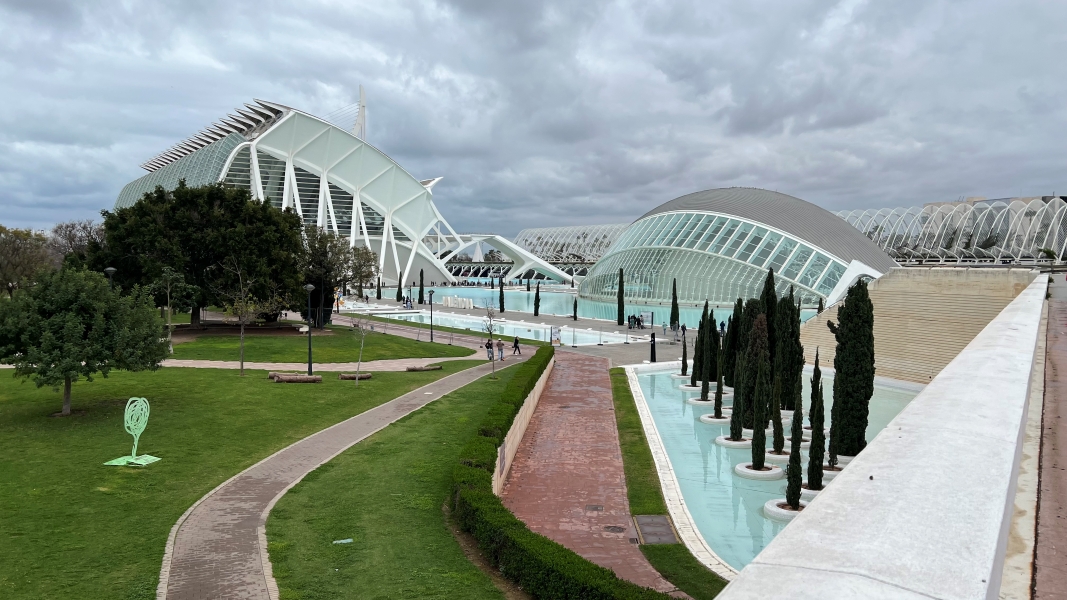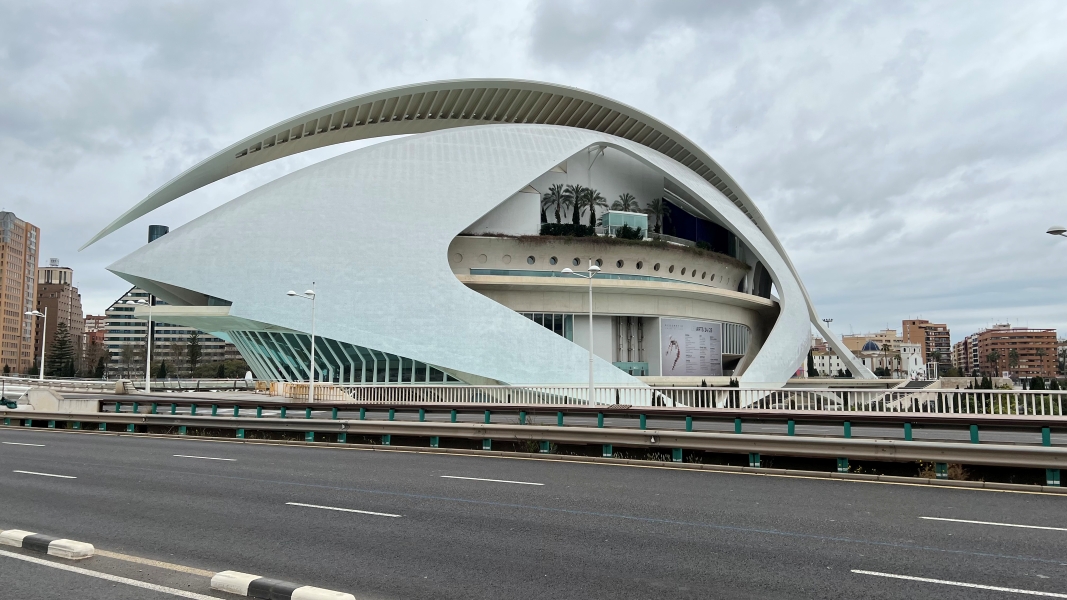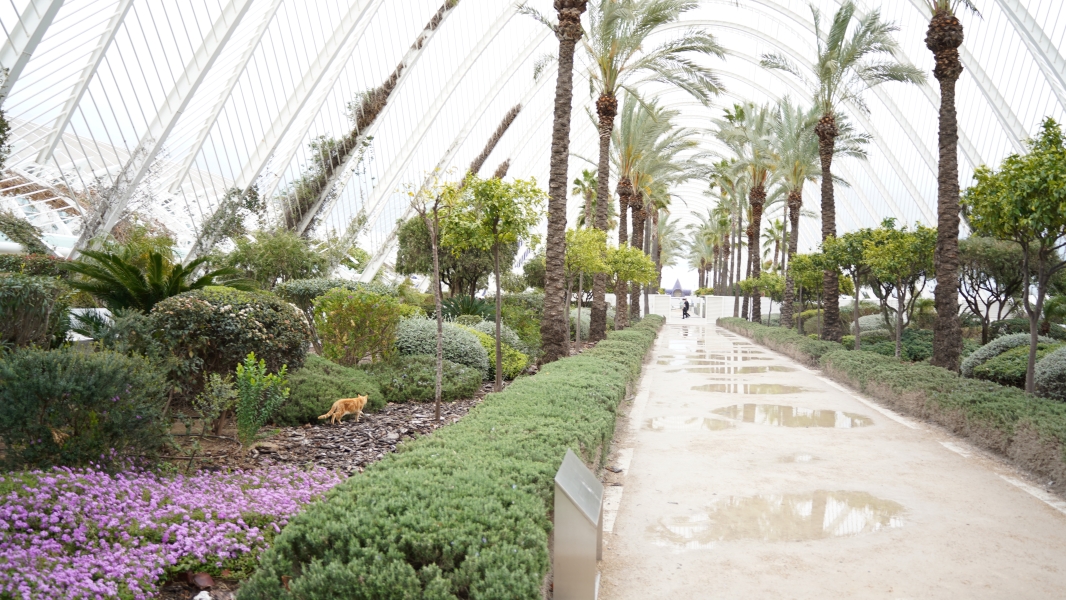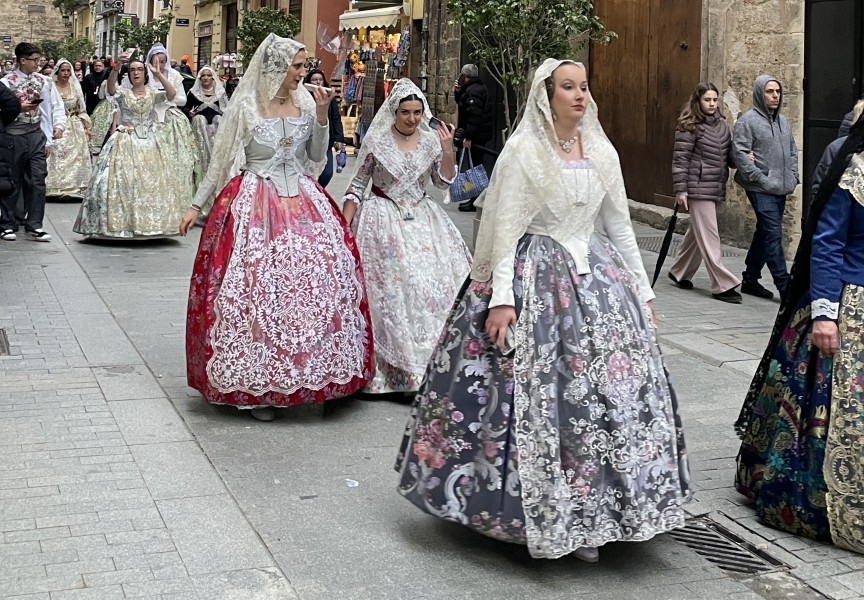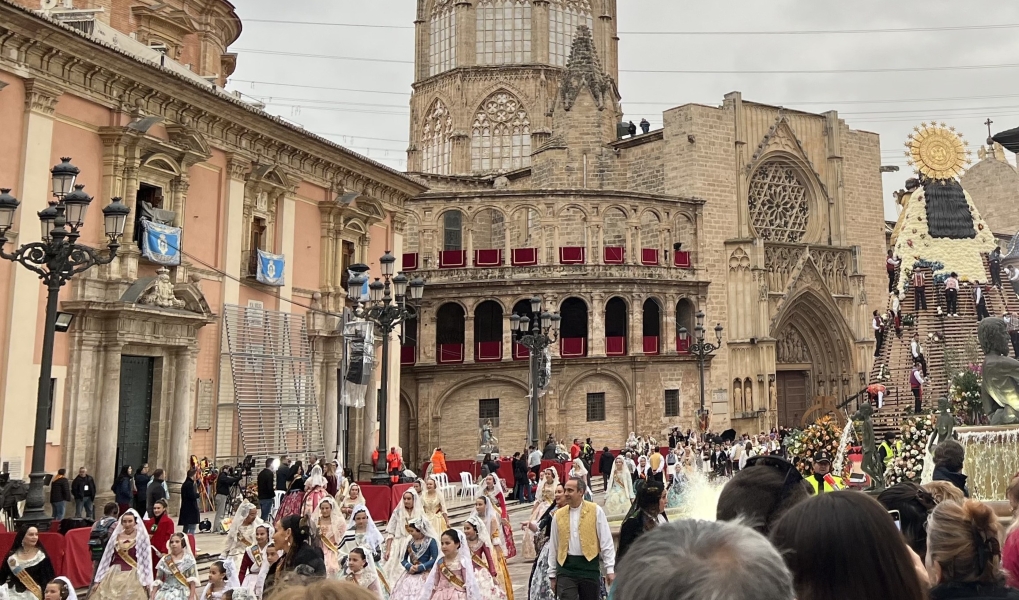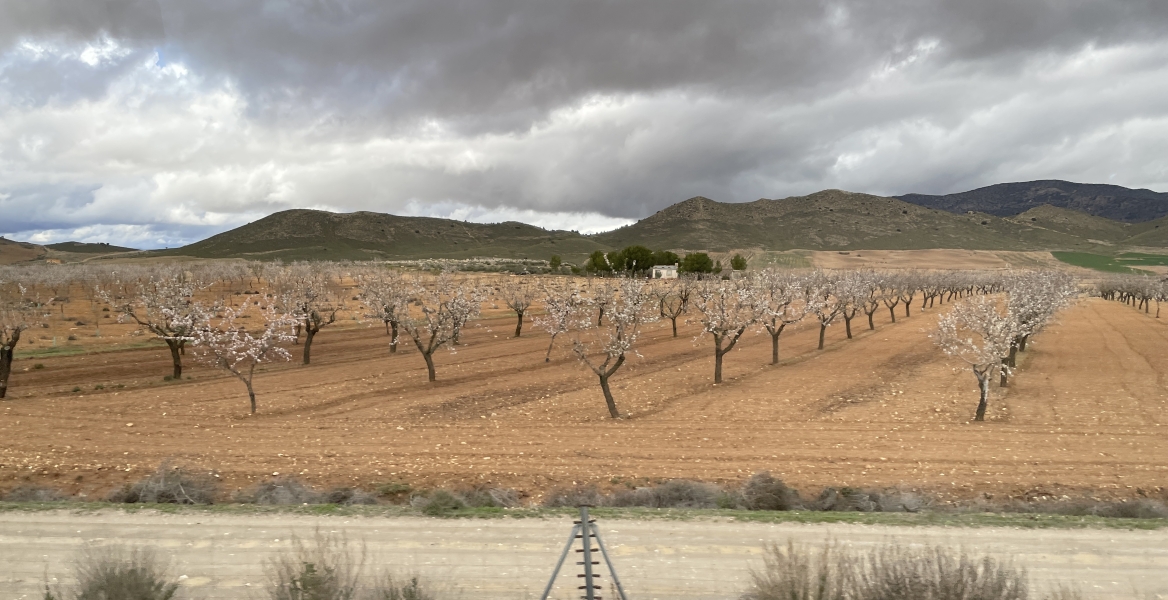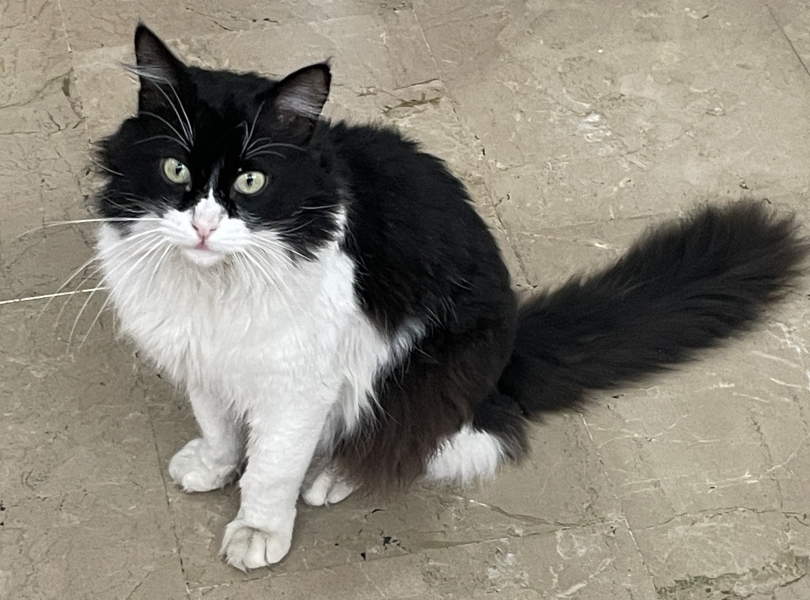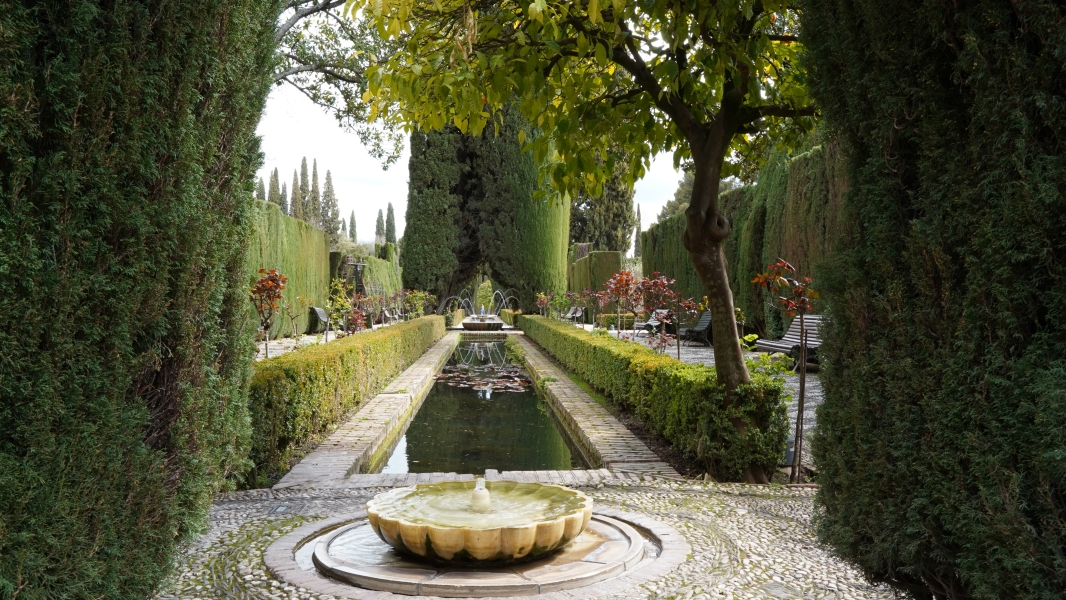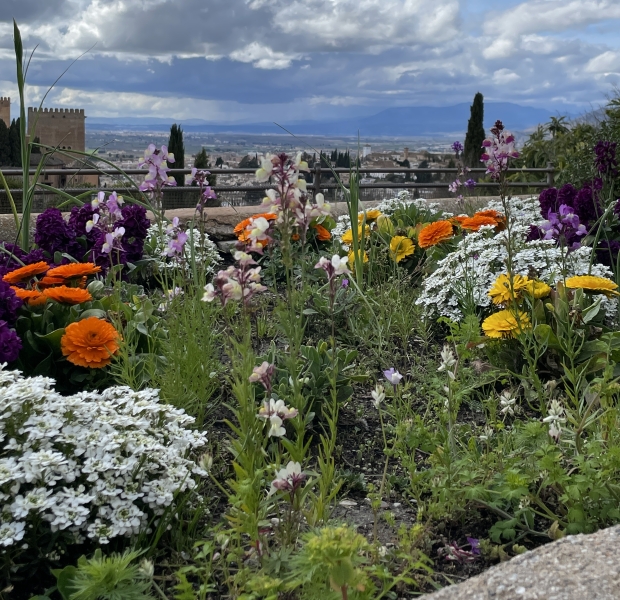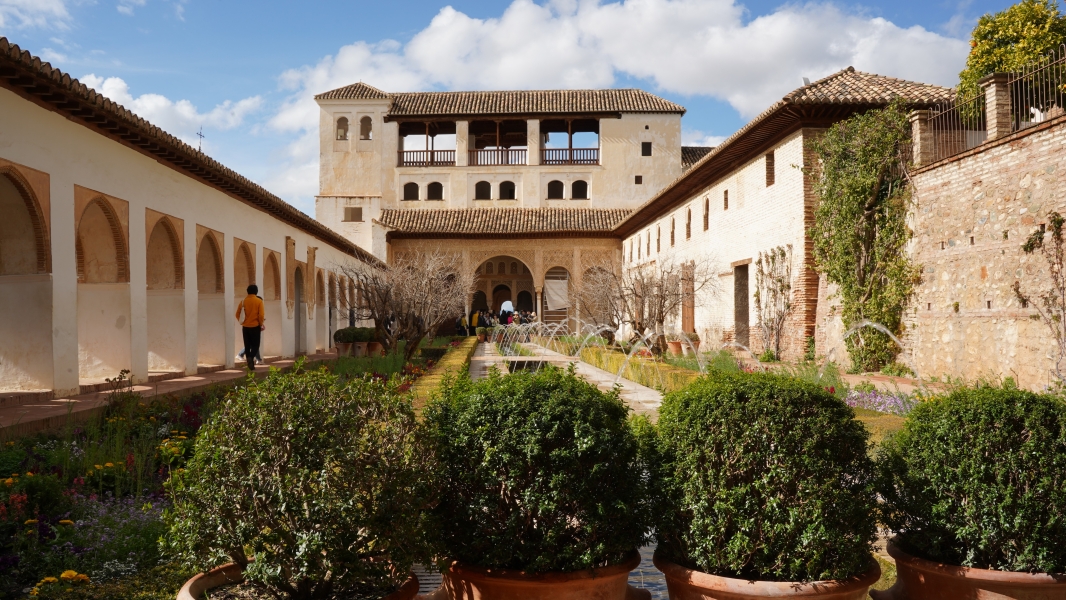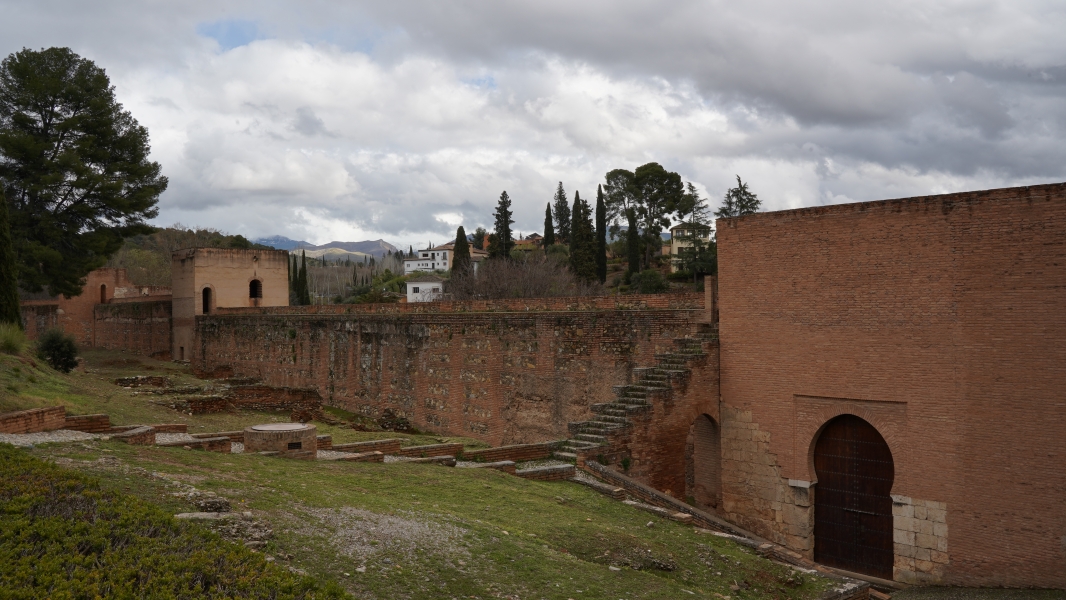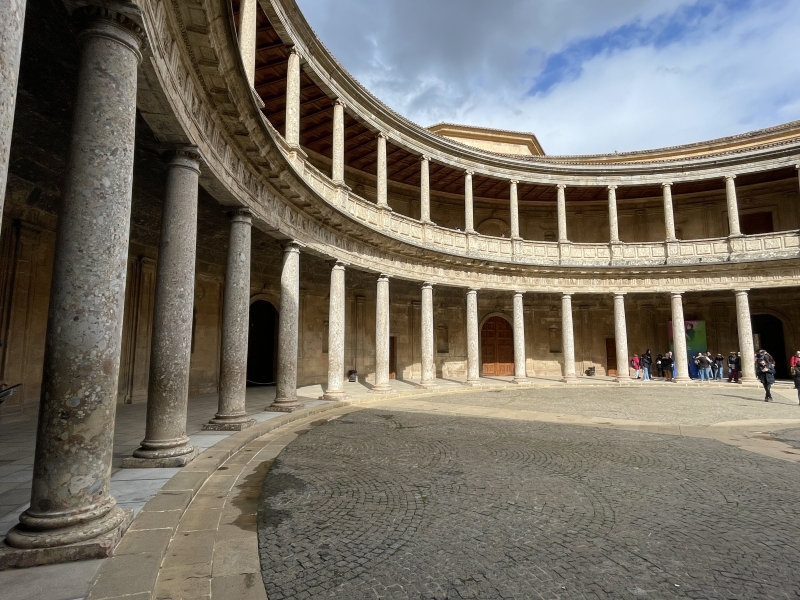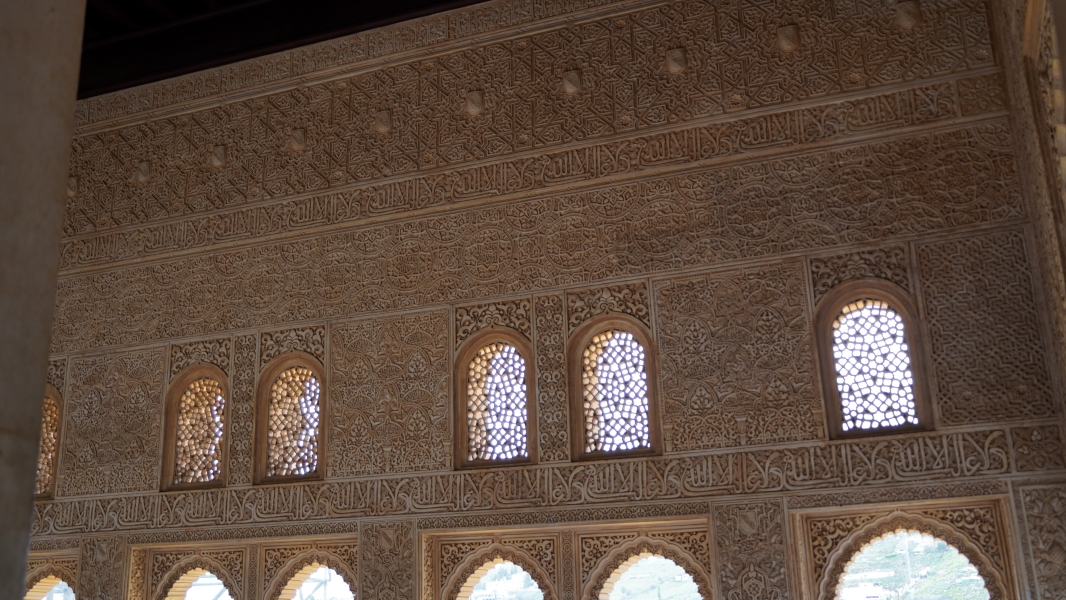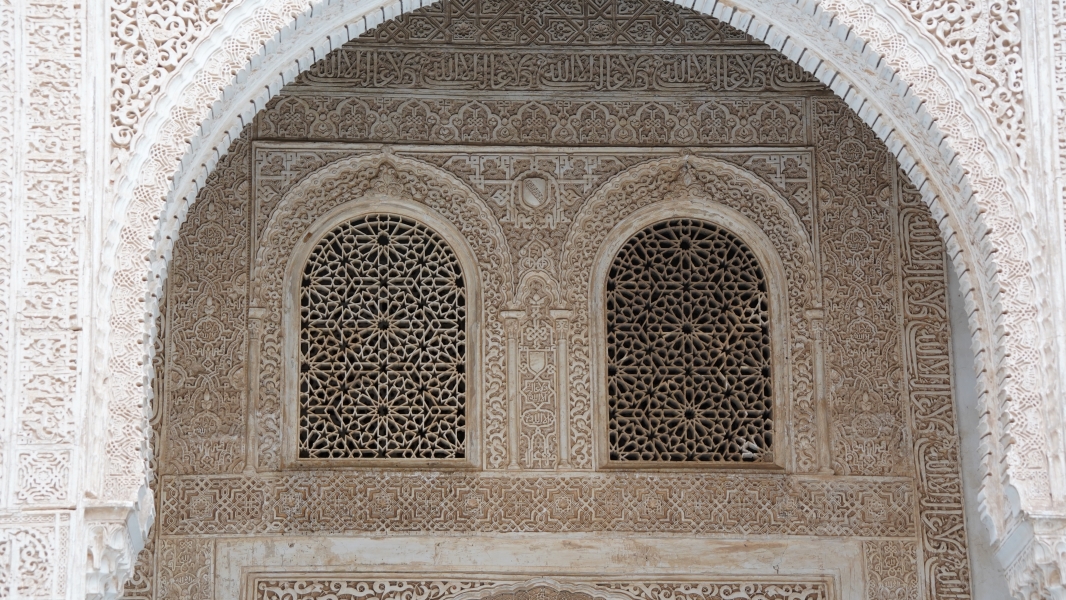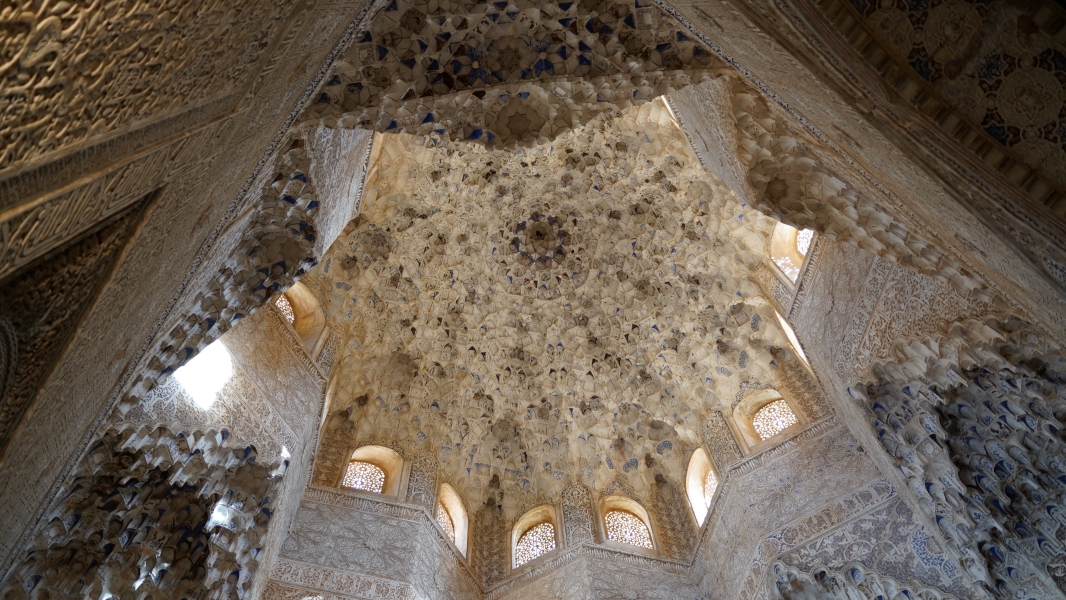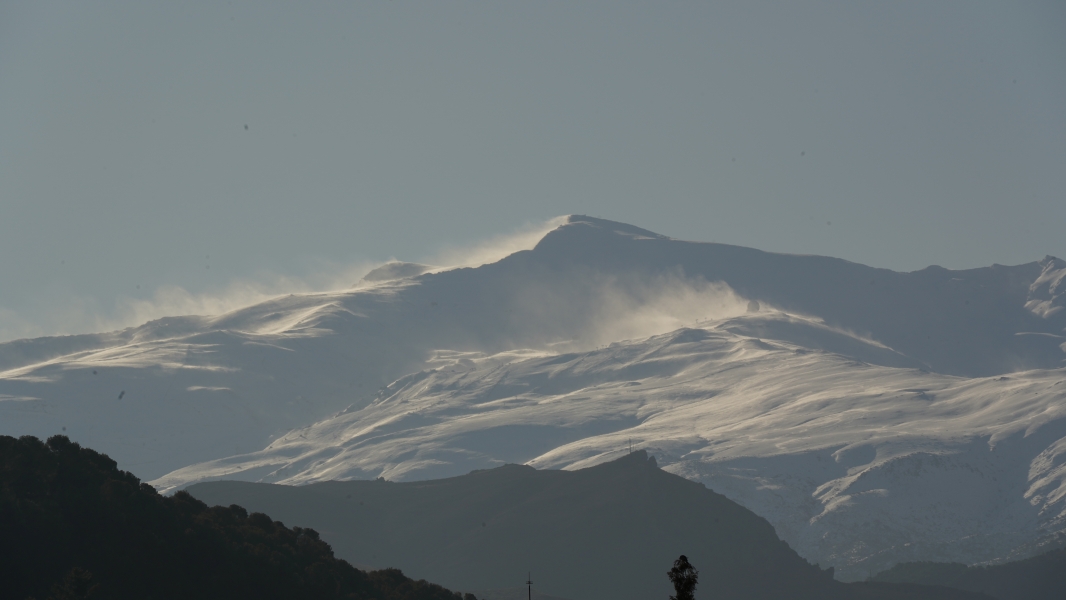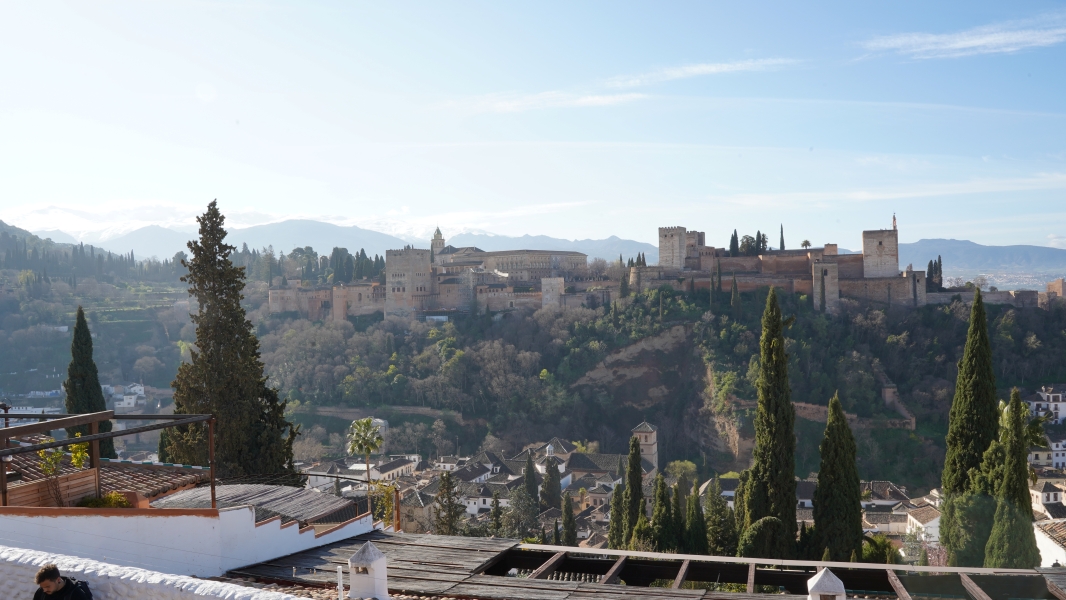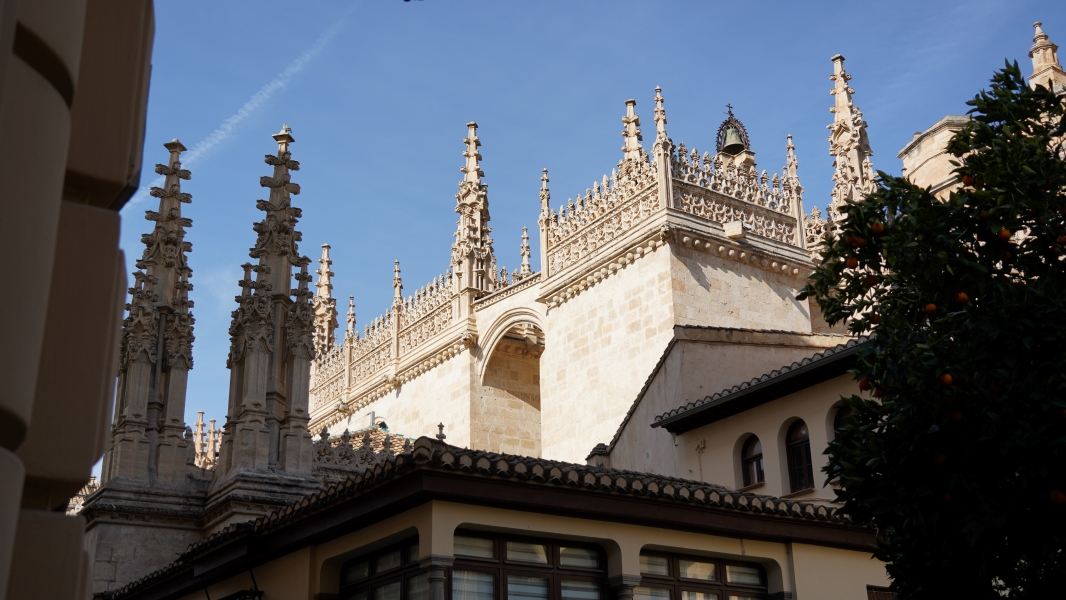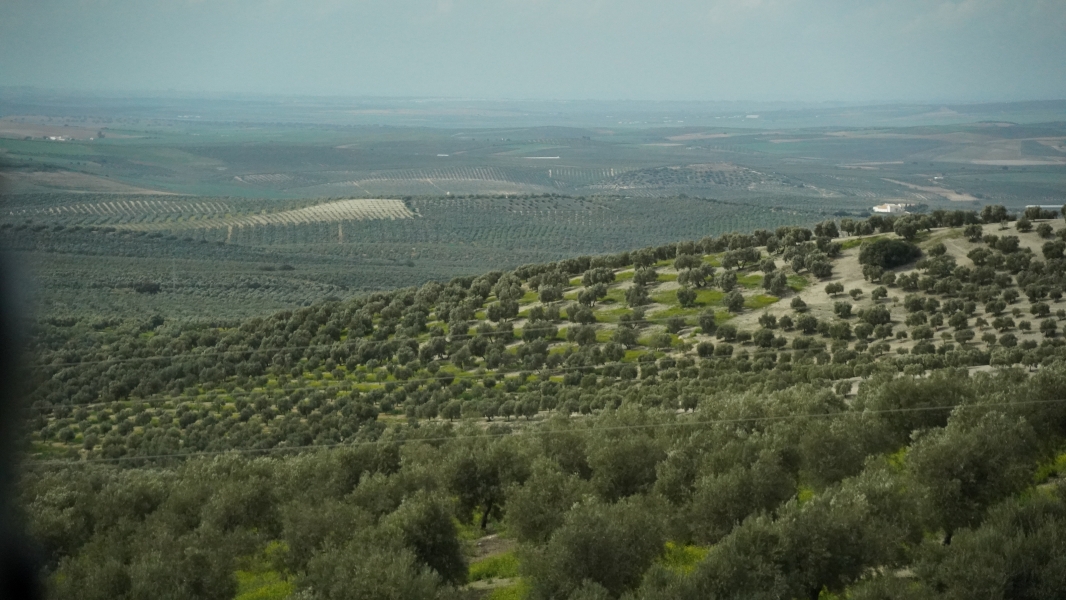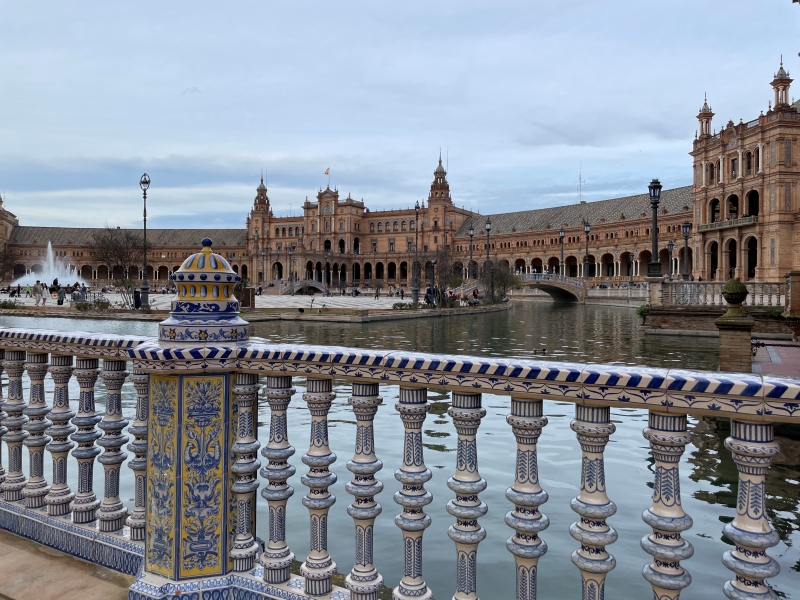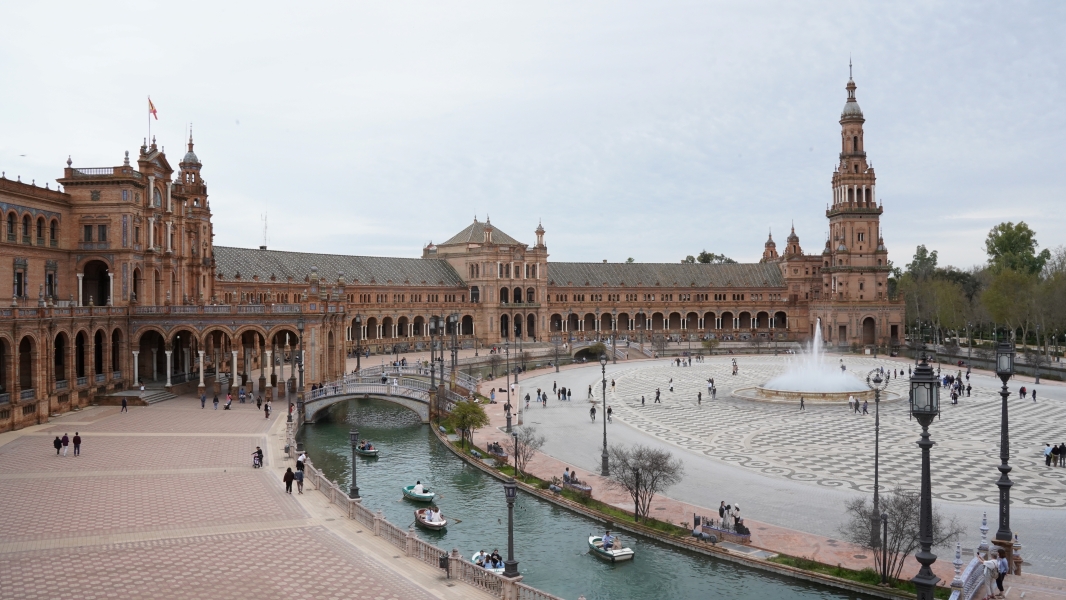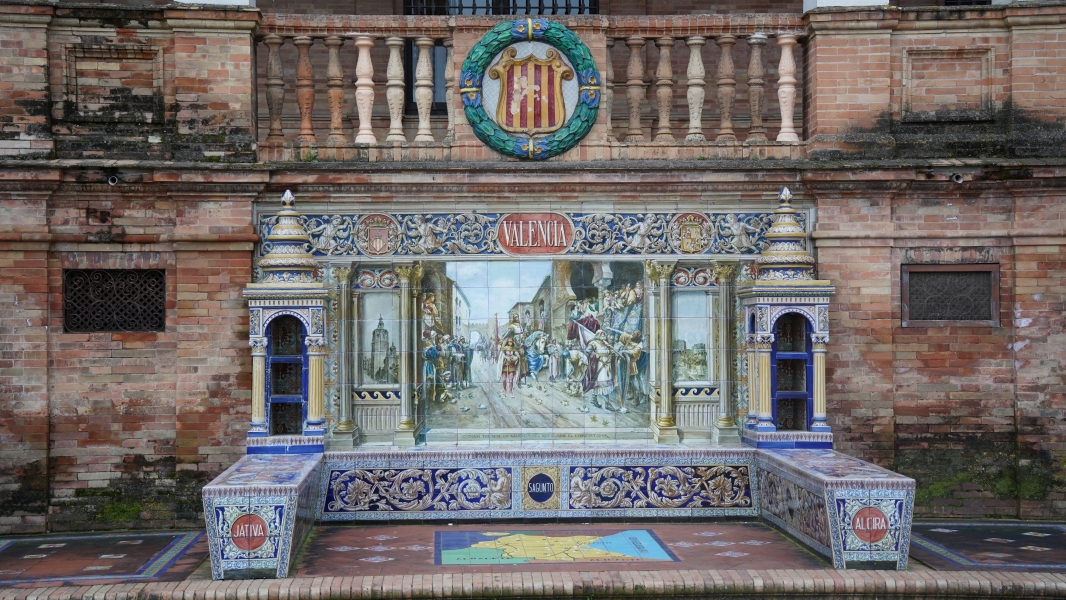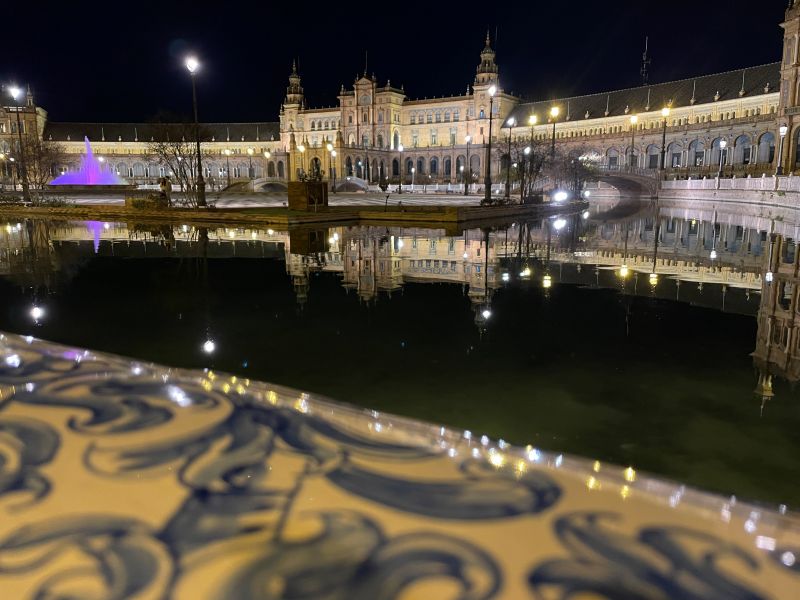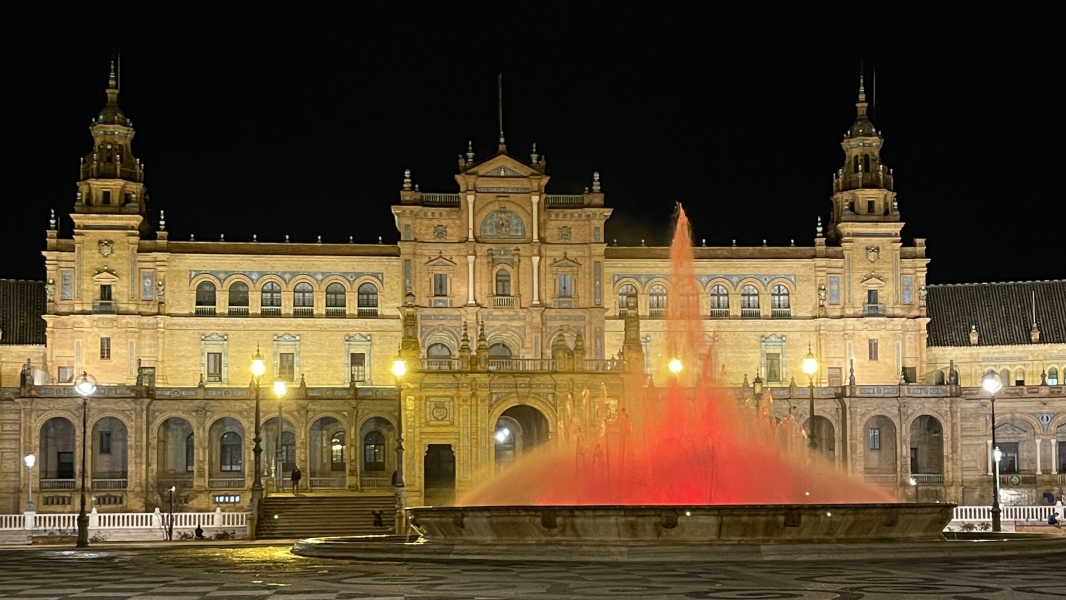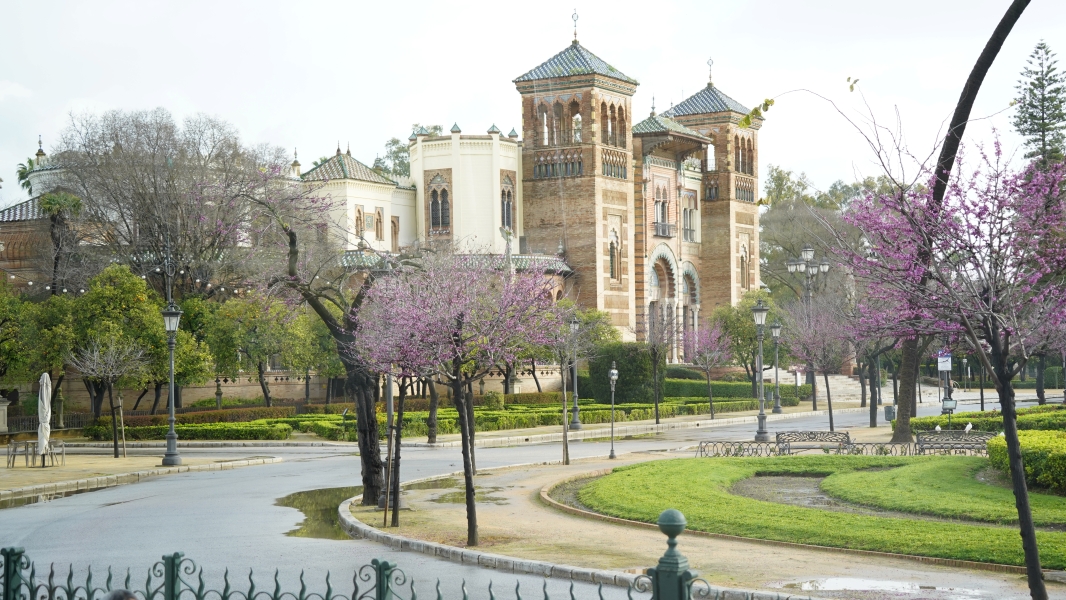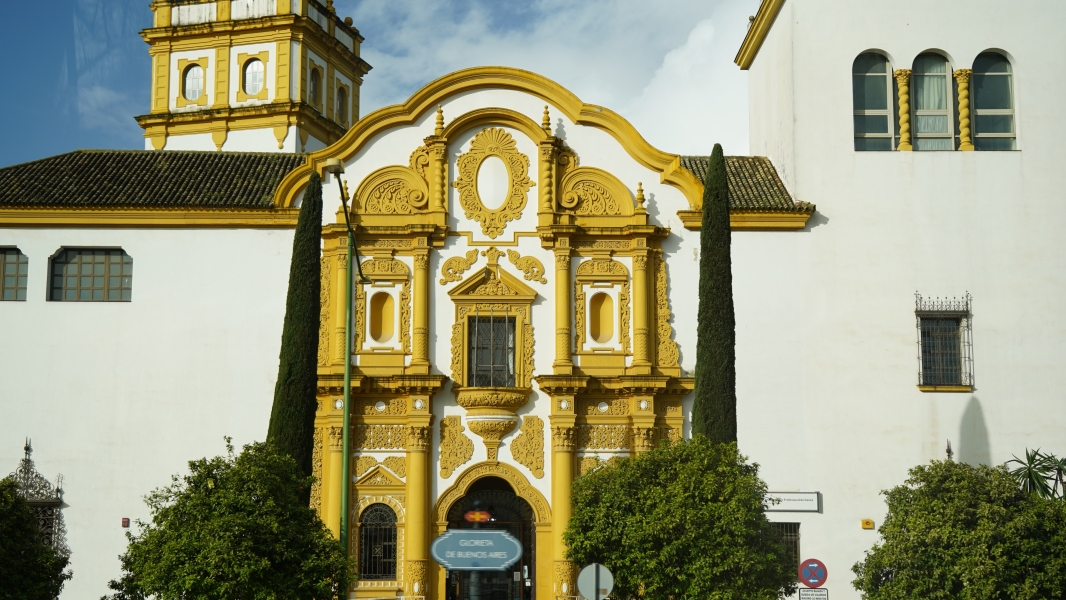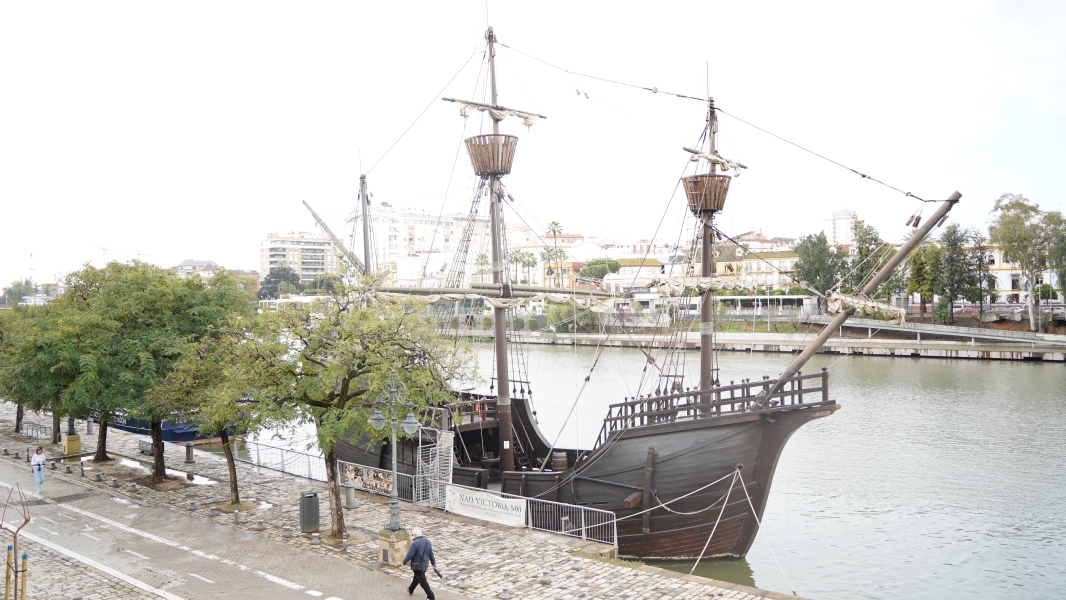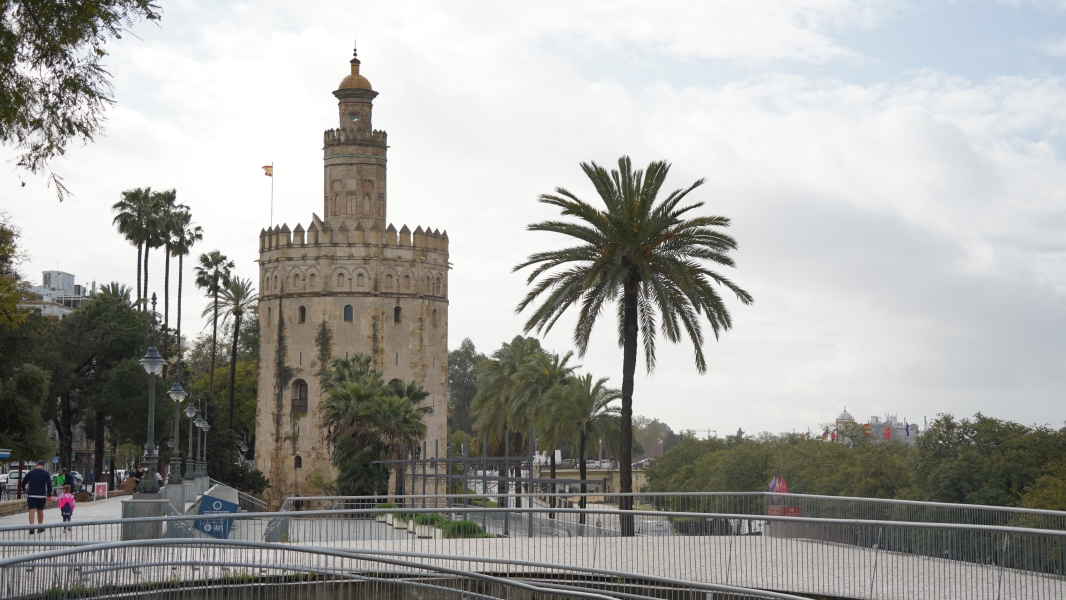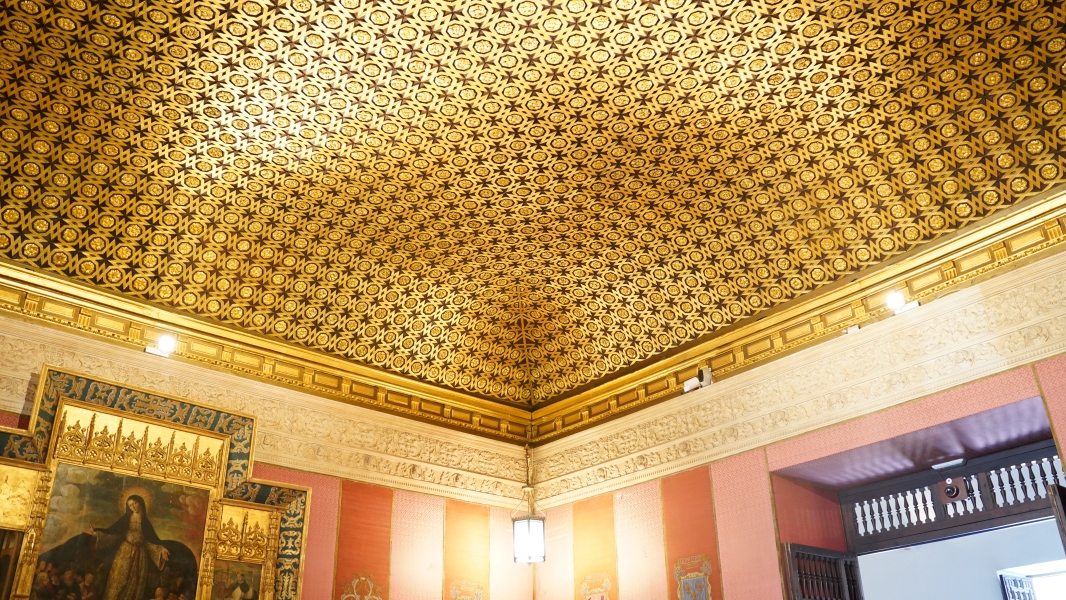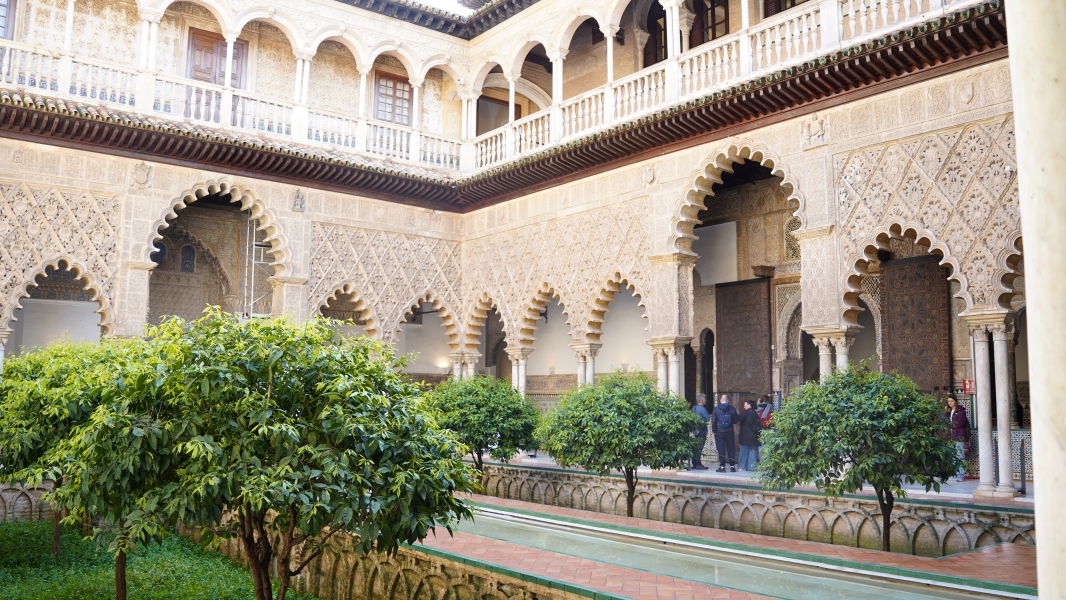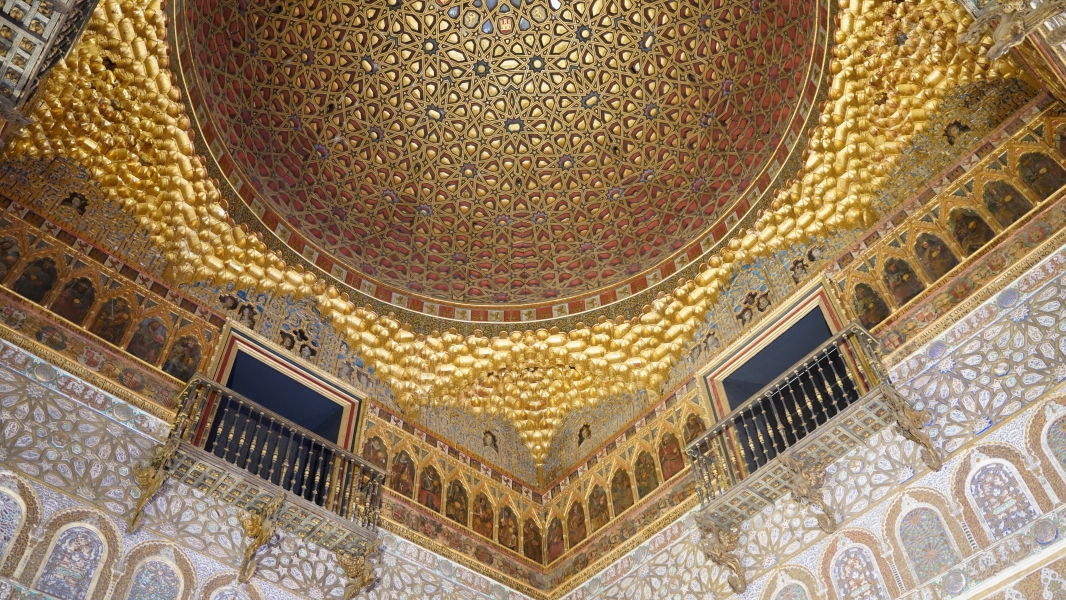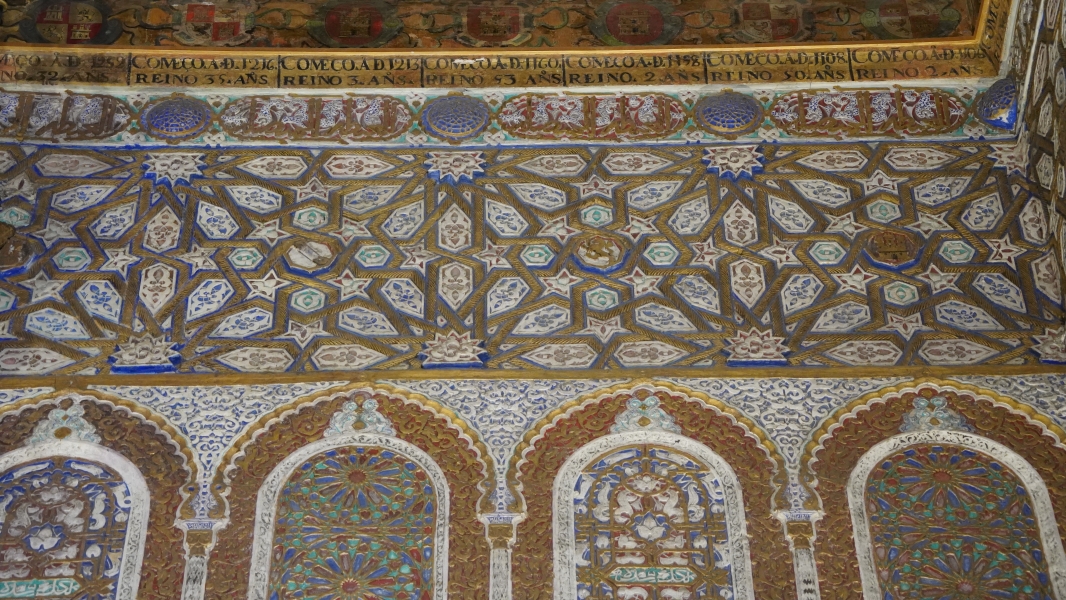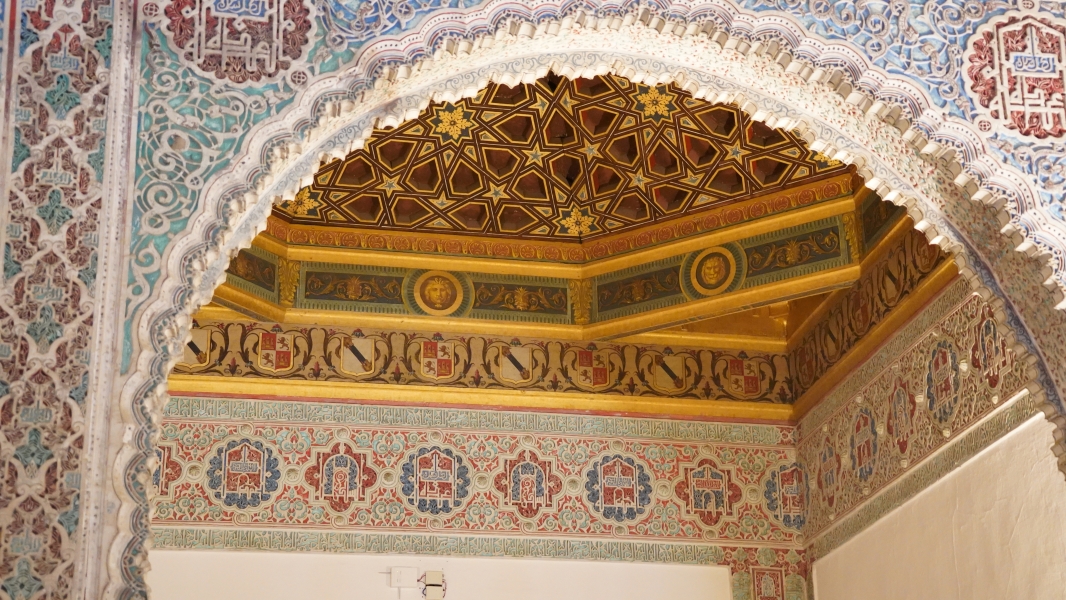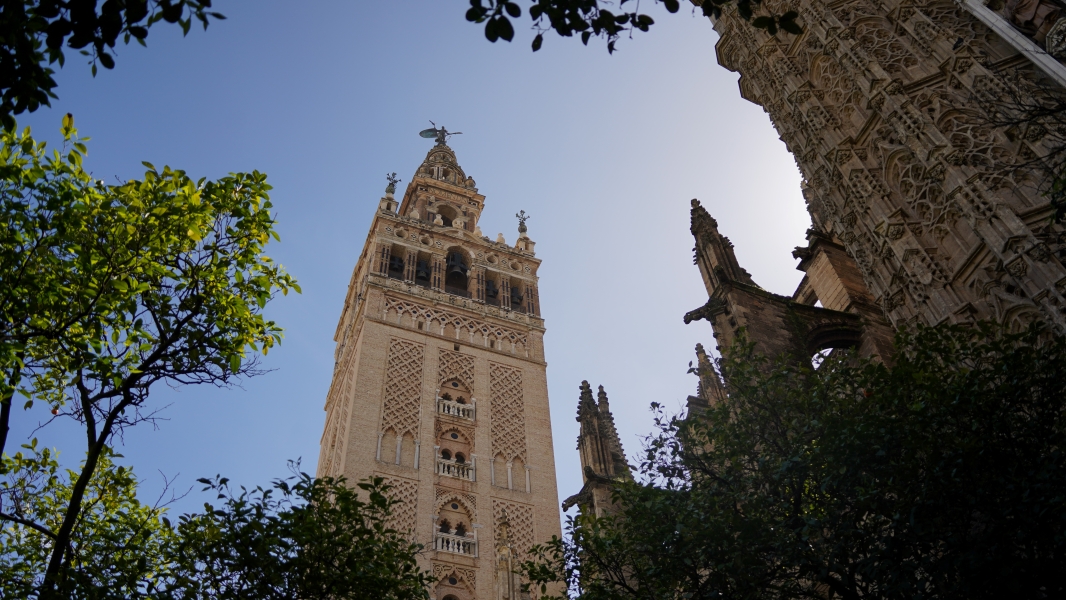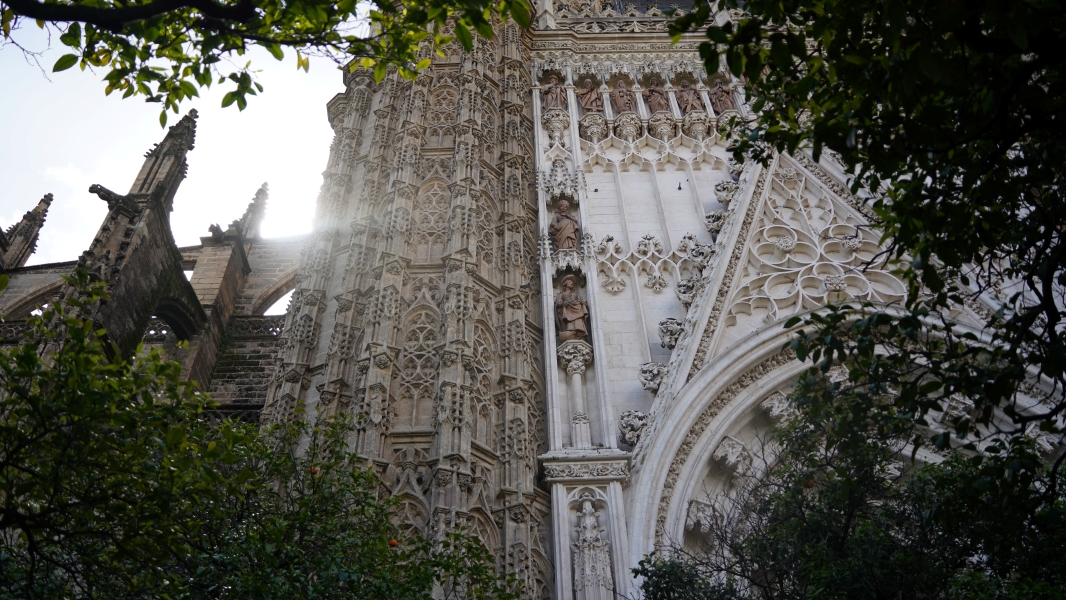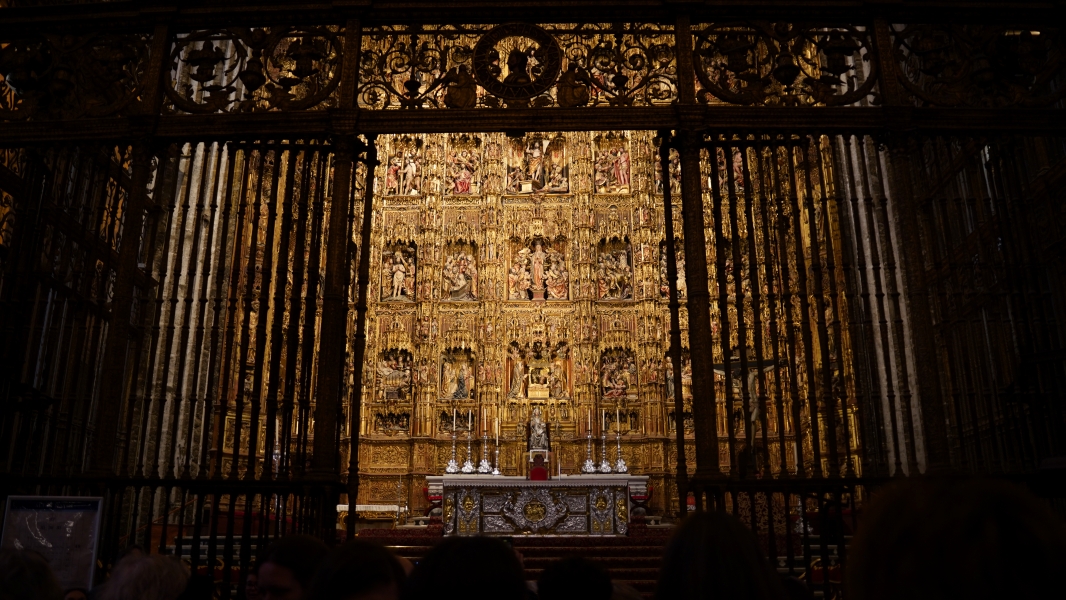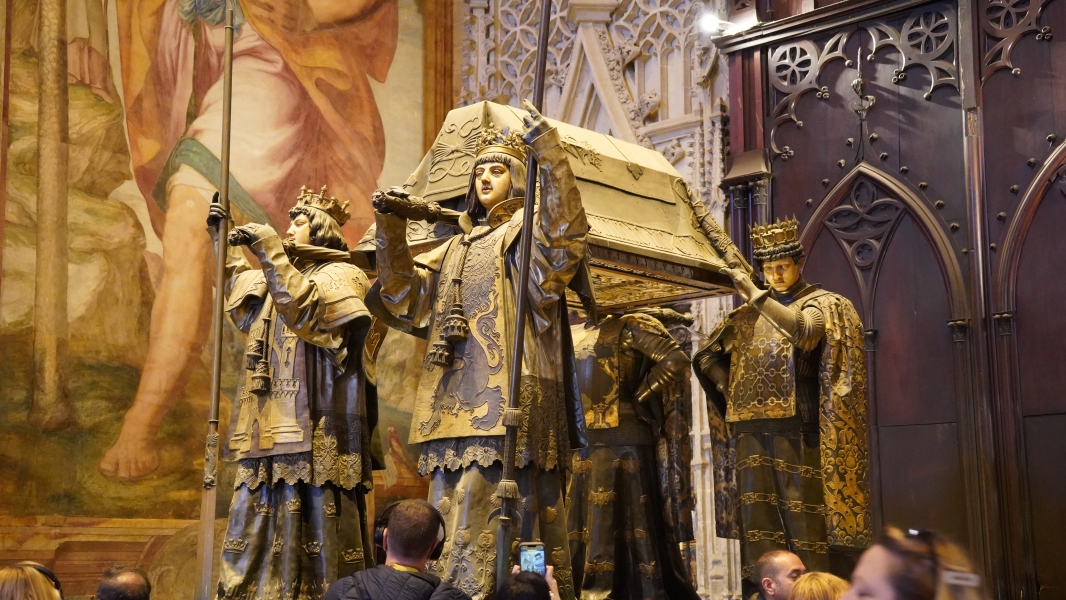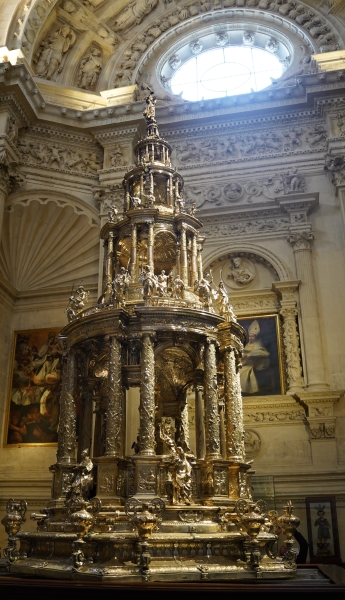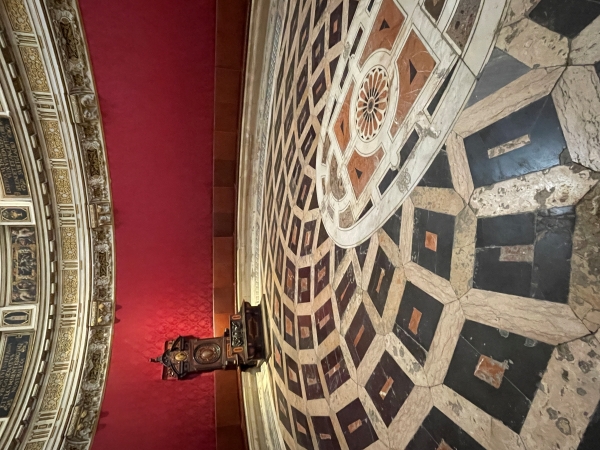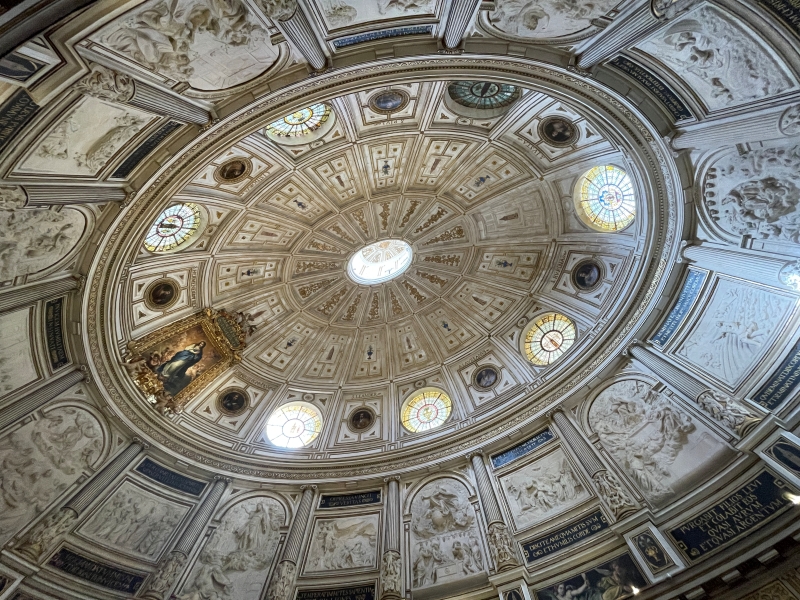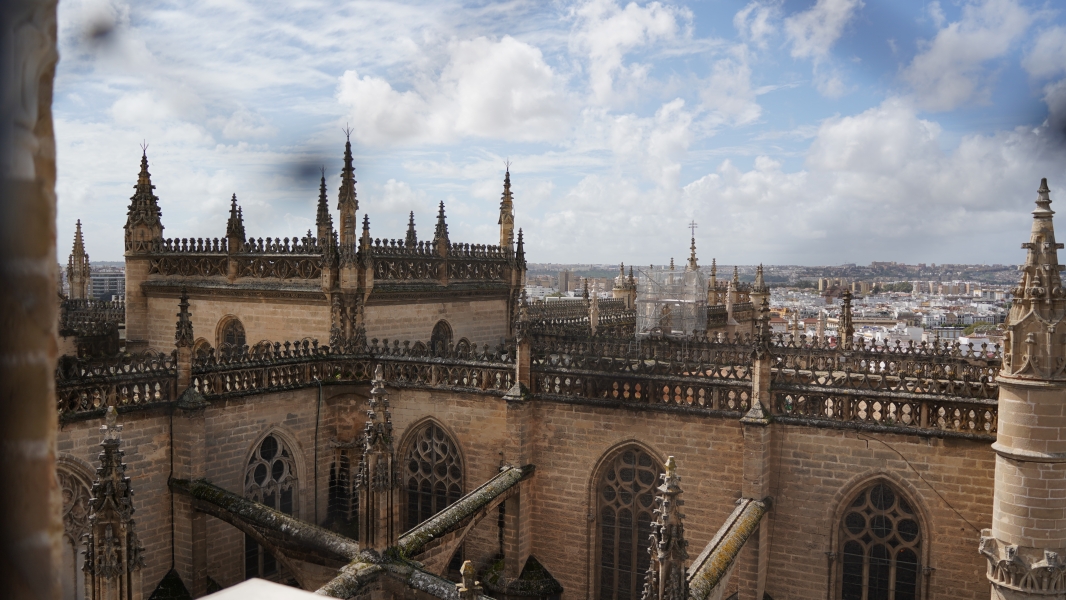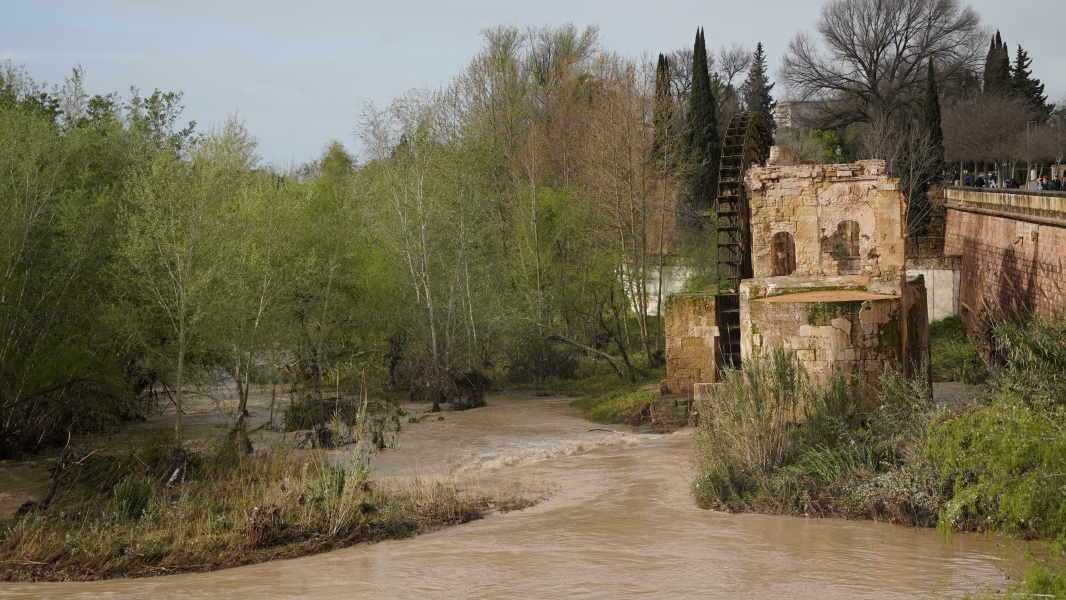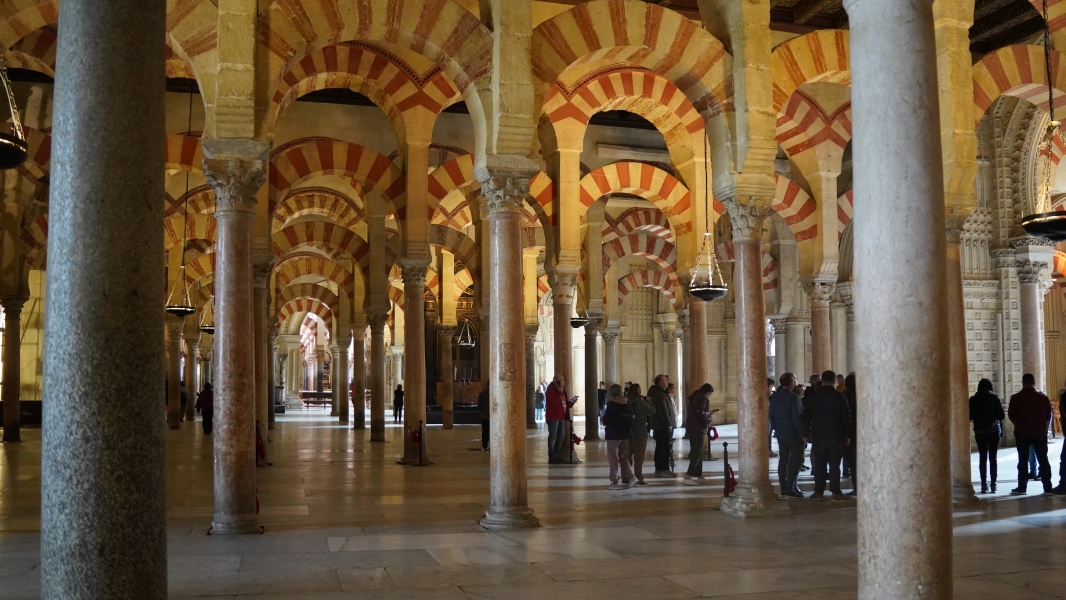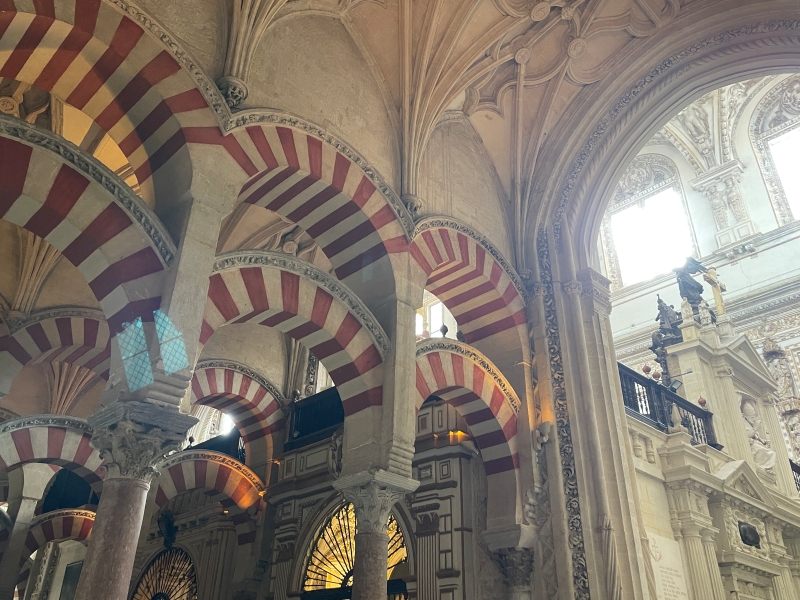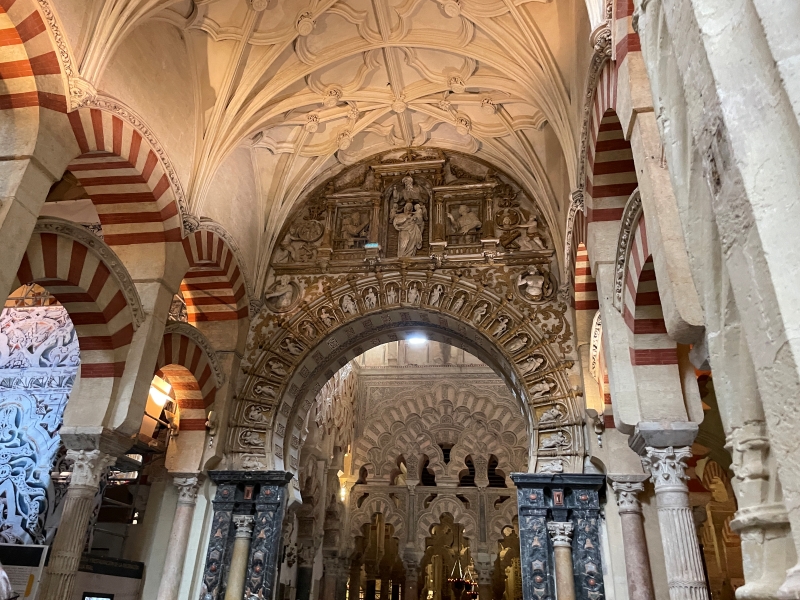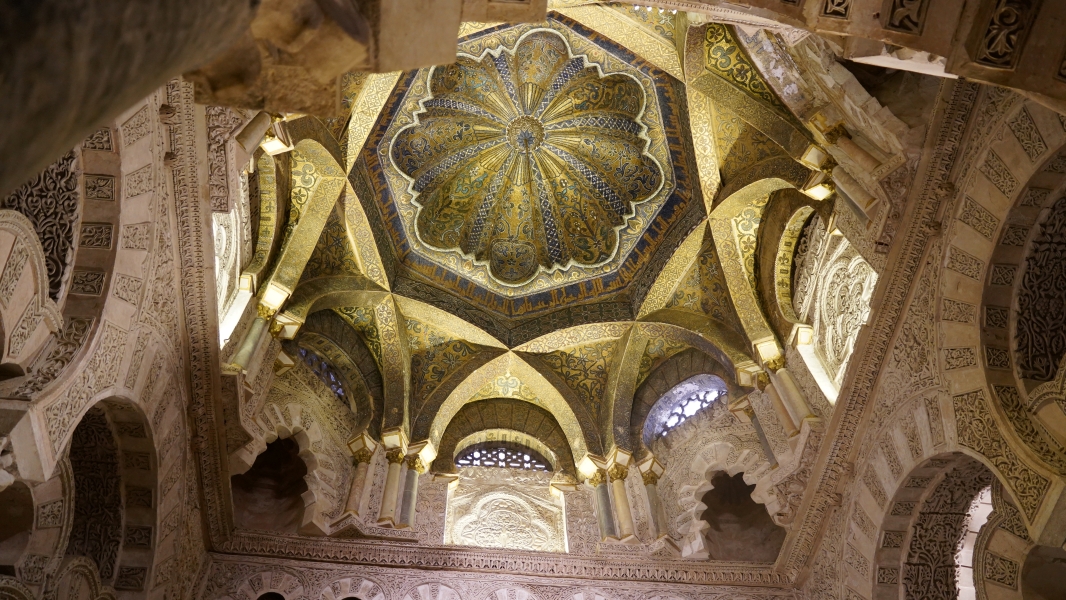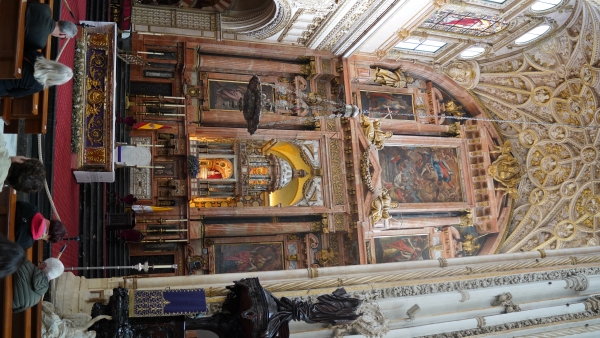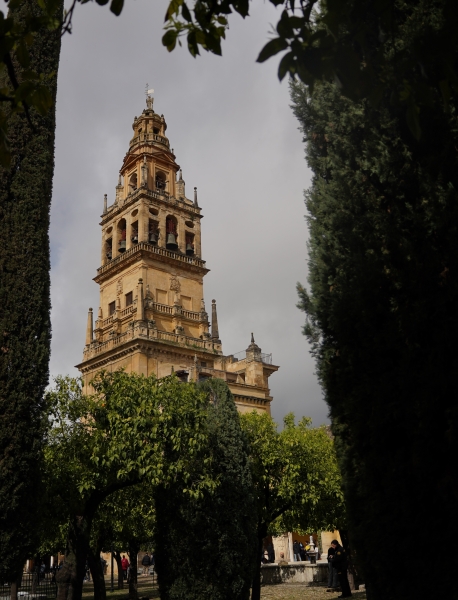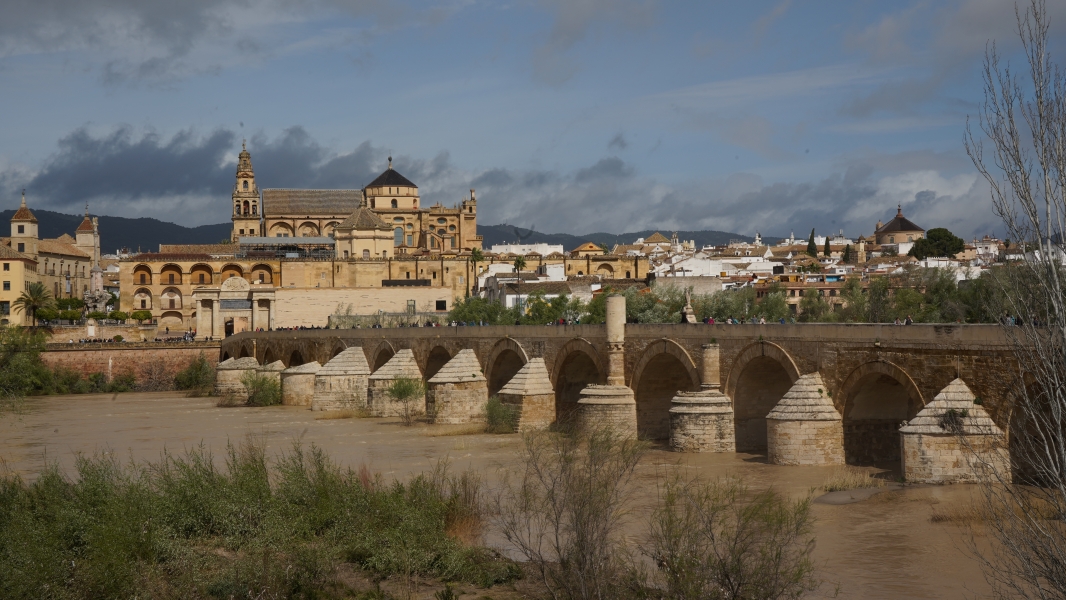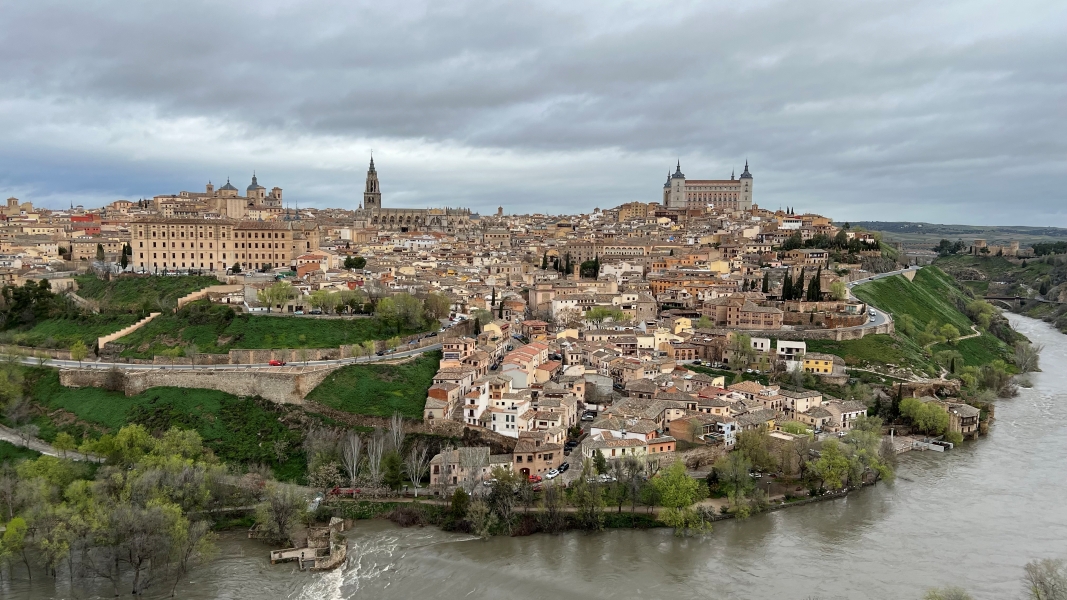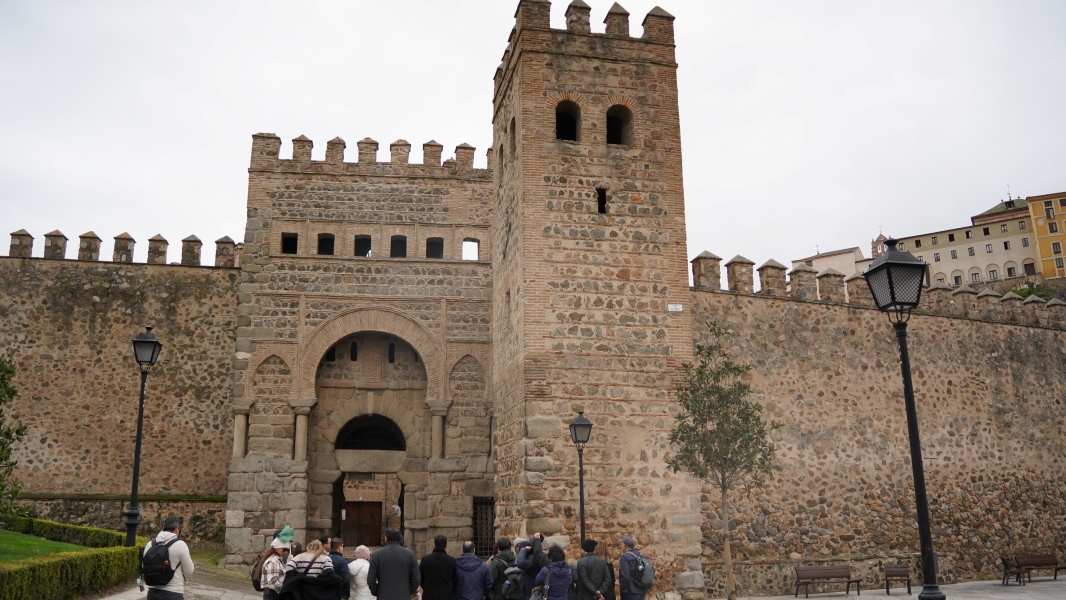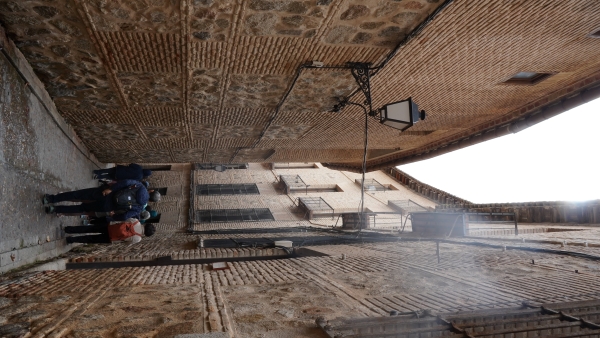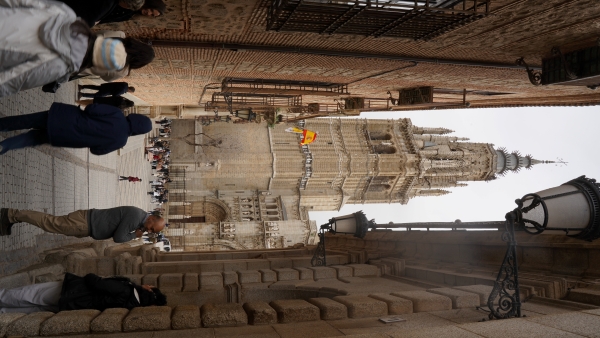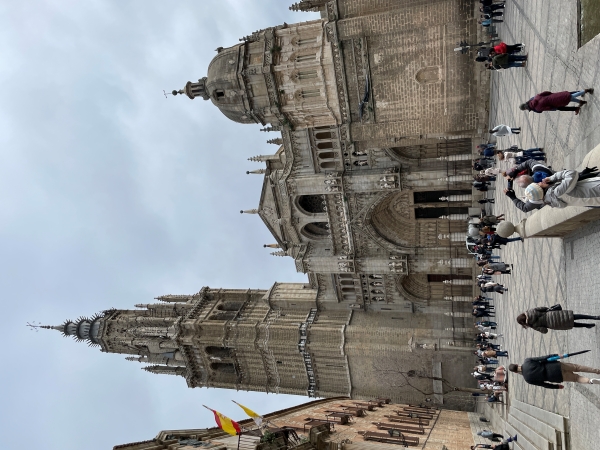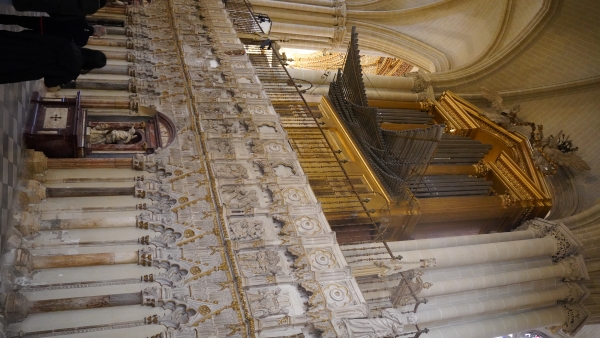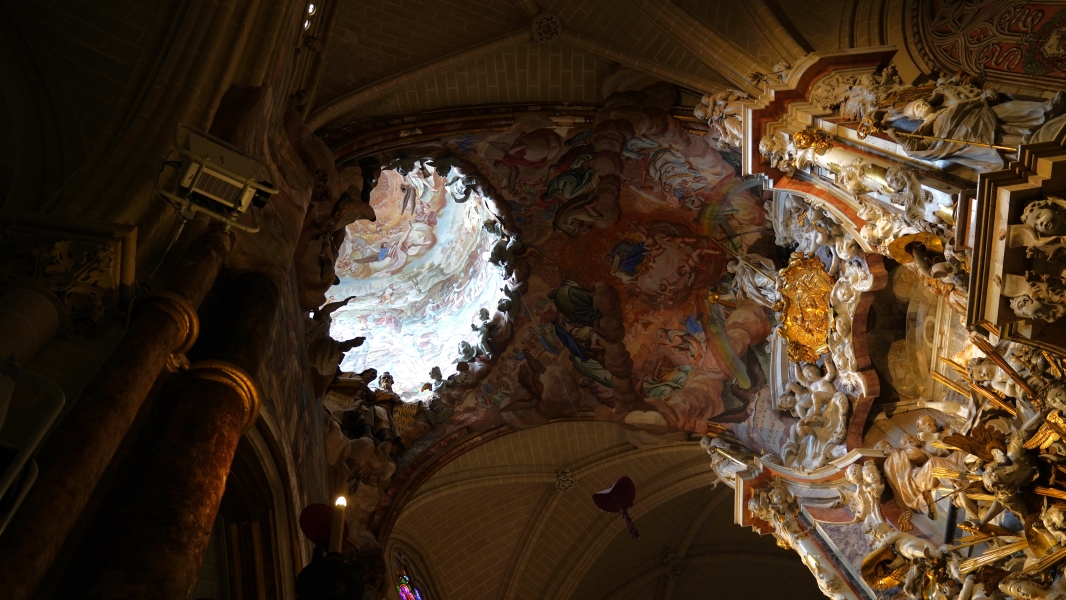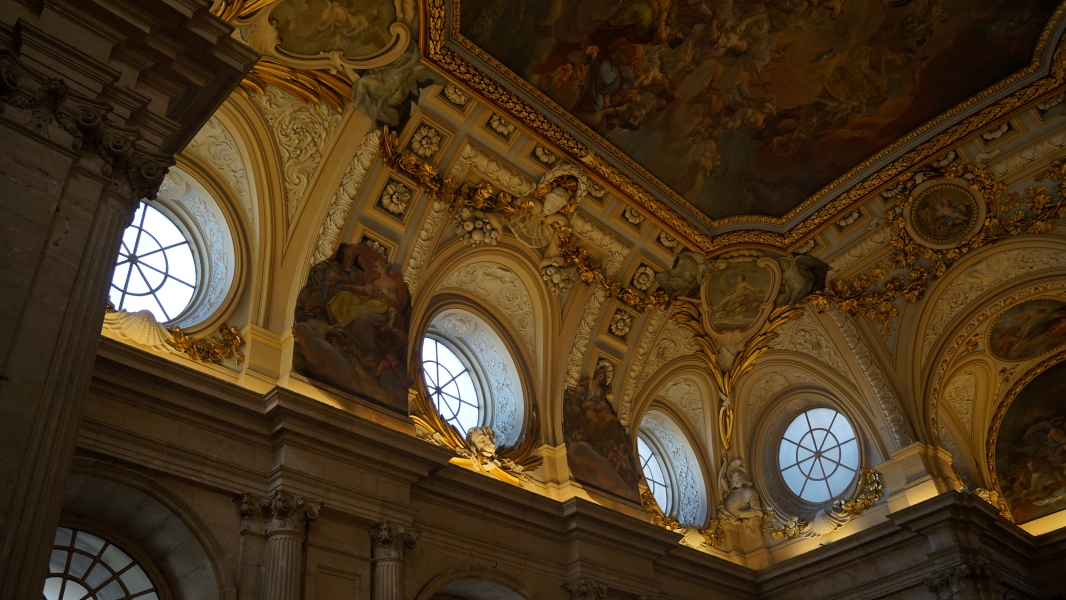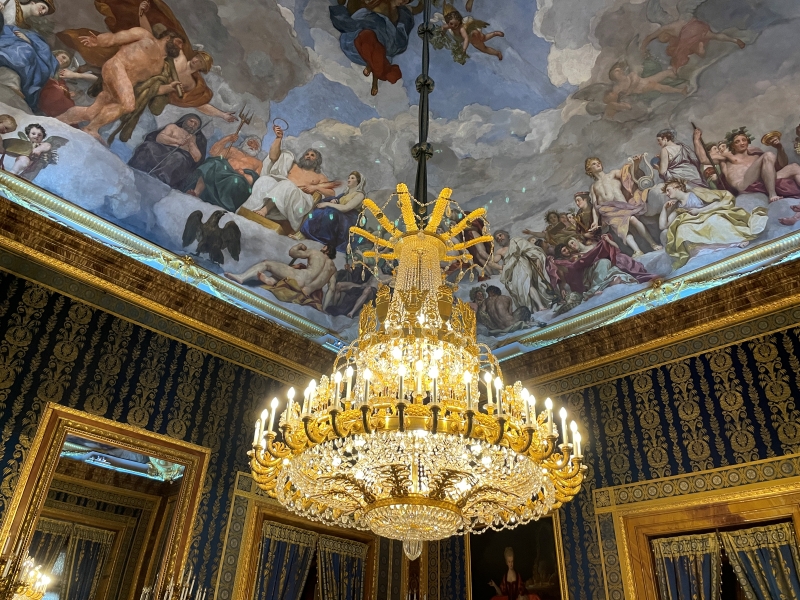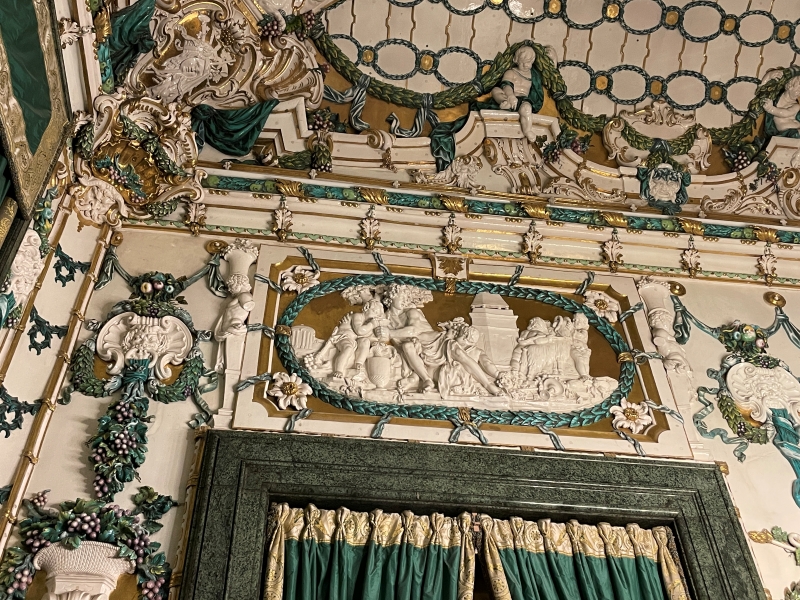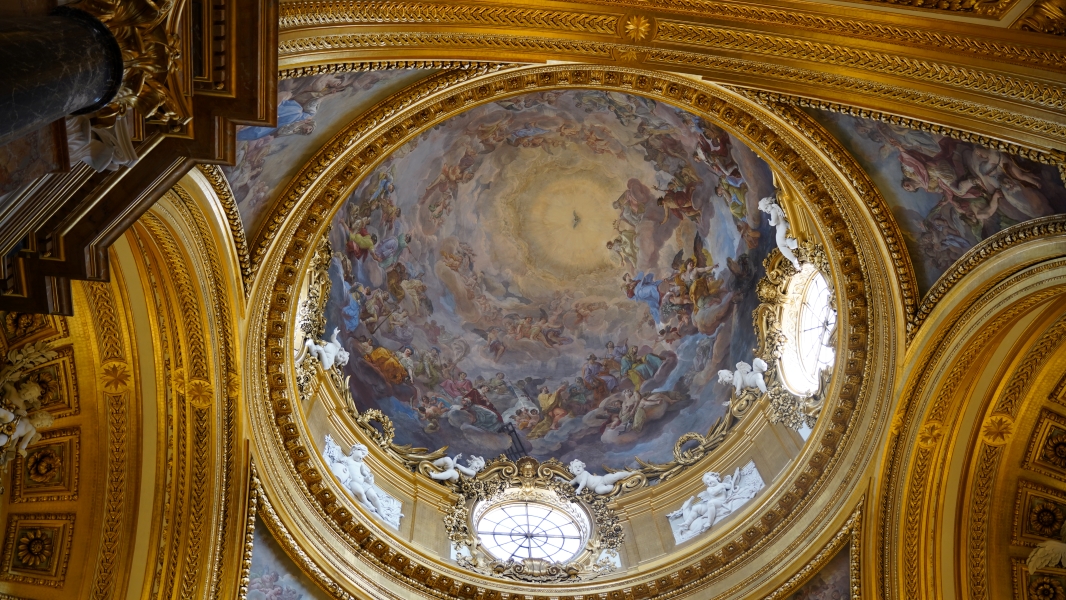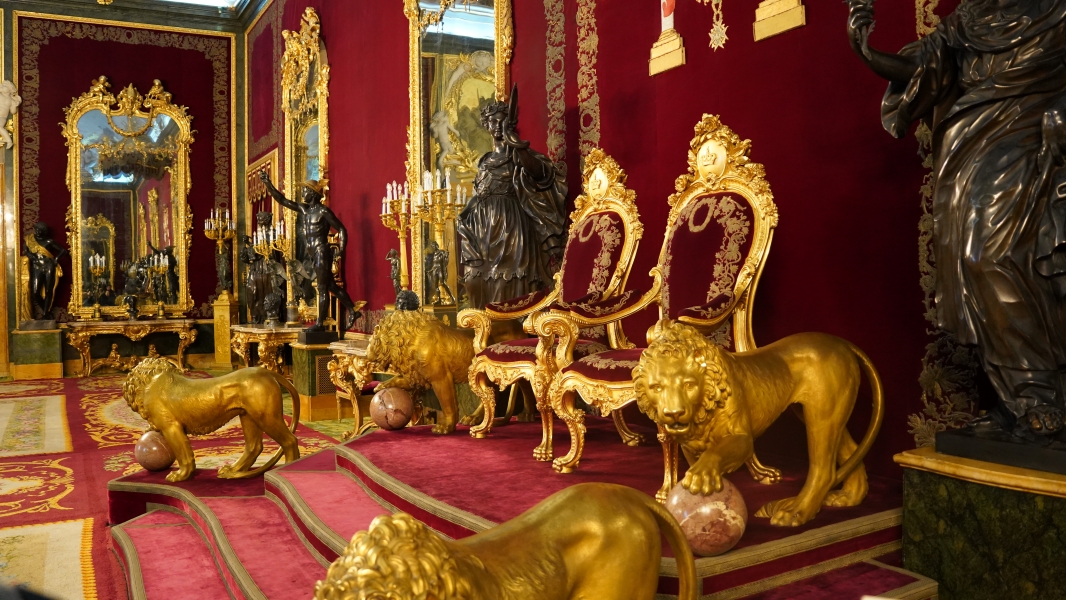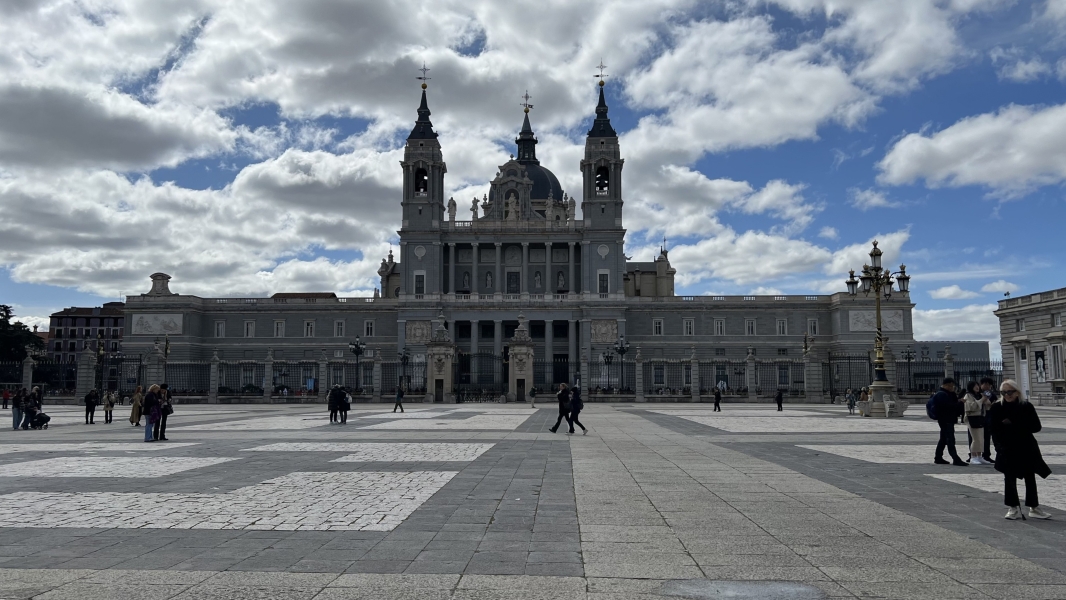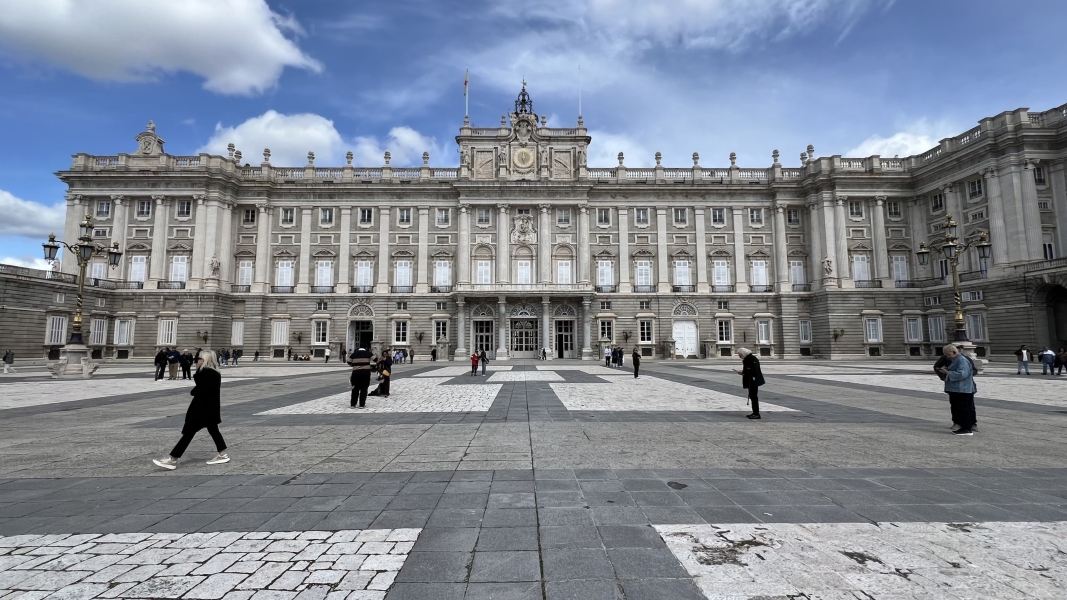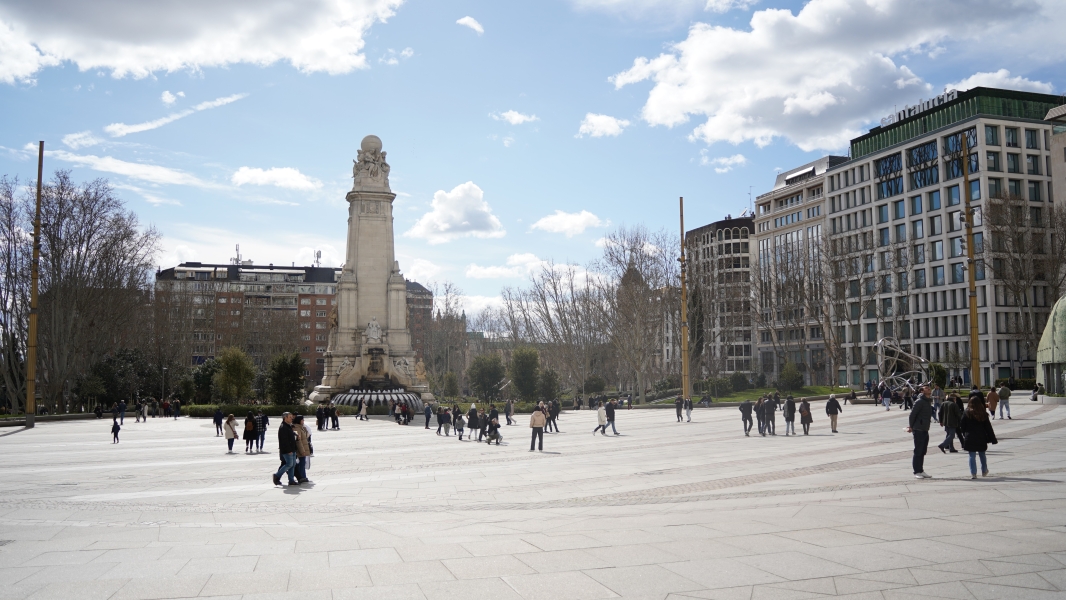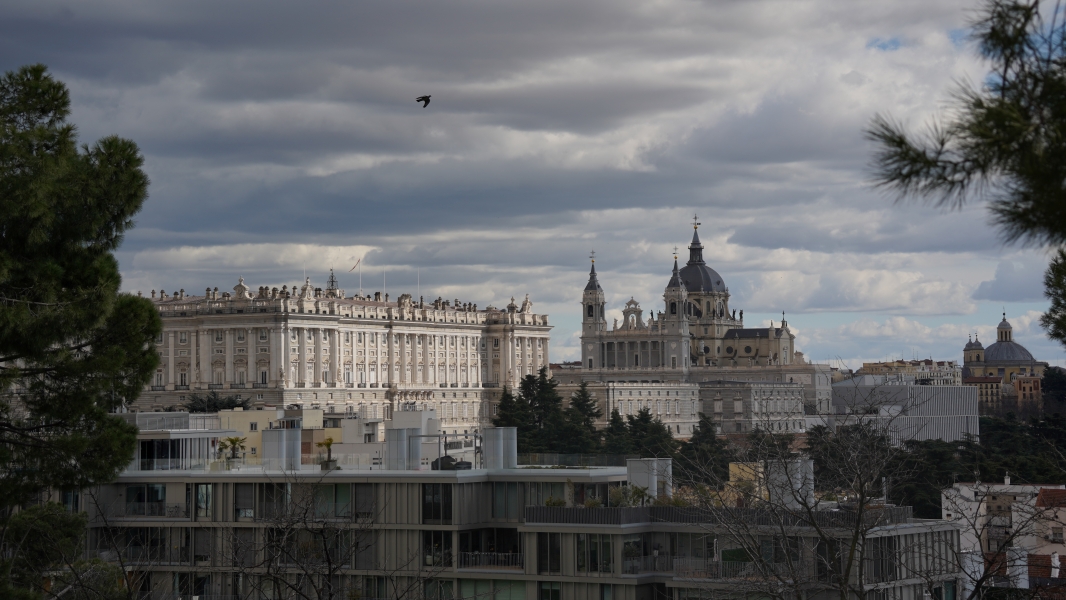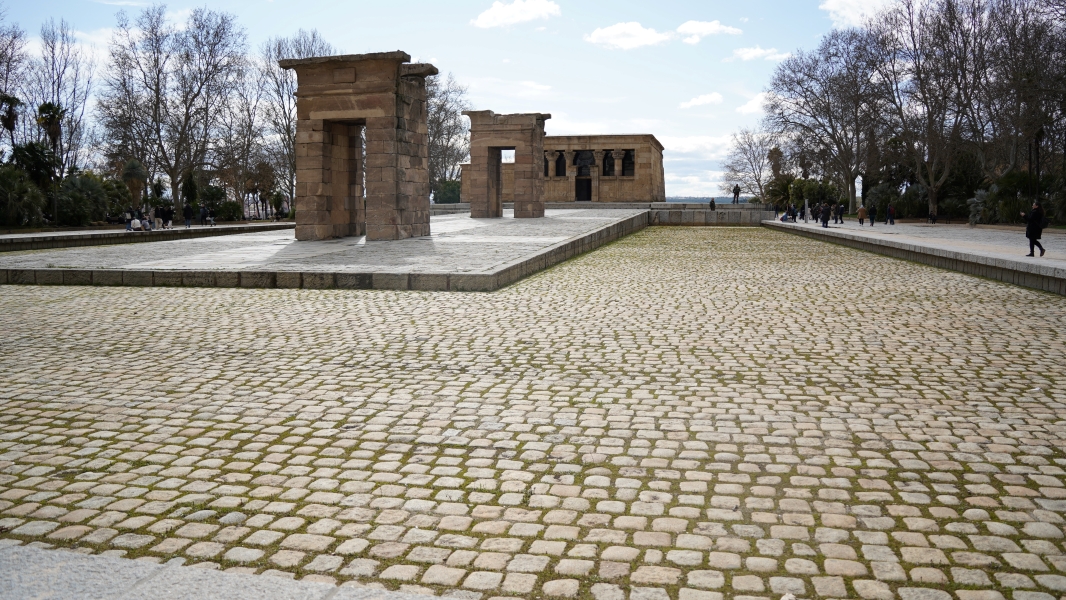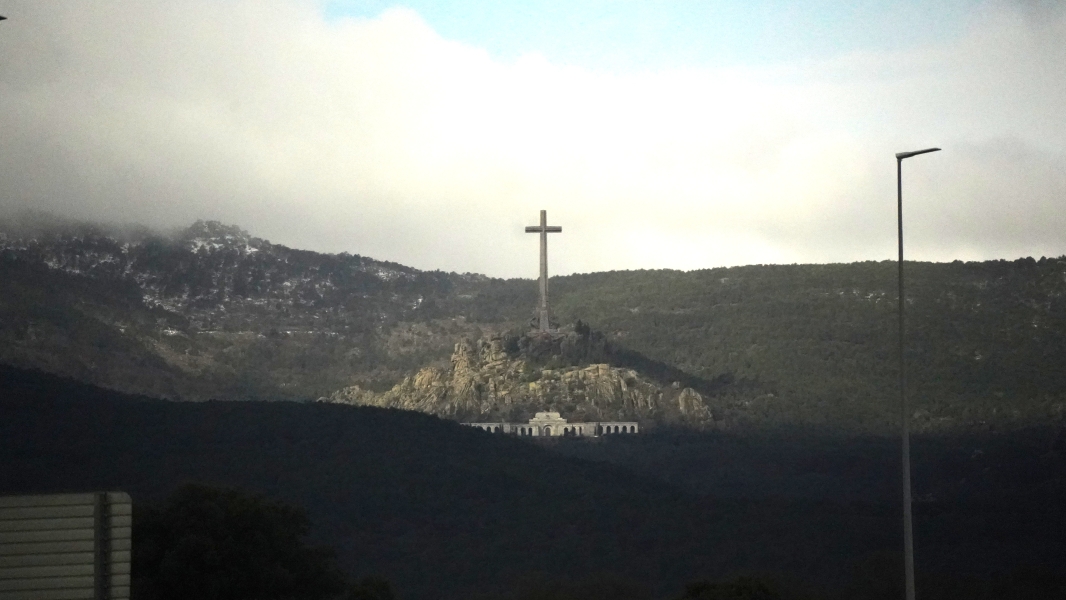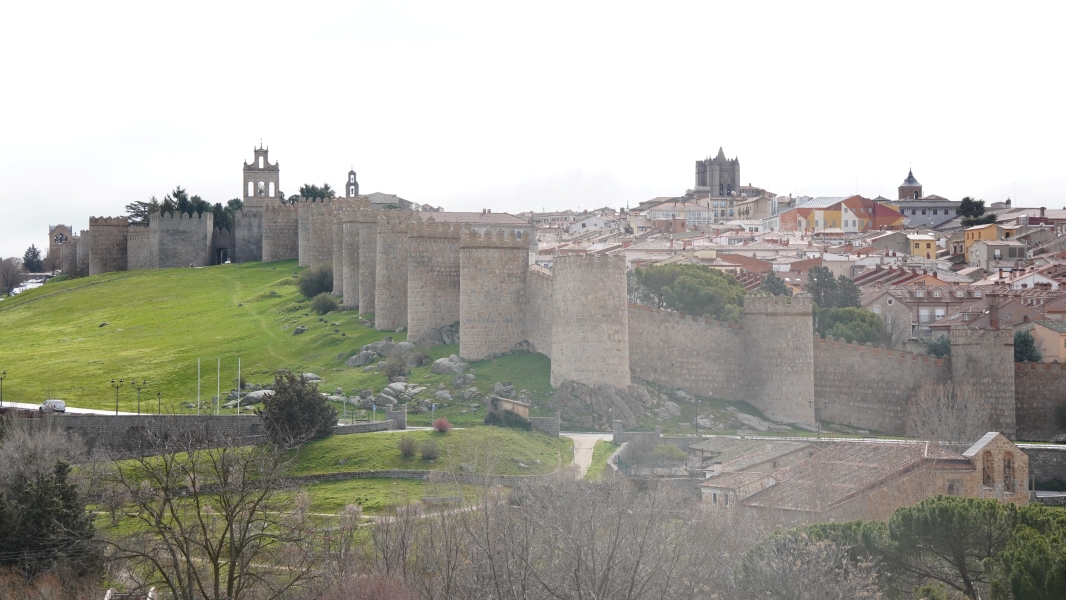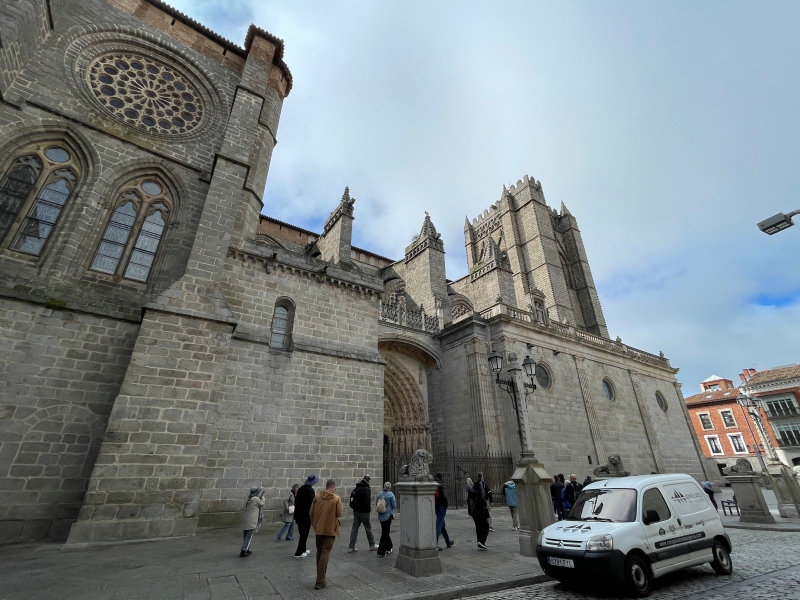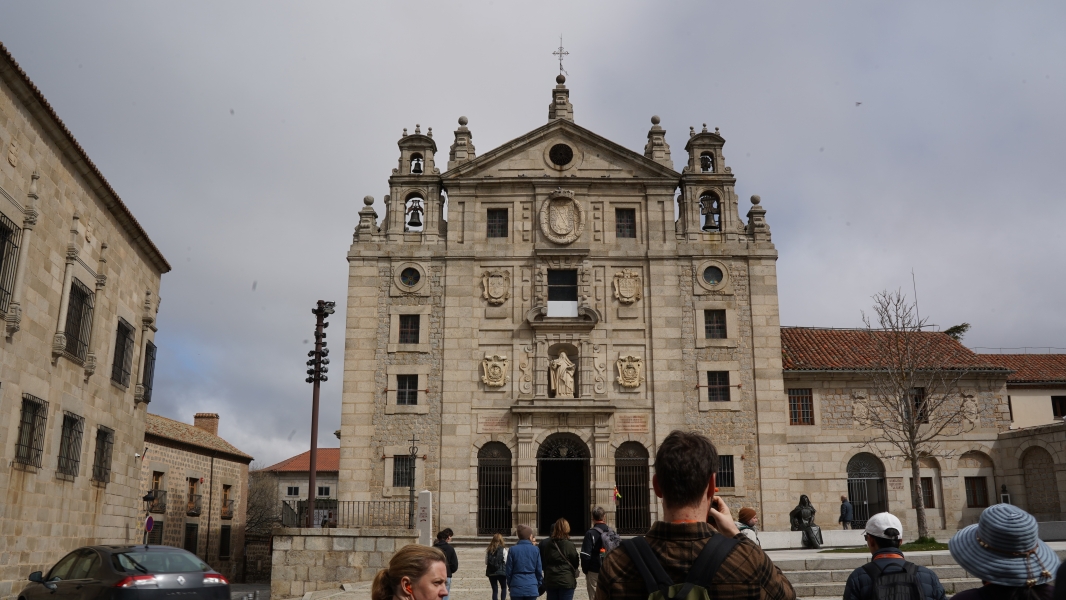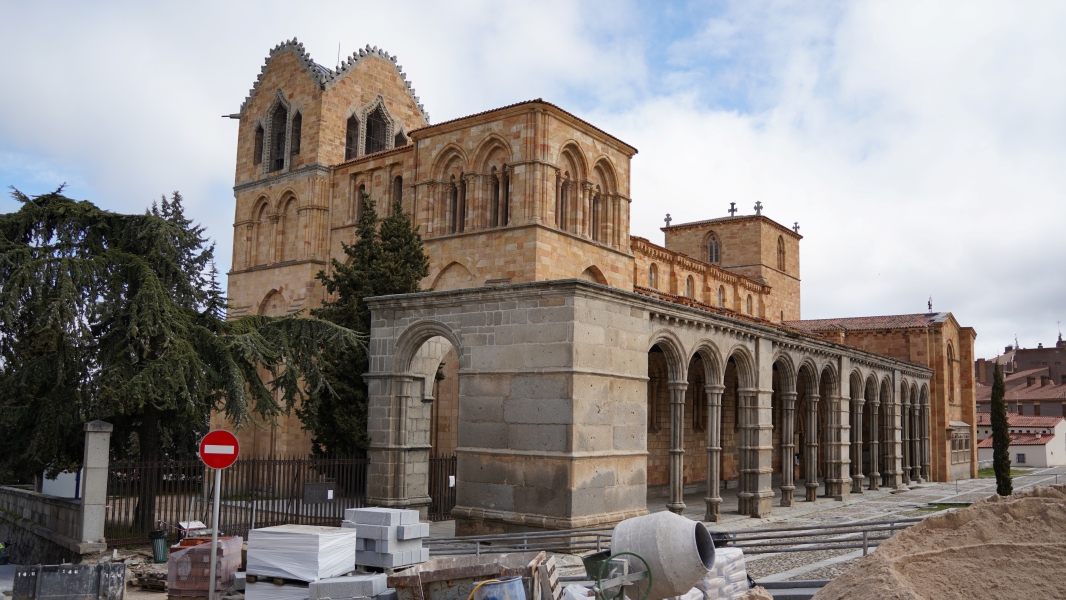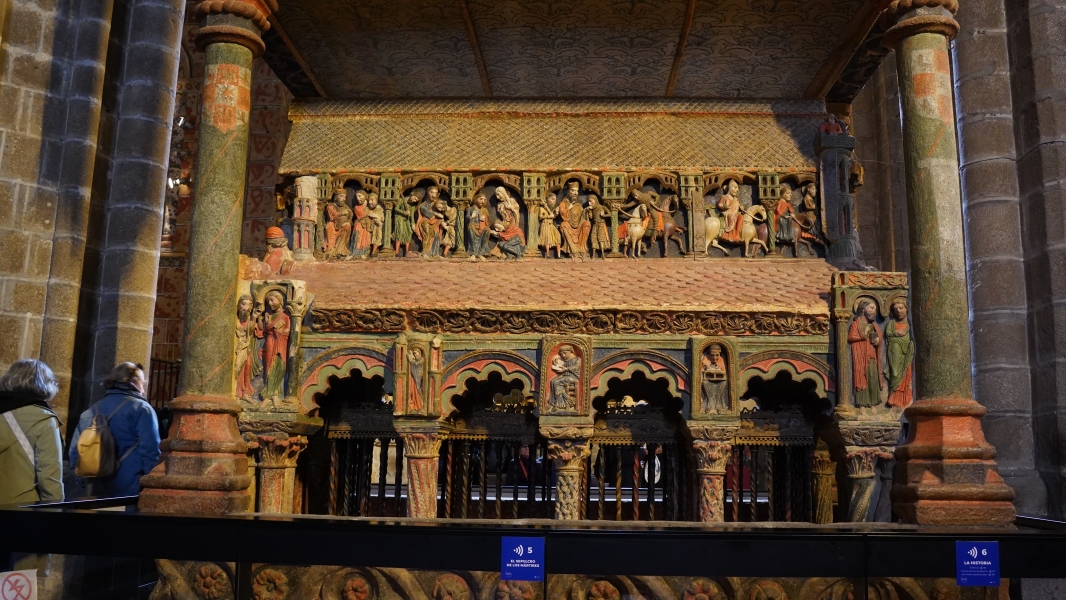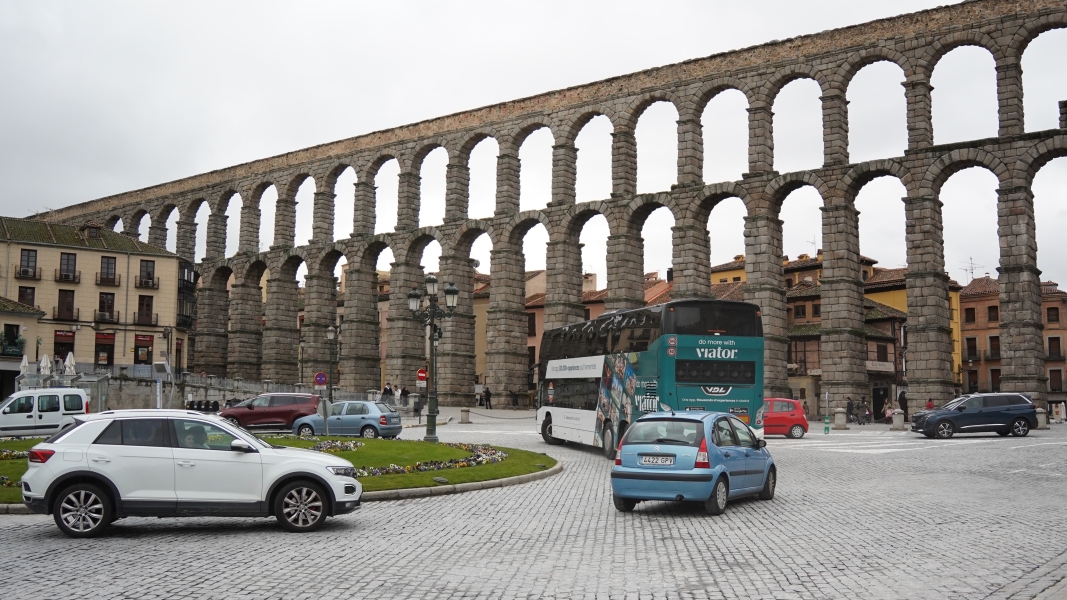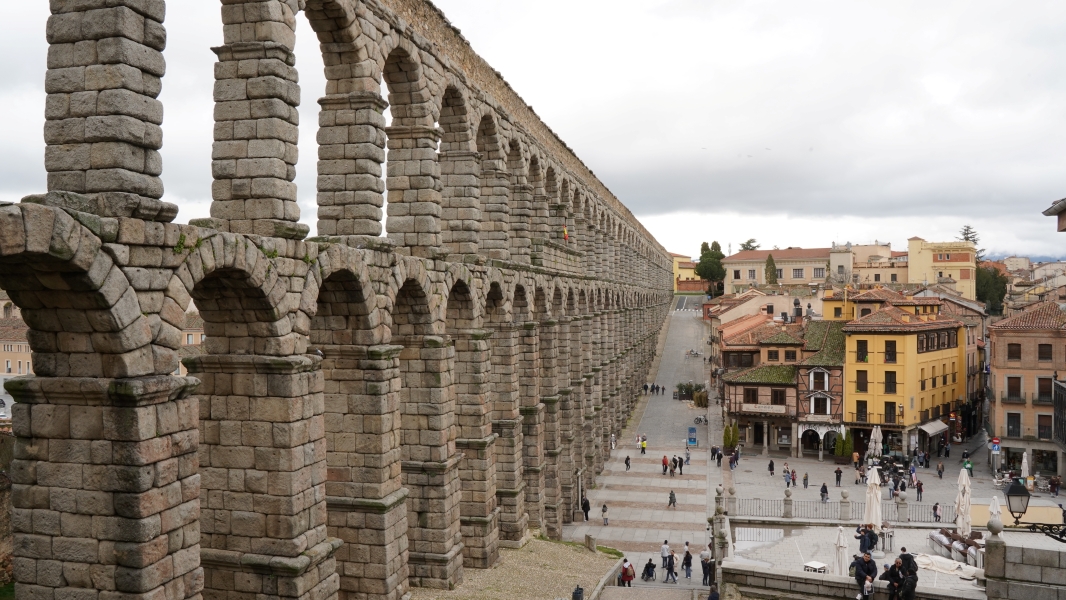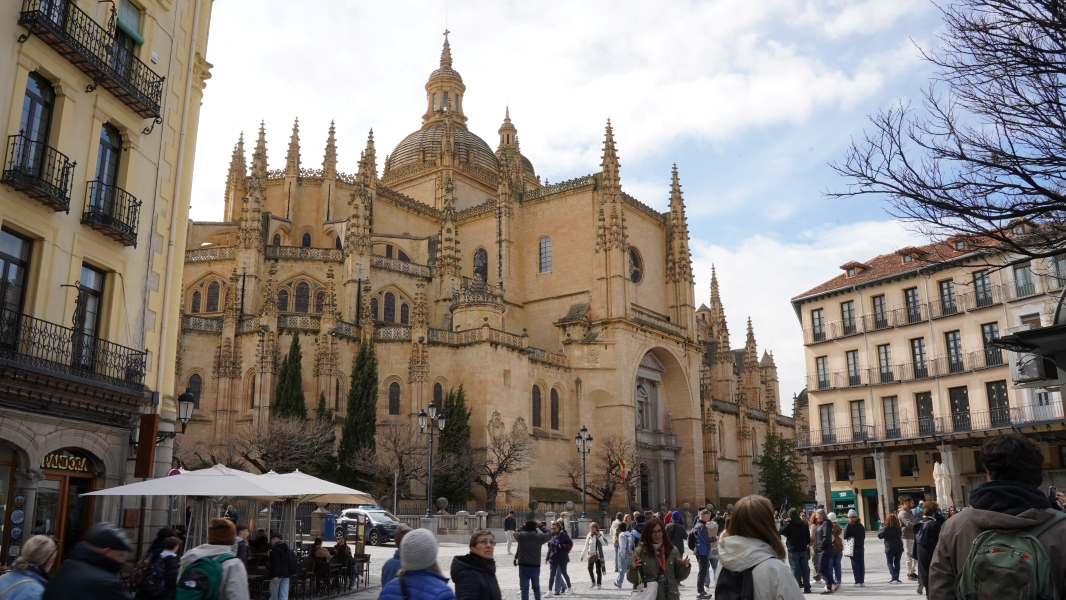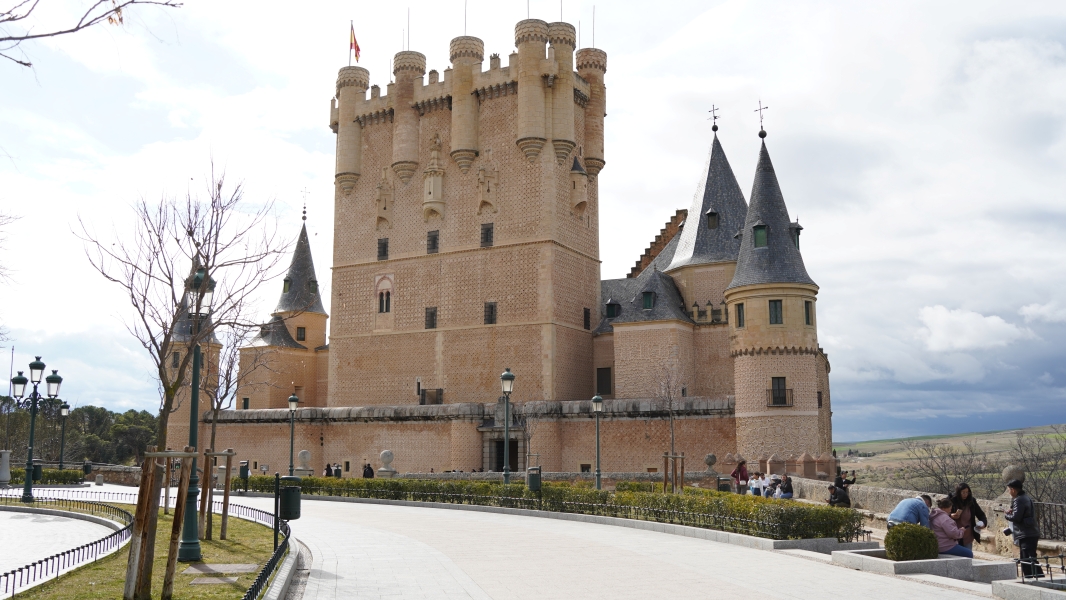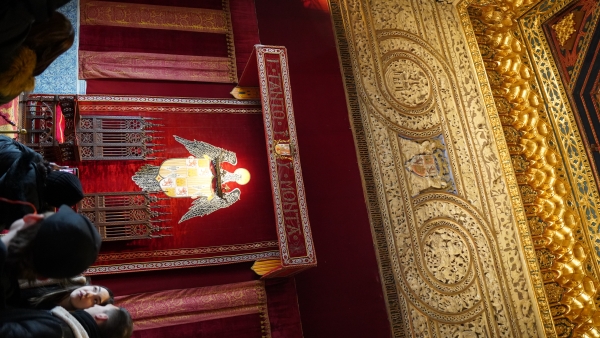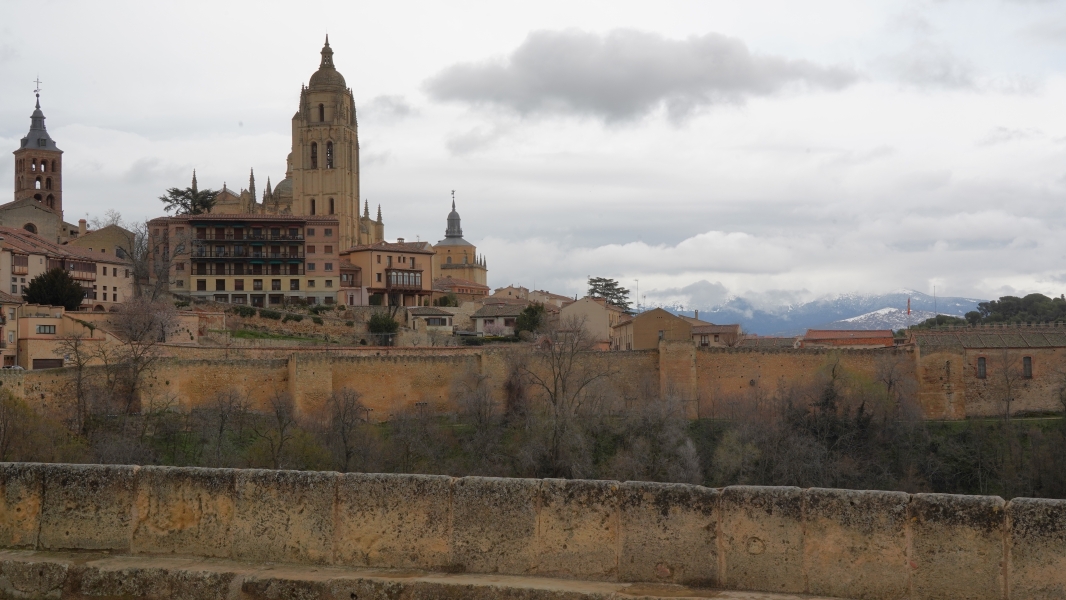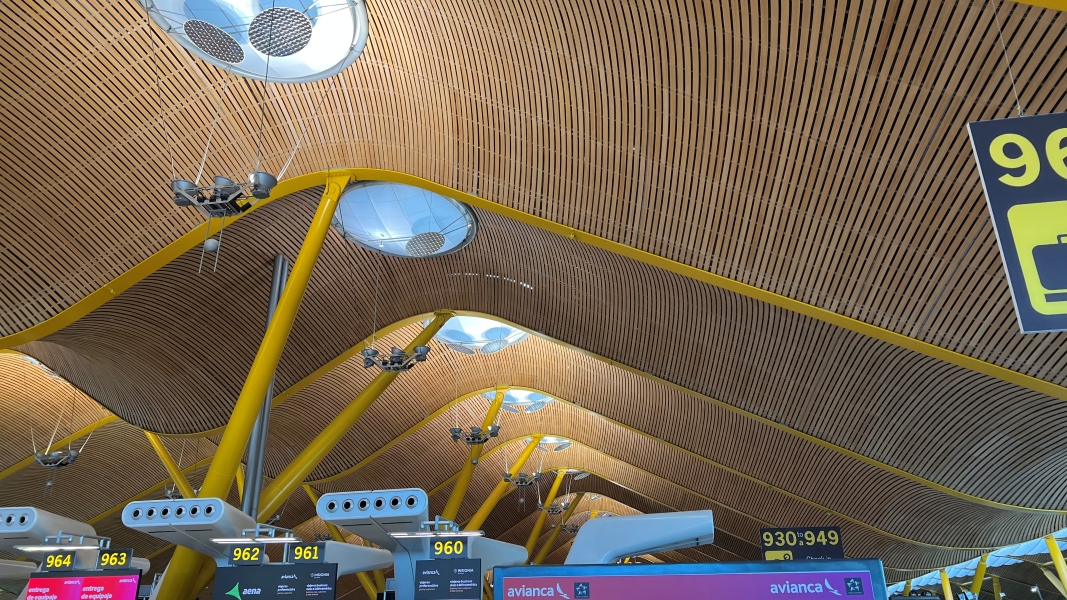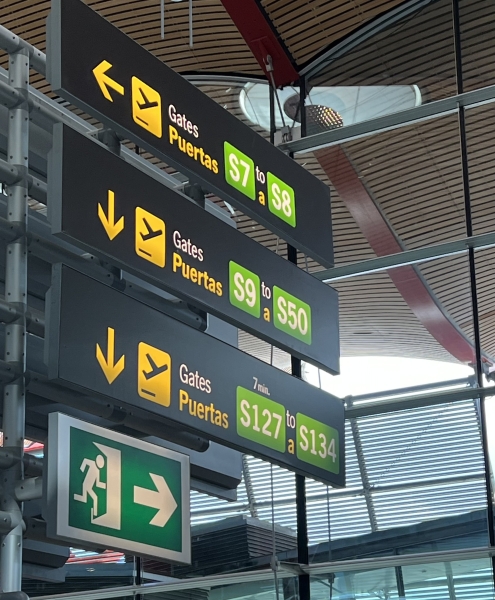Trip Introduction
After many years of being on our Bucket List, we decided to make a trip to Spain in Spring of 2025. We started with a few days in Barcelona on our own before joining a tour group for Insight Vacations Highlights of Spain which took us south along the Mediterranean coast and then west before turning north heading inland to Madrid, where spent a couple more days on our own before returning home.
Wednesday, 03/12/2025 – Heading East
Everything went as planned on our departure day. A friend was able to take us to the airport leaving the house around 9:45a. We only had an hour in Chicago but made it to the gate in plenty of time for our connection to Philadelphia. We had a few hours in Philly to eat and people watch before boarding our 8:30p flight to Barcelona. The overnight leg was shorter than we were used to because we started on the east coast of the US and landed in a city farther west than our other continental Europe trips.
Thursday, 03/13/2025 – Arrival in Barcelona
Our flight landed in Barcelona around 8:40a, a little early, and we began our adventure. After waiting to get off the plane and standing in line at passport control, we picked up our bag a little before 10a and found the Aerobus that runs from the airport to Plaça Catalunya. From there we walked for about 10 minutes to our hotel for the first couple of nights. We were fortunate a room matching our reservation was ready, so we were checked in by 11:15a and had some time to rest before heading out to walk through Barcelona’s Gothic Quarter. We walked in circles seeing the Barcelona Cathedral (exterior), Mercat de Santa Caterina (Saint Caterina’s Market) housing fresh food stalls, the Basilica de Santa Maria del Pi (exterior), a Käthe Wohlfahrt Christmas Store, and a portion of La Rambla shopping district. We found a large department store, el Corte Ingles, with groceries on the lower level where we purchased some breakfast supplies and Paprika Pringles, before grabbing a couple sandwiches from another stall and heading back to the hotel around 2:30p. After eating, we took short naps before spending the evening getting organized for the non-flight portion of the vacation and planning our Friday.
Friday, 03/14/2025 – On Our Own in Barcelona
We started the day early leaving the hotel shortly after 8a to find our way to the Basilica de la Sagrada Familia. We wanted to make sure we could get through security and make our 9a timed entry. As we climbed the steps out of the metro station and turned around, the Nativity Façade was right in front of us with its organic motifs. It was overcast and as we stood in line waiting for the screening area to open, it started to sprinkle. Unfortunately, this meant the towers were closed and James was not able to make the trip to the top of the Passion Tower to look out over the city. We enjoyed listening to the audio guide that came with the entry tickets hearing about Antonio Gaudi’s vision for the temple and the details he put into models and writing. Even though he died unexpectedly in 1926, he always believed others would finish the building, so he had left detailed notes about his intent. La Sagrada Familia is truly like no other building we have seen, both on the exterior and the interior.
After spending almost two hours in and around the Basilica, we used our pre-purchased voucher to get tickets to one of the city’s Hop-on Hop-off bus systems. This system had two routes, and we learned after getting on the bus the online maps were no longer valid. With the cool temperatures and overcast rainy skies, we rode on the lower level of the bus which doesn’t offer very good views. We ended up riding all the Blue Route exiting once at the Park Güell stop, which we learned was not actually close to the park entrance. We decided not to climb the rest of the way up the hill to the park, as the sidewalks were somewhat slippery from the rain, so we boarded the next bus and exited one stop short of the complete 2-hour circuit. It was after 1p so we ate lunch and returned to the hotel room for a bit. Around 4:30p, we returned to the nearest Hop-on Hop-off stop and rode the Red Route a little over half the circuit passing through portions of the Montjuïc area where many of the 1992 Olympic facilities still stand. We exited near the port at the Christopher Columbus monument where we took a few pictures before jumping on a metro (subway) line that had a stop near our hotel.
Saturday, 03/15/2025 – Guaai and Tour Start
We were up and around leaving the hotel around 8:10a. We had a timed entry to visit Antonio Gaudi’s Casa Batlló (bot-yo) at 8:30a and it was about a 10-minute walk. In a block of modern residences from the early 1900’s, this one stands out with its curved features based on natural forms. The interior is just as unique with two distinct light wells that bring air and natural ventilation to all 5 stories of the house. There are almost no right angles in the entire building, even in the service rooms on the top floor. The craftsmanship and attention to detail are incredible especially since there were very few drawings for the project; Gaudi worked almost exclusively with models indicating what he wanted built.
After finishing the tour, we worked our way through a 2-hour street adventure, similar to an escape room. We started at Casa Batlló and visited three additional famous buildings while walking through several blocks of the Eixample district looking for clues to unlock a box holding the final clue for a supposed treasure. It was fun and the weather was good, which made the time go quickly. We returned to the hotel and rested a little before our 2p check-out time. The staff called us a cab and we moved to the starting hotel for our tour. Fortunately, they had a room ready so we could get settled. We walked a few blocks and wandered through a larger el Corte Ingles picking up a few snacks. We returned to the room for another rest before meeting the tour group at 5p for our get-to-know people dinner. We learned the group was relatively small, only 25 people, and mostly from the USA. We met people from Florida, New York, and Washington state on the coach and at dinner. We returned to the hotel around 8p and organized ourselves for a relatively early start the next day.
Sunday, 03/16/2025 – On Tour in Barcelona
After breakfast, we boarded the coach for an 8a departure, along with the rest of the group, for a morning trip to Montserrat. Our local guide talked to us about the area as we headed about an hour north of Barcelona through the industrial belt. Montserrat literally translates to serrated mountain because of the unique rock forms along the crest of the 10km long x 2.5 km wide formation. The highest peak is about 1236 meters (4000 feet) above sea level; however, our stop was at the Benedictine Monastery, Library, and Basilica at around 2400 feet. The sky was clear, and the bright sun helped make the views over the surrounding countryside stunning. The original monastery was established in 1025 and has been continuously occupied by Monks of the Benedictine order, or Napoleon’s troops, for 1000 years. There is a famous wooden carving from the 12th century of the Madonna and child known as the Dark Madonna (some say Black) since, at some point several hundred years ago, someone used the wrong varnish. It is still a point of pilgrimage for people wanting to bless and be blessed. Recognizing the possible revenue stream, the Monks added a hotel and retreat along with shops and a museum in the complex. When we were there, several local towns had troupes of various ages performing regional dances for the visitors.
After seeing the statue and having free time, the coach brought the group back into the heart of Barcelona. We were dropped off about 5 minutes from La Sagrada Familia. There were a few of us on the tour who had seen the basilica, but most had not yet been inside. The guide talked to the group about the eastern, Nativity, façade from outside the fence where it’s easier to see some of the grouped figures and describe their relationships. After passing through security, she talked more about the design of the interior before moving out the west doors to the Passion Façade where she wrapped up the guided part of the tour. Even though we had been there just two days earlier, the sun was out, and we gladly took more pictures both inside and outside. A little after 1p, we were given free time to look around the basilica and eat lunch.
After our free time, we walked a few blocks to meet the coach outside the historic bull ring which is no longer in use. On our way back to the hotel we passed by Casa Batlló and Casa Milà so the tour group could see other works by Antonio Gaudi. We arrived at the hotel a little after 3p. There was an optional excursion to drive through the Olympic areas on Montjuïc in the evening, but rain was in the forecast, so we elected to stay at the hotel and decompress before leaving Barcelona with the tour on Monday.
Monday, 03/17/2025 – Along the Coast to Valencia
The day started sunny and bright as we left Barcelona at 8:30a. We had a lot of ground to cover to get to Valencia. After passing through the industrial zone on the west side of town, our path turned southwest as we followed the coast through the countryside. We passed by small towns and agricultural areas with vineyards and orange groves. After a mid-morning comfort stop, the coach made its way into Peñíscola, a seaside resort town on the Mediterranean Sea. We took some pictures along the beach with the historic fort in the background. After a quick lunch in a café, we boarded the coach for another 2-hour drive into the city of Valencia. Our hotel was across the street from the Park of Arts and Sciences which is actually an old riverbed. There were several buildings designed by Santiago Calatrava whose work we had seen in Milwaukee and Manhattan. After checking into the hotel, we walked around the park taking pictures before joining the tour group for free time followed by a paella demonstration and dinner in the historic city center.
In early March, the residents in and around Valencia celebrate the Festival de Fallas (Festival of Fire). This event culminates on the 19th of March and symbolizes rebirth along with the vernal equinox. Arriving downtown around 5:30p, we witnessed two significant aspects of the festival, the first being men and women from different neighborhoods marching through the Virgin’s Plaza near the cathedral dropping off bundles of flowers to create a cape for a large statue of the Virgin Mary and child. They do this while in period dresses and outfits. We learned later, some of the dresses were worth thousands of Euros. After a bit of free time, we watched a paella cooking demonstration which then became our meal. The parade was still going on at 8p while we enjoyed our meal. We returned to the hotel around 9p, but the park across the street was the location for a fireworks display that kicked off at midnight. While we couldn’t see it from our hotel room, the booms echoed through the buildings around us. It was after 2a before the last reveler went home.
Tuesday, 03/18/2025 – Visiting Granada and Alhambra
It was rainy and everyone was tired as we headed out of Valencia. It was another long day on the coach as we made our way to Granada. The tour director shared a video about the festival, Las Fallas, (YouTube video) explaining some of what we witnessed the night before. We rode farther south before turning west and crossing into different agricultural zones. The first was very green and was famous for watermelons and similar produce. We then passed into a drier area where there were almond trees as far as we could see. After a lunch stop, whose only redeeming value was meeting el Gato Zorro, we continued through patches of sun and rain until arriving at La Alhambra right at 3p. We spent the next 2.5 hours with a local guide learning more about the Moors who originally built the citadel and the lives of the people in Granada through the ages. It was interesting to see the restored buildings and hear about the impact the place had on rulers who otherwise removed any sign of the people they defeated. We then headed to the hotel arriving a little after 6p. We rested for a bit before meeting the group for a complimentary drink at 7:30p and then to the hotel’s very busy buffet dinner restaurant. After some wonderful dinner conversations, we returned to the room for the night.
Wednesday, 03/19/2025 – A Scenic Drive to Seville
The morning started with clear blue skies, which we appreciated, as we left for a walking tour of the Albaicín Quarter at 8:30a. This area of Granada was where the Moors lived prior to being given the option to leave or change religions in 1492 by Queen Isabella of Castile. For 250 years prior to that, the Moors, Jews, and Christians lived in relative peace in and around Granada. The white houses and narrow streets were definitely from a time before automobiles as many had a single step every 7-8 feet. There were some beautiful views of the Alhambra and the city as we started at the top of the hill and worked our way down to the city center. There we saw the chapel which holds the tombs of Isabella and Ferdinand, who unified Spain through marriage and completed the defeat of the last of the Moors living in Spain before sending Columbus to find a western route to Asia. One of their daughters, who married into the Hapsburg dynasty in central Europe, and her husband are also in the chapel along with a grandson from a different daughter who would have been king over a unified Spain and Portugal if he hadn’t died at the age of two. We then had some free time for lunch before boarding the coach for the drive from Granada to Seville. Along the way agriculture changed to olive trees. We learned Spain was the largest producer of olive oil in the world with over 6,000,000 acres of land dedicated to the industry. We arrived in Seville around 4p and went straight to the hotel. We had not signed up for the optional dinner so had the evening to unwind. After resting in our room, we walked to the nearby Plaza de España. This large building and courtyard were built for a 1929 international exposition and is still used by some government groups. We walked around looking for some place to eat, settling on a local chain similar to Denny’s. It was completely dark when we finished eating so we returned to the plaza as our Tour Director had commented how much he appreciated the space when it was lit after dark. We took a few more pictures before returning to the hotel for the night.
Thursday, 03/20/2025 – Tour Day in Seville
It was raining when we headed to breakfast, but we had a late start, and the sun was peeking through the clouds when we boarded the coach with our local guide for an optional excursion through part of historic Seville at 9a. We started with a short driving tour of buildings from the 1929 Ibero-American Exposition. The expo was like a World’s Fair but was limited to countries on the Iberian Peninsula plus countries that were once partially Spanish Colonies. The fair boosted Seville’s status and many of the buildings are still in use today. We exited the coach and took a walking tour through portions of the historic city center stopping at various landmarks including a sign acknowledging the building referenced in multiple Operas, including The Barber of Seville. We then headed into the Real Alcázar or Royal Palace of Seville. This is another example of a walled structure originally built by the Moors and later renovated by Catholic monarchs. Interestingly the most ornately decorated of the structures was built 100 years after the Moors were forced to leave or change religions, but the King at the time, Charles I of Spain (Charles V of Hapsburgs), was very open minded and employed artisans from Moorish families allowing them to include Arabic text praising Allah in the palace. He, and the following monarchs who left the work in place, understood what the text said and allowed the work because of the beauty and artistry. One of the spaces was even used in a movie James enjoyed, Kingdom of Heaven, to represent a palace in Jerusalem. Unfortunately, this area had substantial rains over the past 6 weeks and the gardens within the palace walls were closed. While the current Monarchs of Spain are basically figureheads, when they are staying in Seville, they still use the Alcazar as their home.
After wrapping up the optional tour, we met the rest of the group for an additional walking tour of the Barrio Santa Cruz, or the old Jewish Quarter, with its labyrinth like streets and quiet squares. This ended as we approached the Seville Cathedral which is the third largest Catholic Church in the world (behind St. Peter’s in the Vatican and St. Paul’s in London). The bell tower was built when there was a Mosque on the site. The Cathedral was constructed next to the Mosque, and they coexisted for a couple hundred years until the Mosque was damaged in an earthquake. Inside the Cathedral is the burial place of Christopher Columbus who used Seville as his home port for all his voyages looking for a westward passage to India. The cathedral has very large and impressive decorations because of the money that came through Seville as the primary port for Spanish trade to the “New World” for 200 years. After the official tour ended, James took the opportunity to climb to a viewing platform just below the bells in the tower. Then we found a nearby Tapas Restaurant where we ate lunch. Seemingly, out of nowhere, it started raining while we ate. When we finished, it had stopped, and we only experienced a few sprinkles returning to the hotel around 3:15p. We rested in our room for a bit before heading back down for a 4p departure for a Flamenco class and demonstration. It was raining fairly consistently as we made our way from the coach to the school. We enjoyed learning some basic steps and the history of the artform. We then tasted sangria and ate snacks before seeing an hour long show with singing and dancing in the “traditional” flamenco style. The coach returned us to the hotel where we relaxed and prepared for an early start the next morning.
Friday, 03/21/2025 – Moorish Cordoba and On To Madrid
It was cloudy, but the rain stopped for a while as we boarded the coach at 7:45a to beat the morning traffic on our way out of Seville. We headed away from the coast to visit Córdoba on our way to Madrid. The drive was a little over 90 minutes so everyone was ready to stretch their legs as we climbed off the coach. Where we could unload was across from a restored Roman bridge over the Guadalquivir River from the historic city center. A very powerful and influential city over a thousand years ago, Córdoba is home to an architectural wonder. The Mezquita Cathedral was originally one of the largest Mosques in the world constructed relatively soon after the establishment of the Muslum faith. 500 years later, when Christians took over the city, they chose not to destroy the building, but instead, used it, creating chapels out of the perimeter bays. 200 years later, a new Bishop came to town and decided to build a “proper” renaissance catholic church in the middle of the existing structure. While restoration is ongoing, the locals credit the existence of the cathedral for saving the beautiful, relatively simple structure of the original building. We left Córdoba around 11:45a. Debris in the river, plus standing water in the fields we passed, were testament to the uncharacteristically large amounts of rain the area had received over the prior few weeks. During the next 2-hour drive segment, our Tour Director shared a movie, Delusions of Grandeur, filmed in 1971 poking fun at Spanish history in a slap-stick sort of way, like a Mel Brooks film. This helped pass the time as we drove by more olive tree covered hills. After a stop for lunch, a little before 2p, we continued into the capital city of Madrid. It was raining lightly as we arrived at the hotel just before 5p. We had a little over an hour to relax in our room before meeting part of the group for an optional dinner experience. The restaurant seemed normal, except for the piano in the middle of the room. After the first course was served, the 3 people who had been serving our drinks started to sing. It turns out they were all professional opera singers. We were treated to music during each course of the meal; they even had us join for a couple simple refrains.
Saturday, 03/22/2025 – Tour Day In Madrid
We boarded the coach with most of the tour group at 8:45a for a trip to the nearby city of Toledo (toll-A-doe). The local guide that joined us for the day talked about the history and expansion of Madrid over the last 150 years as we drove out of the capital city. The drive took about an hour, and we saw more signs of the extended rains including the high water in the river around Toledo itself. The city realized, in the late 1980s, the historic city roads could not stand the heavy coach traffic from all the visitors, so they installed escalators in the side of the hill to help tourists get up to the city center. As we walked through the narrow streets the guide pointed out various architectural styles and how to identify historic structures versus more recent construction. The whole city center is a UNESCO World Heritage Site, so “recent” meant the 1980s. We could even see where walls were notched to allow the extended axles of wagon wheels to pass. The city was a regional capital from the time when Romans ruled the area and there was much wealth until the late 1400s which meant there was an ornate cathedral. While the exterior was representative of several styles as construction extended over several hundred years, the interior was distinctly gothic in arrangement and ornamentation. The one departure was the baroque style window behind the altar piece which was created to allow natural light through to the chapel where mass is held. After leaving the cathedral we had free time to eat before going down a newer set of escalators, associated with a convention center built on the side of the hill. We boarded the coach and returned to our hotel in Madrid around 2:45p. We had just enough time to stop by the room for a comfort break before returning to the coach for a short drive around Madrid and a visit to the Prado Museum of Art. Here the guide talked to us about several of the major artists in Spain’s history, Goya and Vasquez were his favorites. We returned to the hotel around 5:45p to rest a bit. This was the last day of tour activities, so it was the night of our farewell dinner. The group headed down the street and enjoyed boisterous conversations and a decent meal. We returned to the hotel a little after 9p saying goodbye to some folks who had early departures Sunday morning. We agreed to meet others who, like us, were staying an extra day or two in Madrid for breakfast before returning to our room and organizing our luggage to change hotels on Sunday.
Sunday, 03/23/2025 – On Our Own in Madrid
We started the day with breakfast a little after 8a where we talked to some new friends for about an hour. Then we finished packing our things, checked out, and took a taxi to our last hotel. We were again lucky they had a room ready, so we dropped our bags in the room before heading out to Madrid’s Royal Palace. It was about a 10-minute walk through the maze-like streets, but we arrived in time to pass through security and find the meeting point for our 10:45a English guided tour. While Spain still has monarchs, the Royal Palace is only used for ceremonial events with the family living elsewhere. It was interesting learning about the history of the building and seeing some of the ornate pieces belonging to past rulers and their families. After the hour-long tour, we walked around the plaza taking pictures before heading back out into the streets. We spent more time wandering through historic Madrid passing through Plaza Mayor and Puerta del Sol before finding another el Corte Ingles. Again, we purchased a few things in the grocery area before having a couple of empanadas for lunch. We walked back to the hotel passing the Opera building and a small portion of the Gran Via theater district. After resting for an hour or so, we headed out again, walking in the other direction. We verified where we needed to check-in for our tour on Monday and then strolled down more of Gran Via to Madrid’s Plaza de España. The sun was shining brightly and even though the temperature was in the low 50s, it seemed like many locals were out soaking up the sun after weeks of rain. We continued to a park area with a relocated Egyptian temple: Templo de Debod. The park around the structure offered great views of the palace and the Catedral de Santa Maria la Real de la Almudena which faces the entry to the palace. We continued walking the streets passing shops until our feet told us it was time to stop so we returned to the hotel. Around 7p, we headed to a nearby diner for a bite before settling in for the night.
Monday, 03/24/2025 – Daytrip to Avila and Segovia
The day started clear but cool as we walked around the block to the check-in point for our day trip. We waited in line for a bit before following one of the guides a couple of blocks on Gran Via to meet the coach for the 9a departure. There were about 75 people going on this tour, so we were glad to see a double-decker bus pull up. We were close to the front of the line and were able to snag the front row right side seats on the top level. We drove out of Madrid proper to the north into the mountains. We saw the cross marking the Valley of the Fallen war memorial lit by sun as the hills around it were shrouded in cloud shadow before passing through a tunnel and into the district of Castile and Leon. There we visited the historic walled city of Ávila with several cathedrals including one marking the birthplace of one Saint Teresa. We also saw the Basilica of St. Vincent marking where he and his sisters were martyred for refusing to worship Roman deities. After lunch we returned to the coach and made our way to the city of Segovia.
We arrived in Segovia right before 3p. The city has a large section of roman aqueduct still standing with construction estimated around 100 AD. We also visited the cathedral and a royal palace with many similarities to Snow White’s Castle at Disneyland, CA. While we had passed through showers on the coach, it had been dry when we were out and about until we started the walk back to the bus for the return trip to Madrid. Unfortunately, those 20 minutes were cold, windy, and wet. The defroster in the bus did not work great on the upper-level windshield so we did not see a lot of the drive back until we were close to Madrid. The tour dropped us off on Gran Via about 6:45p and we made a quick stop at the hotel to unload some things before heading back out for a bite to eat. We enjoyed one more evening meal in Spain before returning to the room and working out what was going back home in which bag.
Tuesday, 03/25/2025 – Returning Home
We had plenty of time Tuesday morning to get around and finish packing. We checked out of the hotel and took a cab arriving at the international terminal of the Madrid airport a little after 9:30a. We checked our bag and proceeded through security. We rode an underground train out to the building with our gate; we were at S6 of 134 S gates. They started “boarding” around 11:40a; we are not sure how we manage to always have to take a bus to the plane when flying home from Europe. The flight from Madrid to Charolette had intermittent turbulence so the seat-belt sign was on and off, but it was not terrible, and we landed on time. We breezed through passport control and picked up our bag before passing out of customs. We had almost three hours to go back through security and find our gate. We ate some cinnamon pretzel bites before boarding our slightly delayed 8:33p flight to Des Moines. Again, there were spots of turbulence on the flight, but we landed safely a little after 10p. After collecting our checked bag, we used Uber to get back to the house and walked in the door just before 11p. The only thing we unpacked before falling into our own bed was our toothbrushes.
Even after 20 hours on a coach covering over 1900 kilometers (1180 miles), we enjoyed our time in Spain and hope to go back and visit the northern side of the country sometime in the future. In addition to the miles on the coach, we saw some incredible buildings and learned a lot about a new (to us) culture while covering over 70 miles each on our feet.
